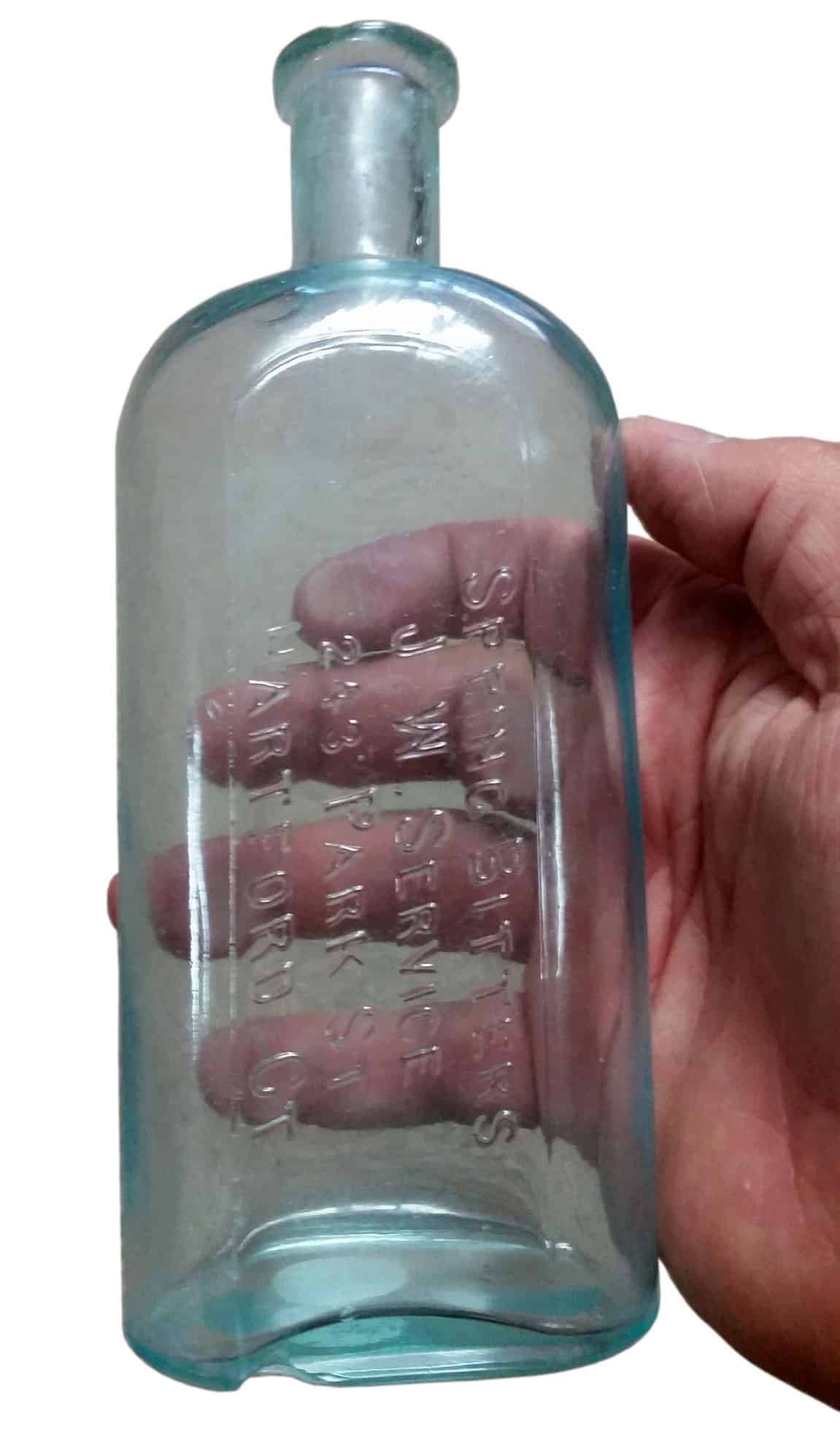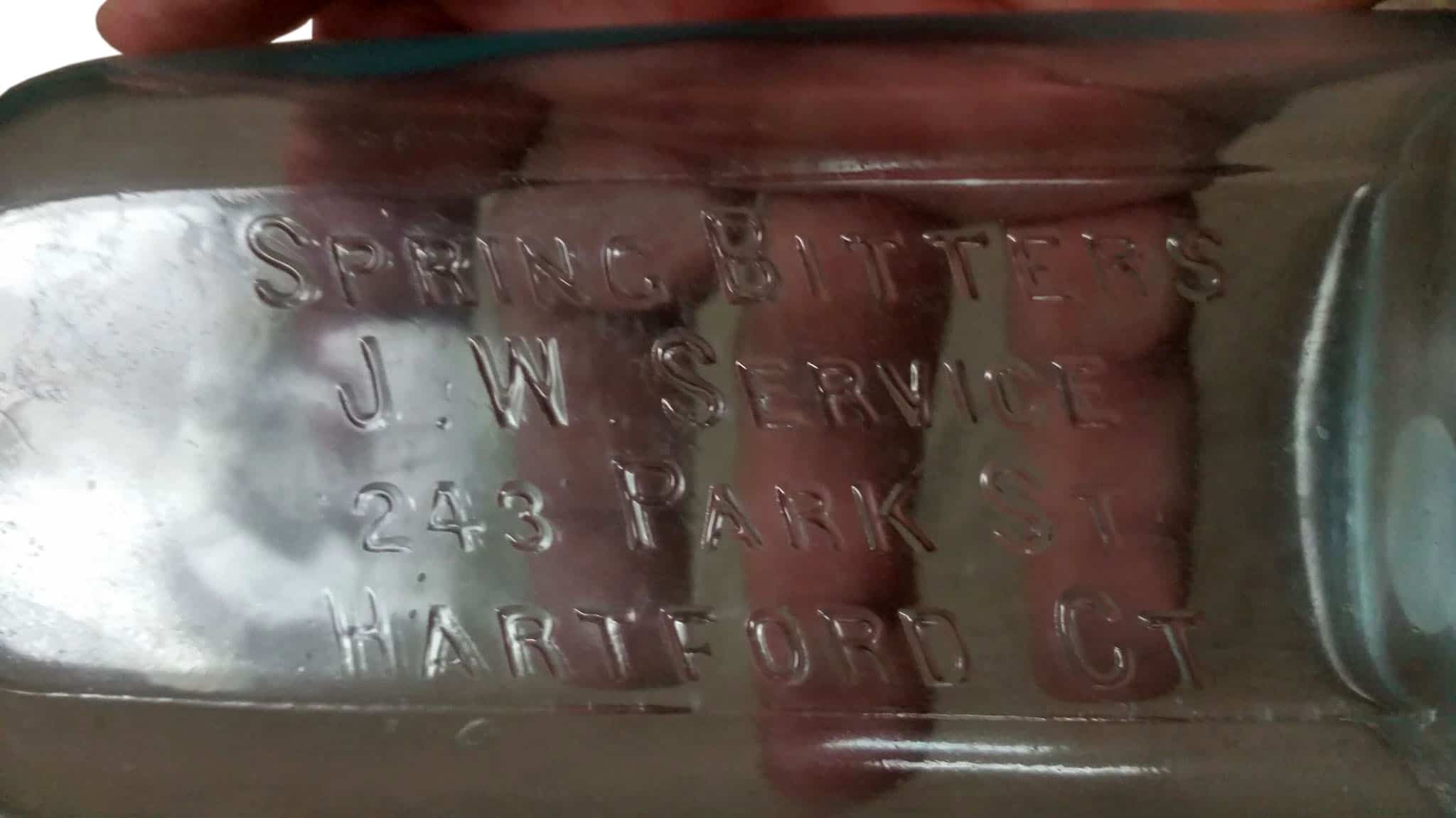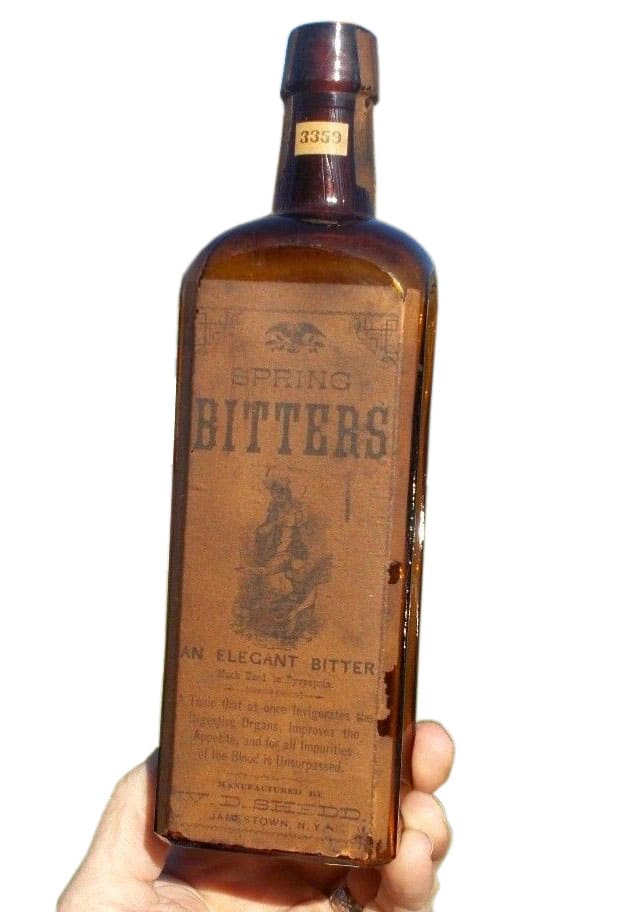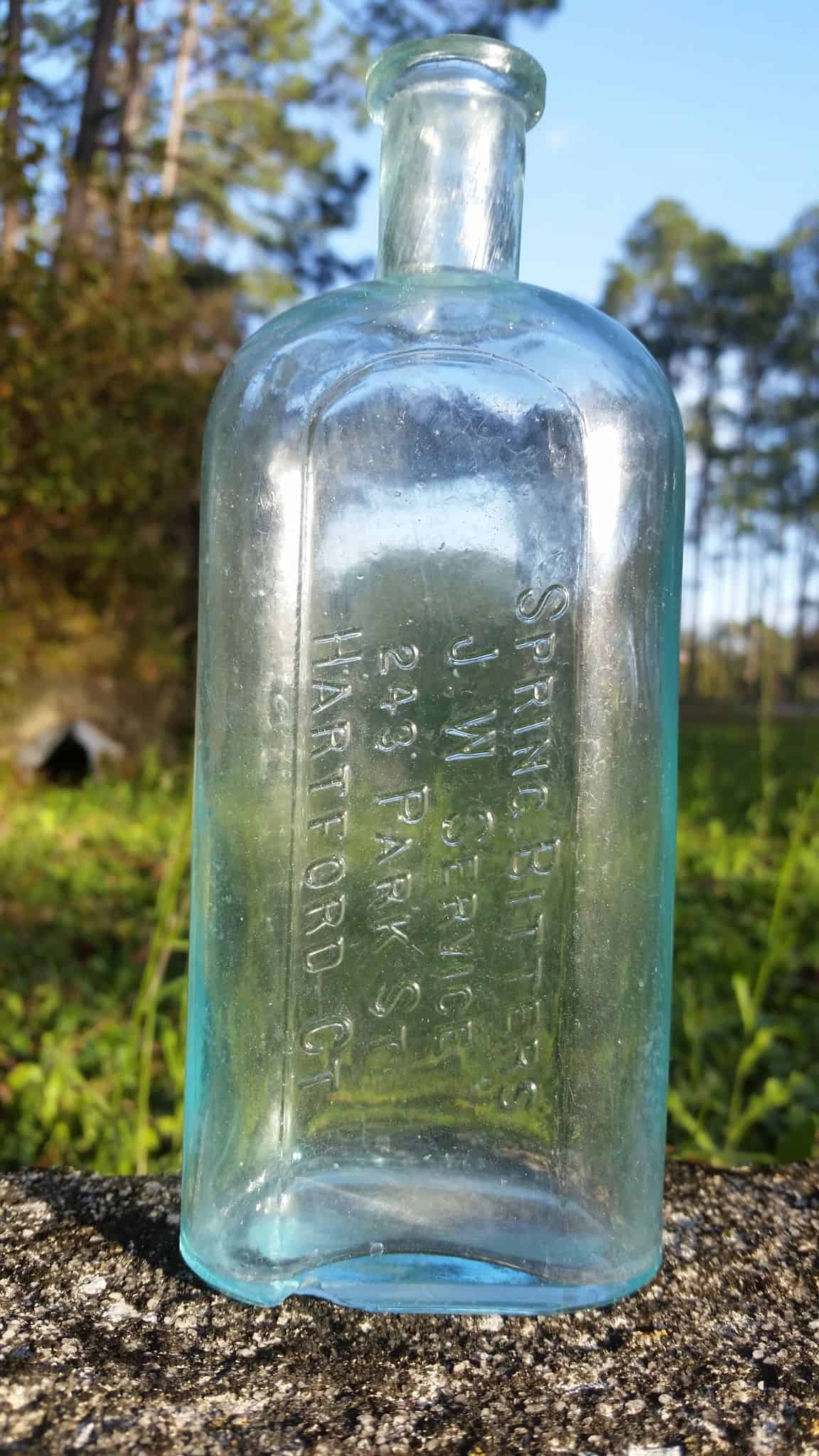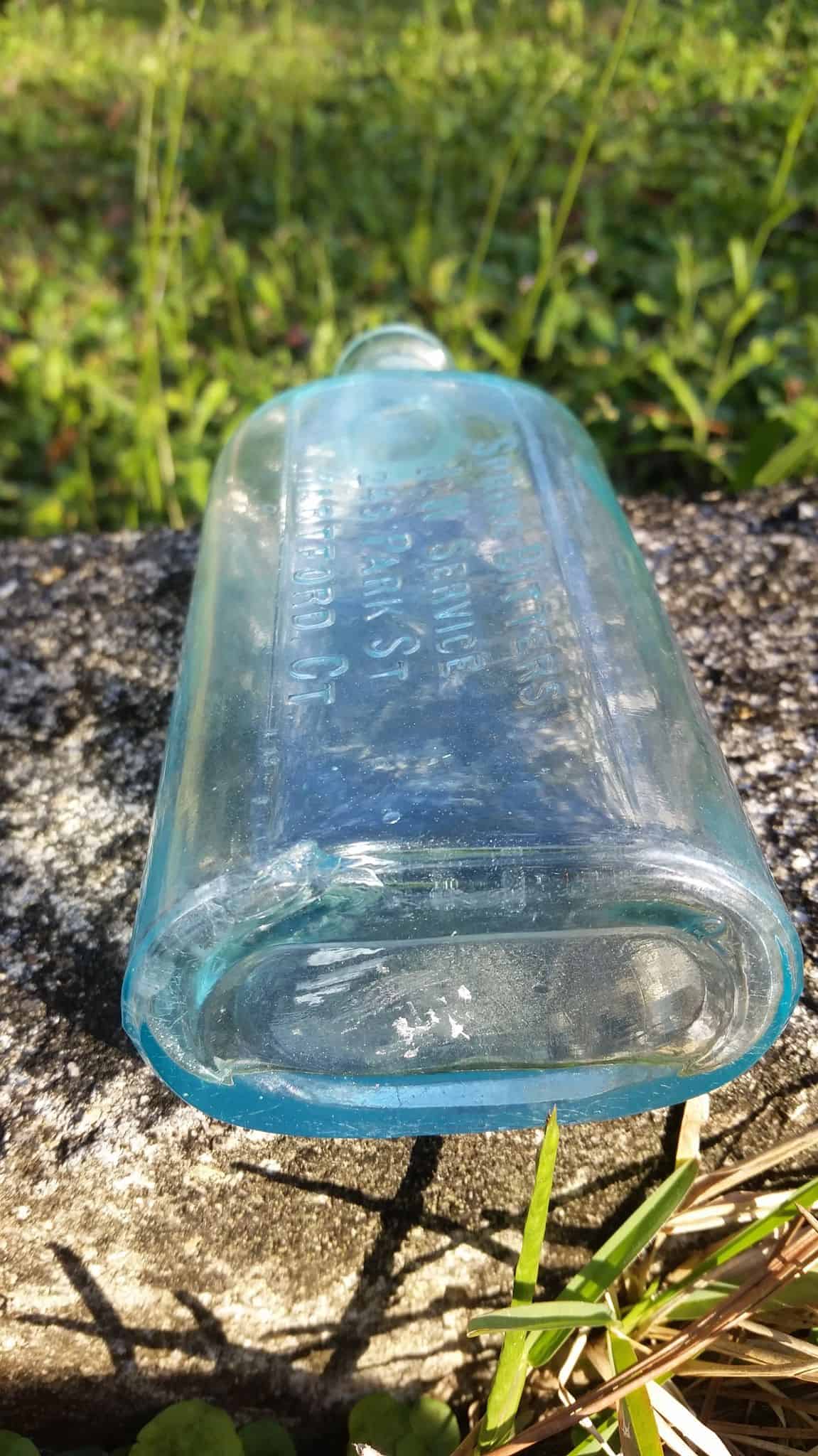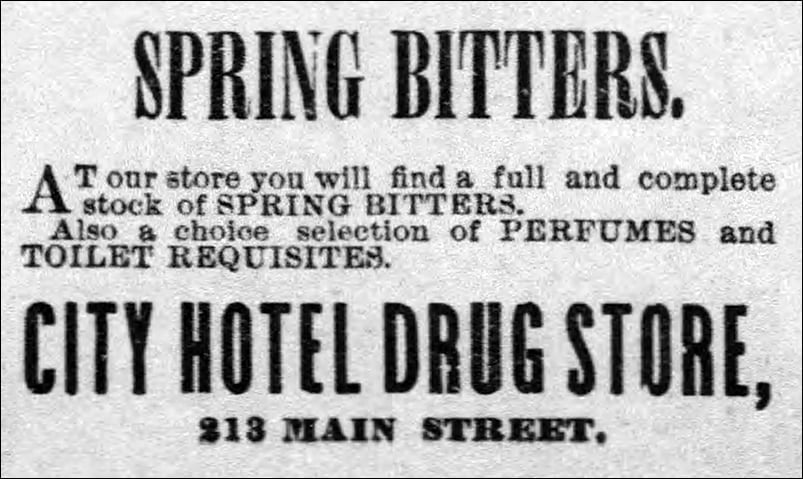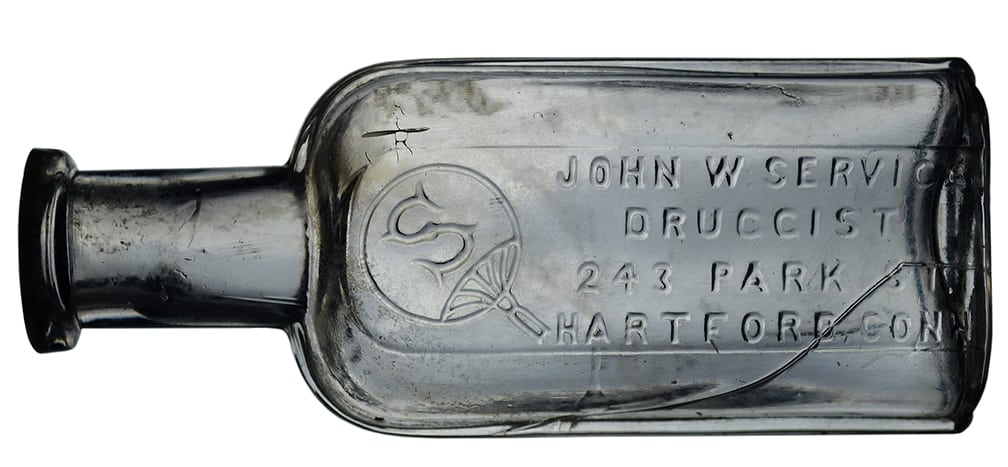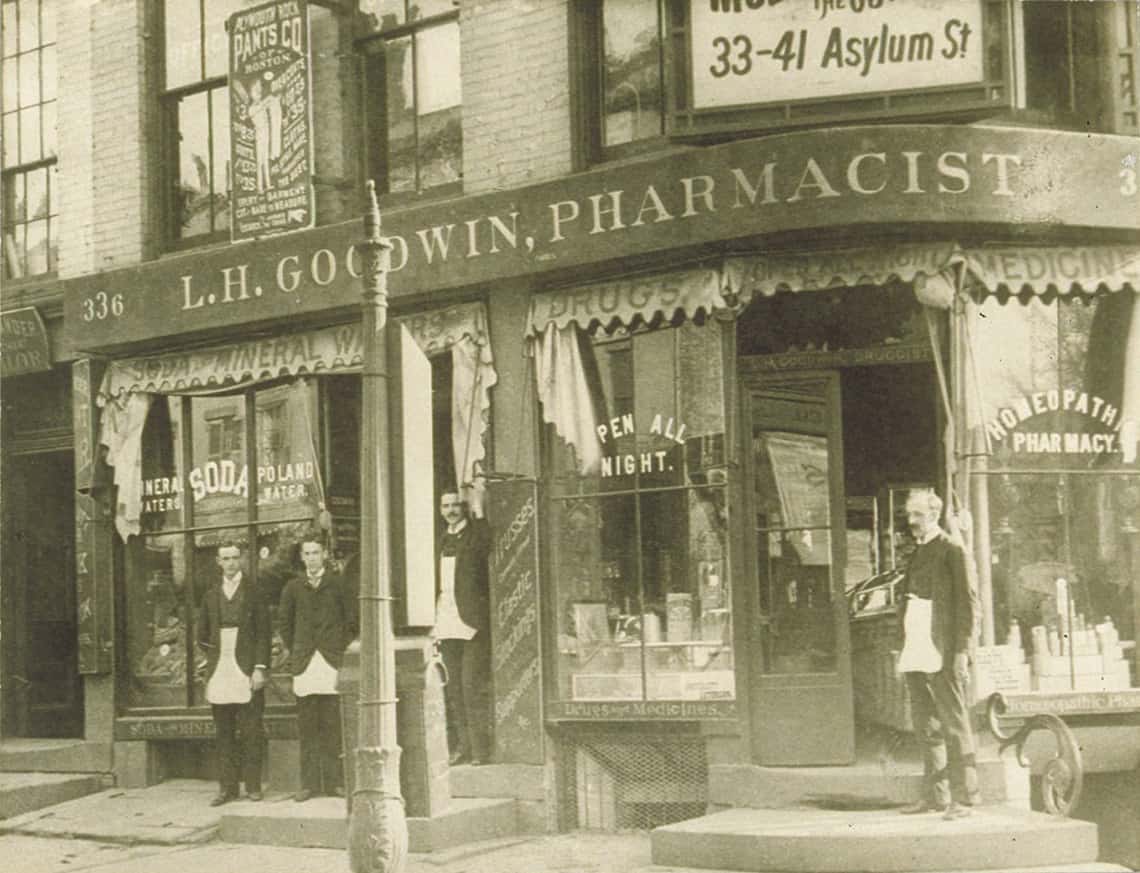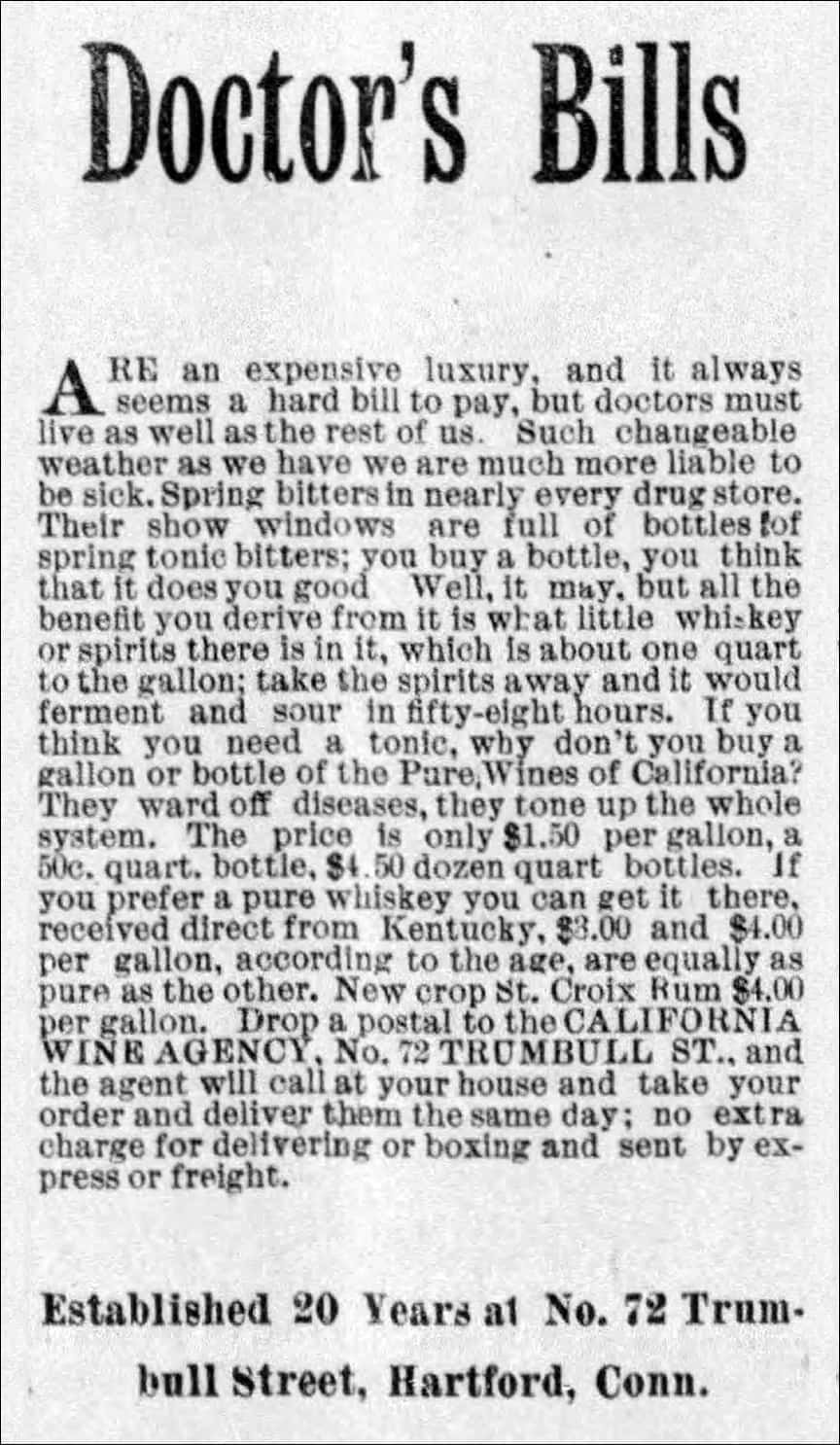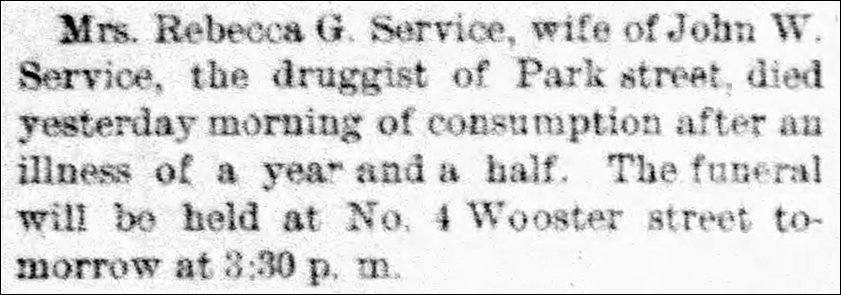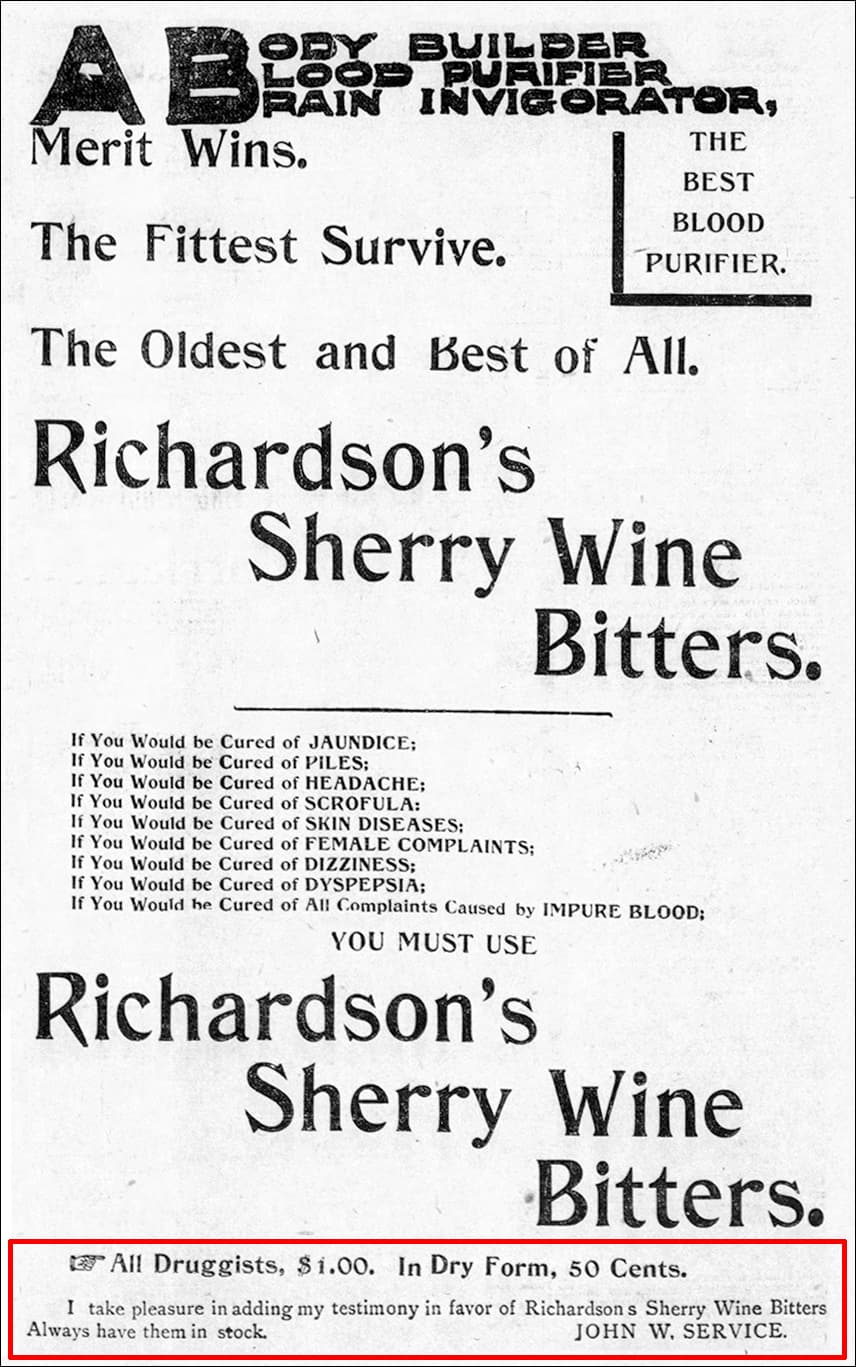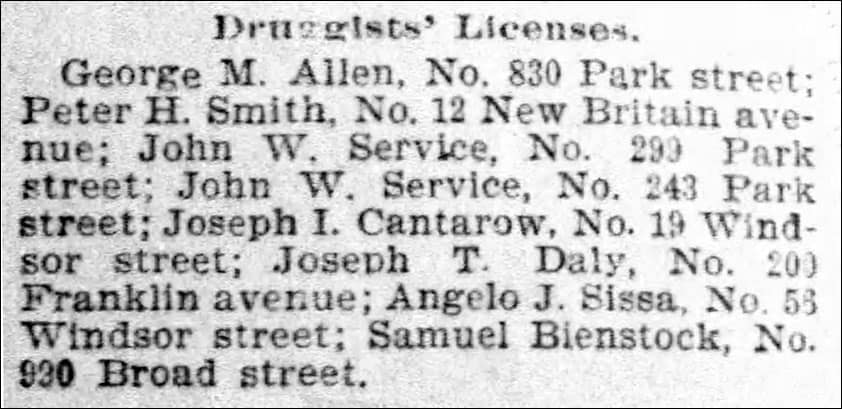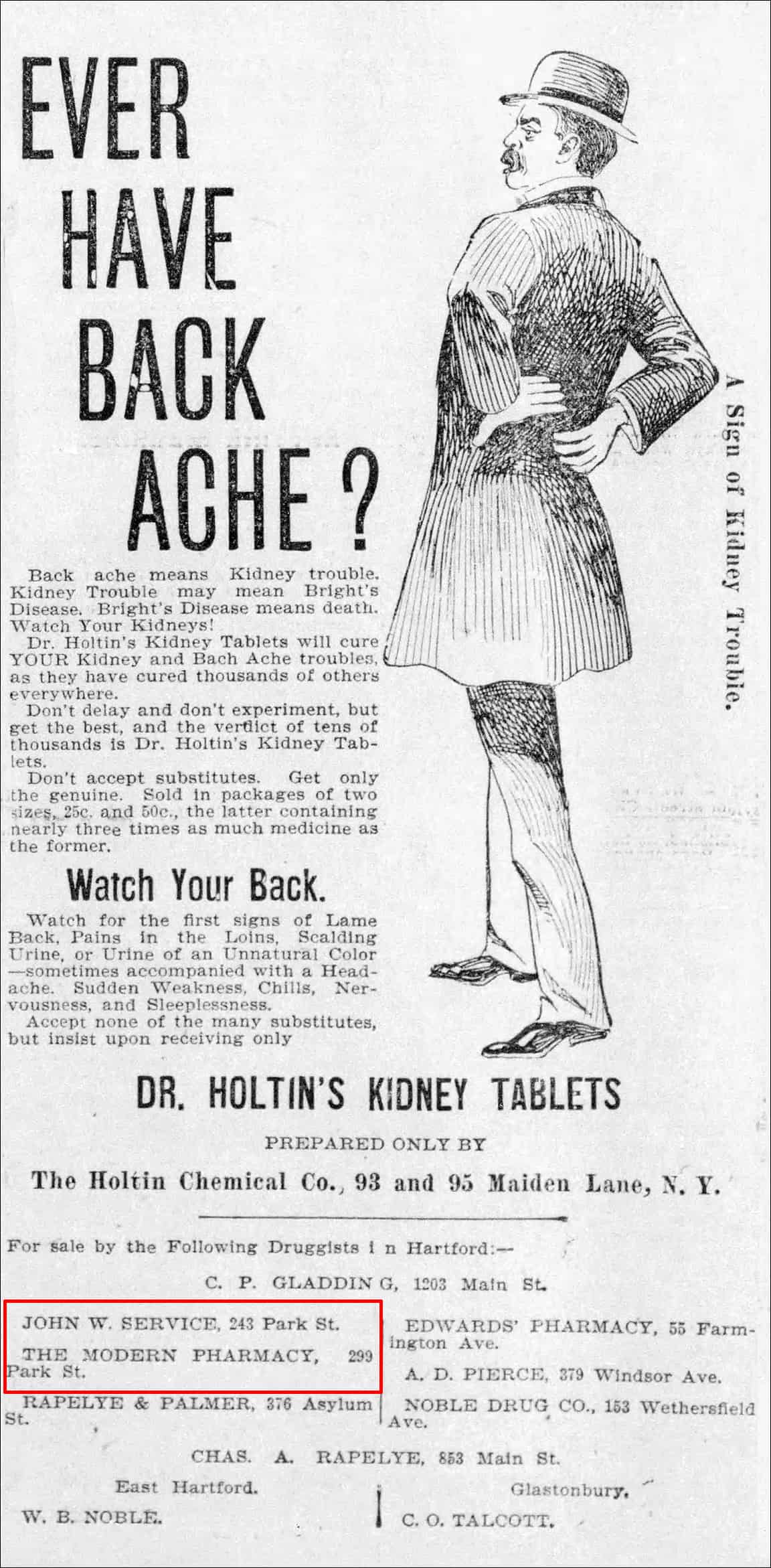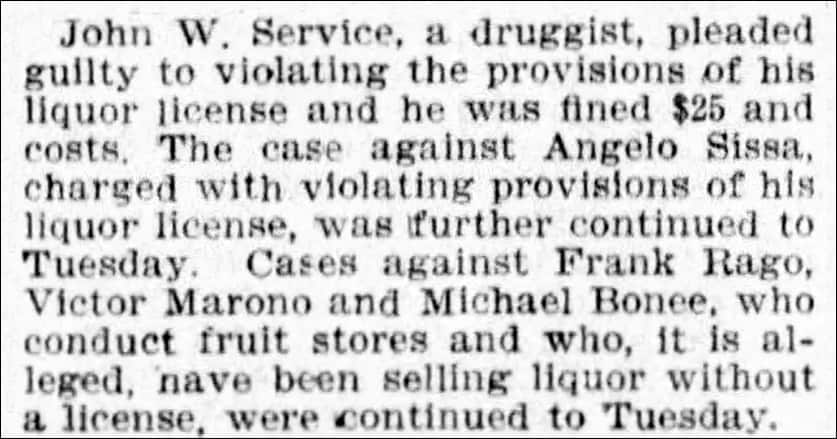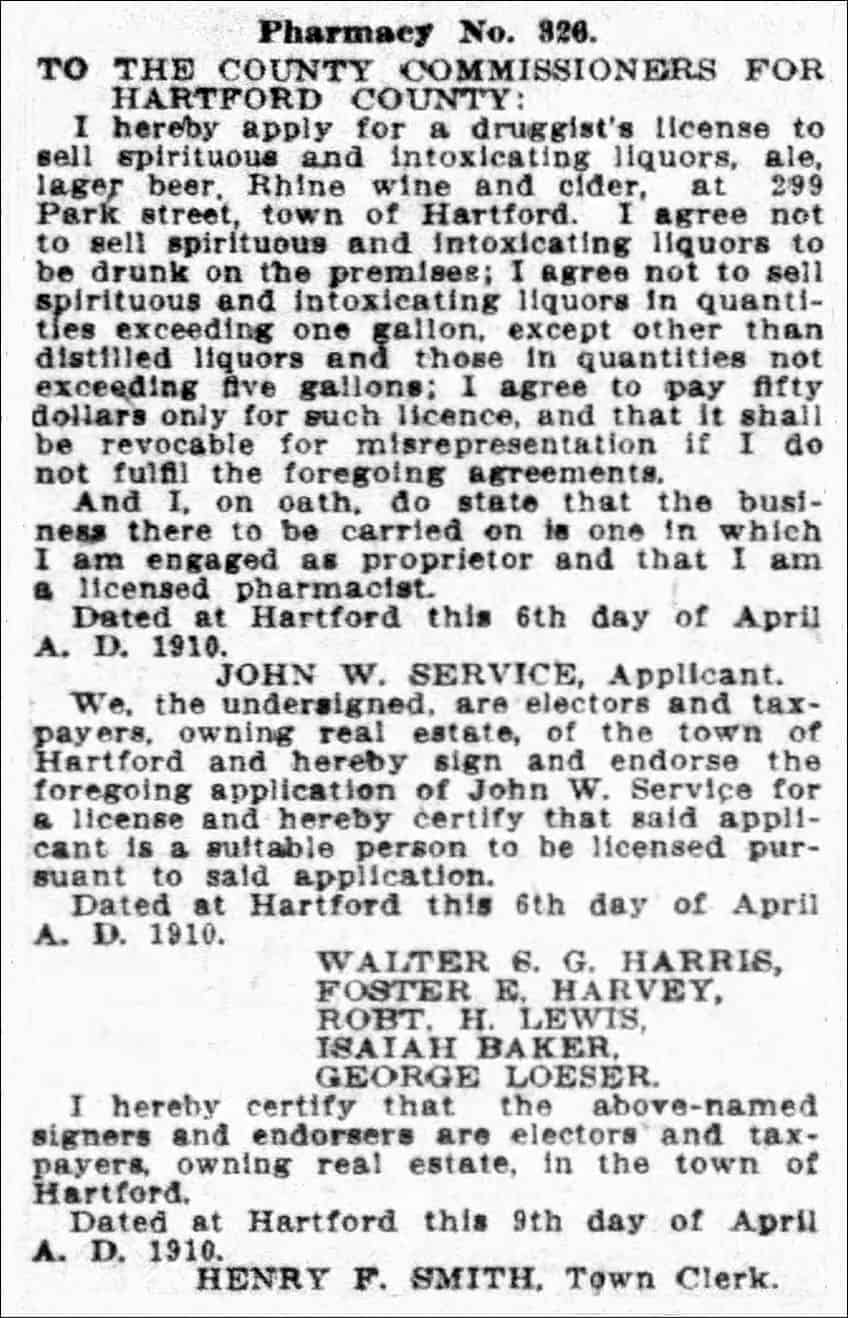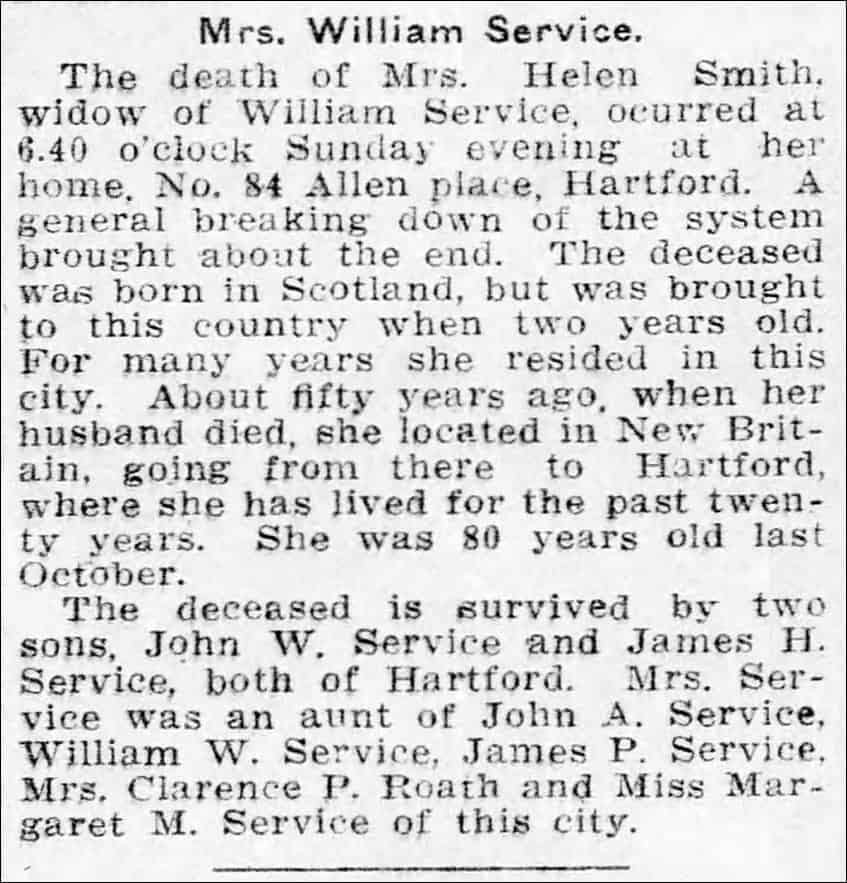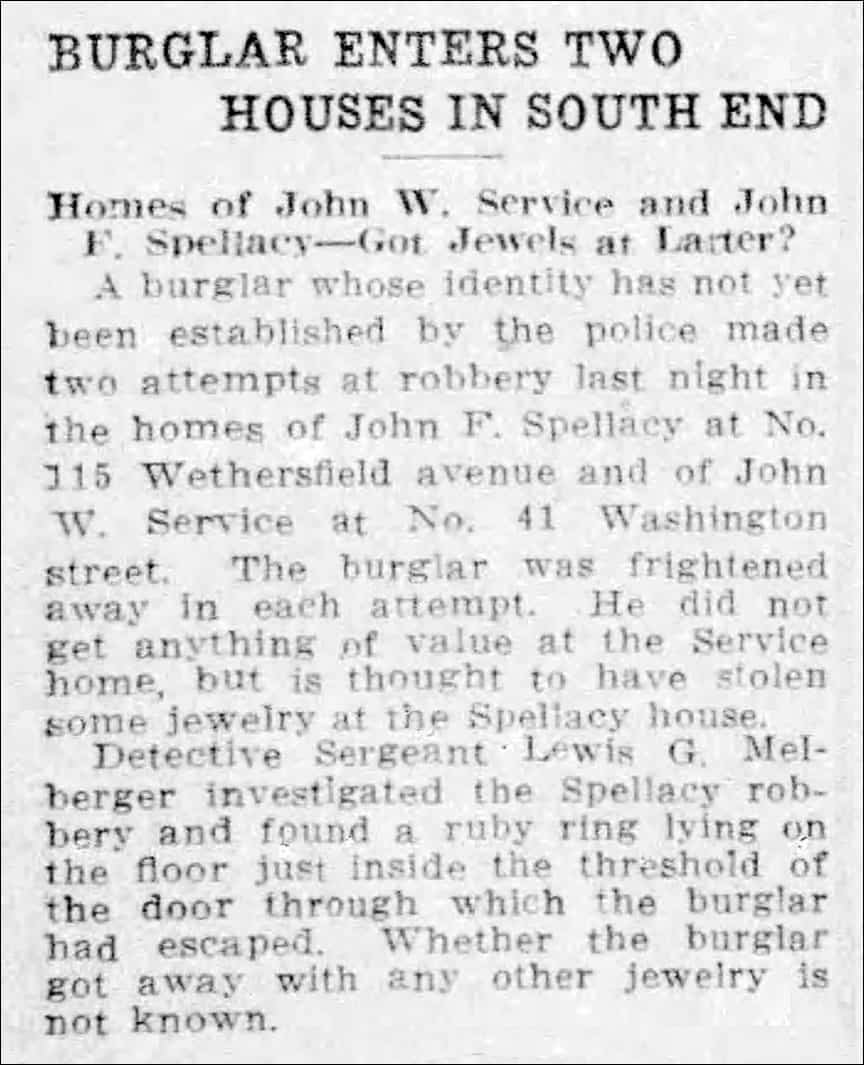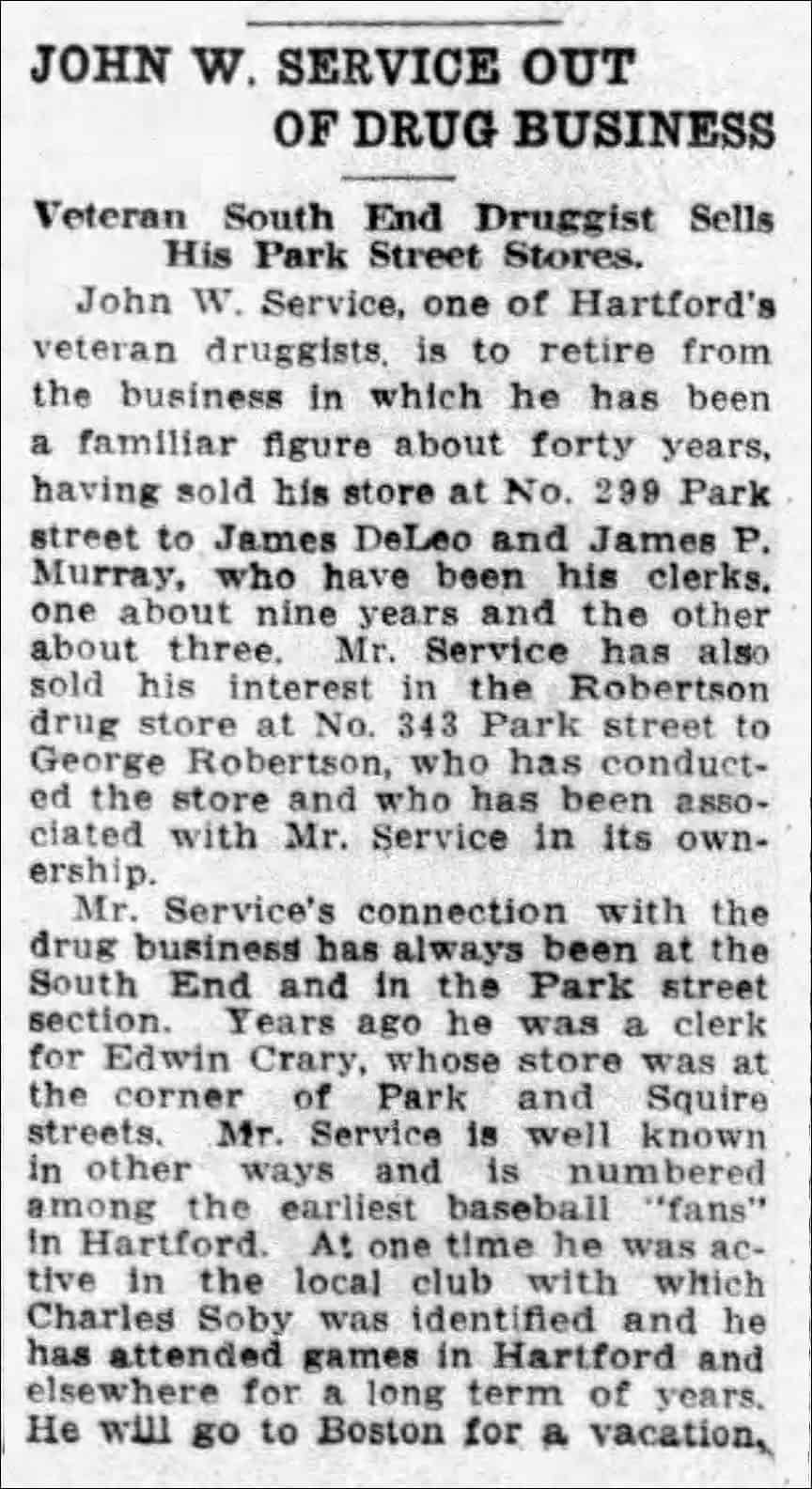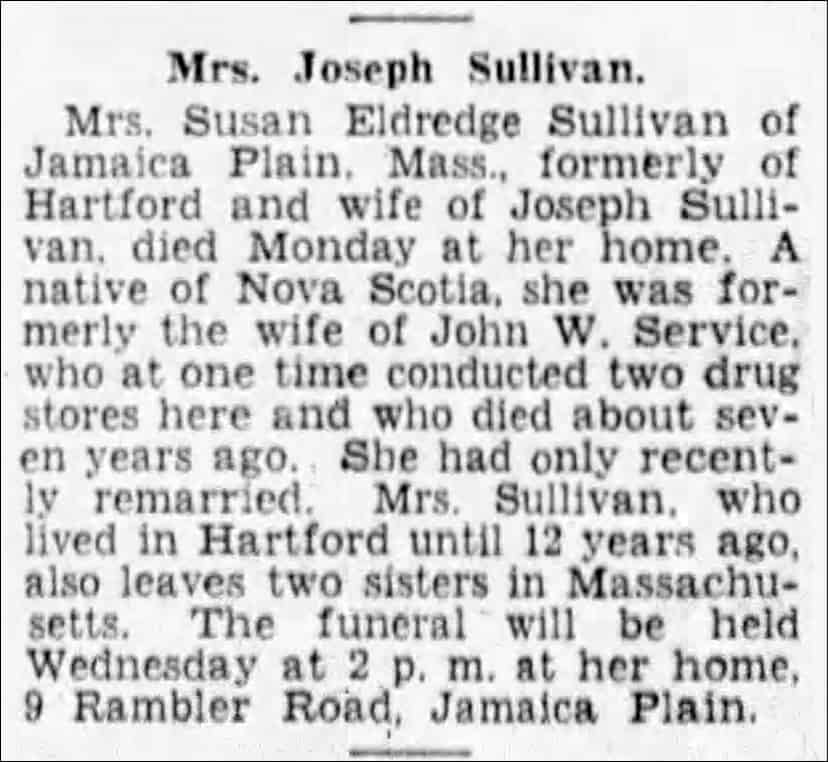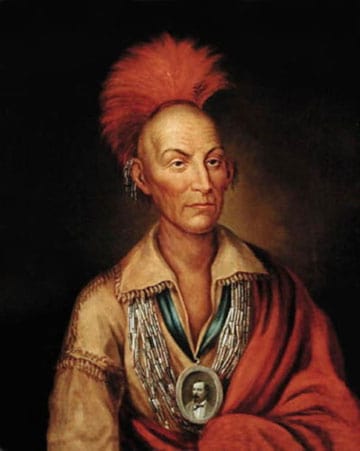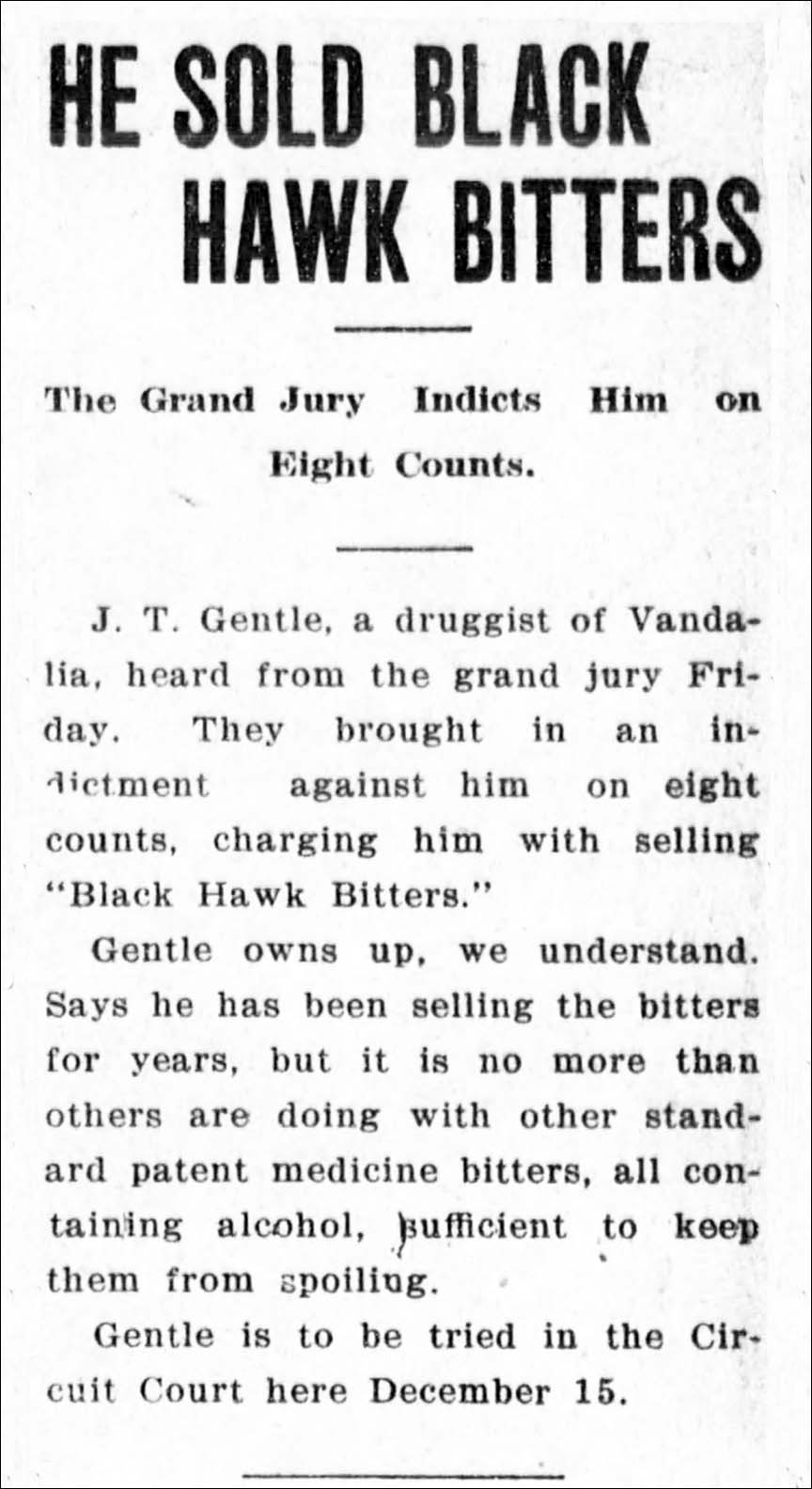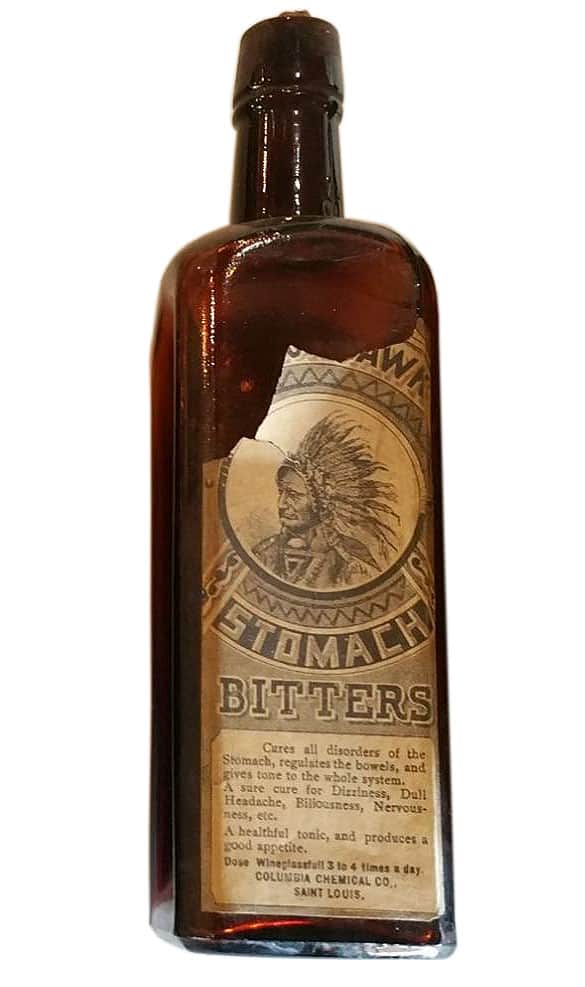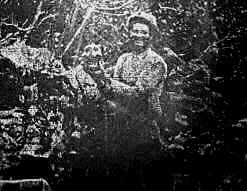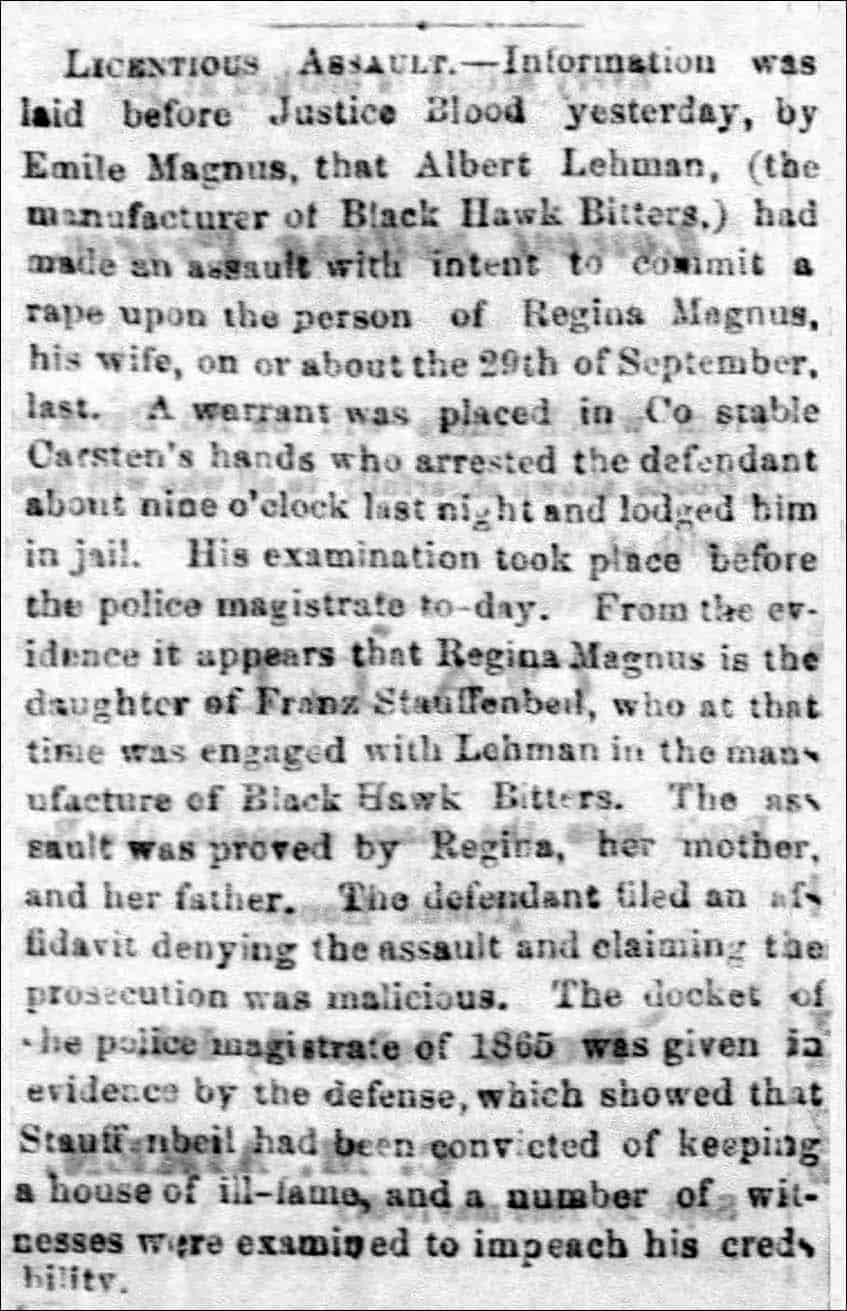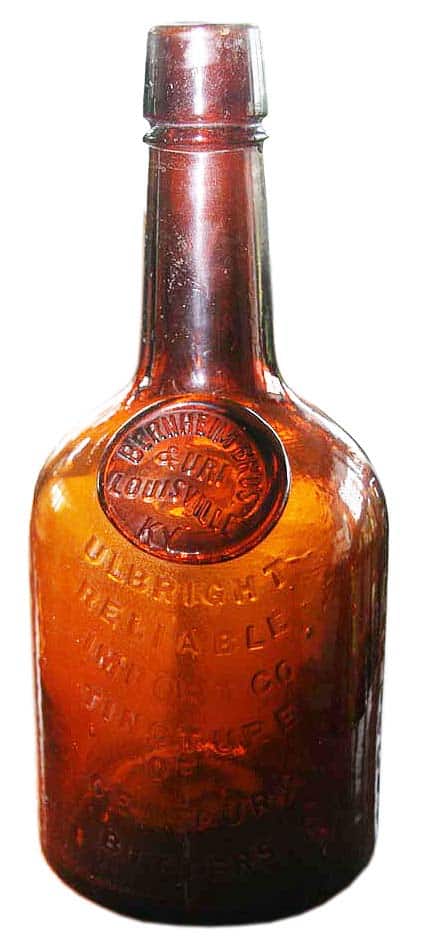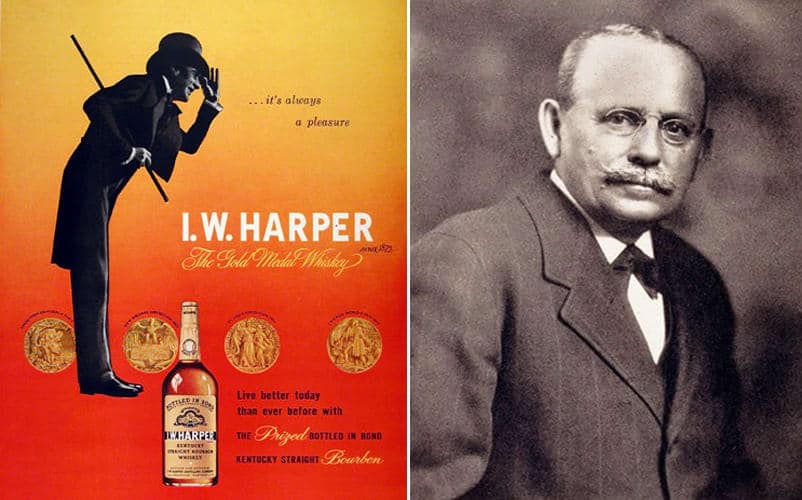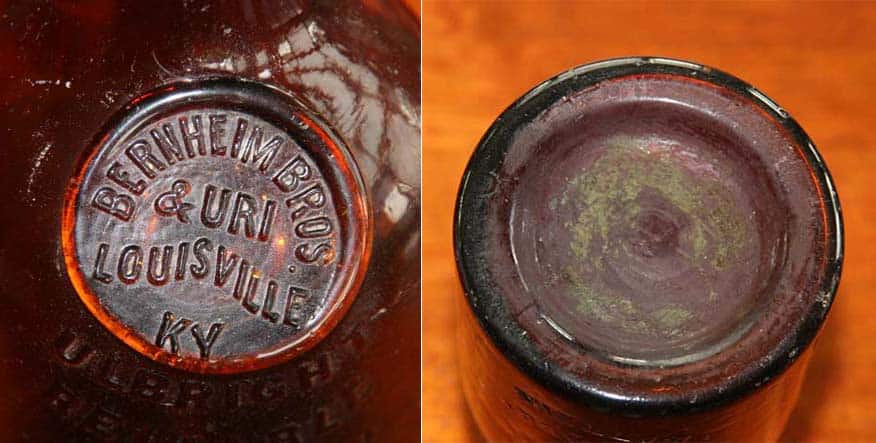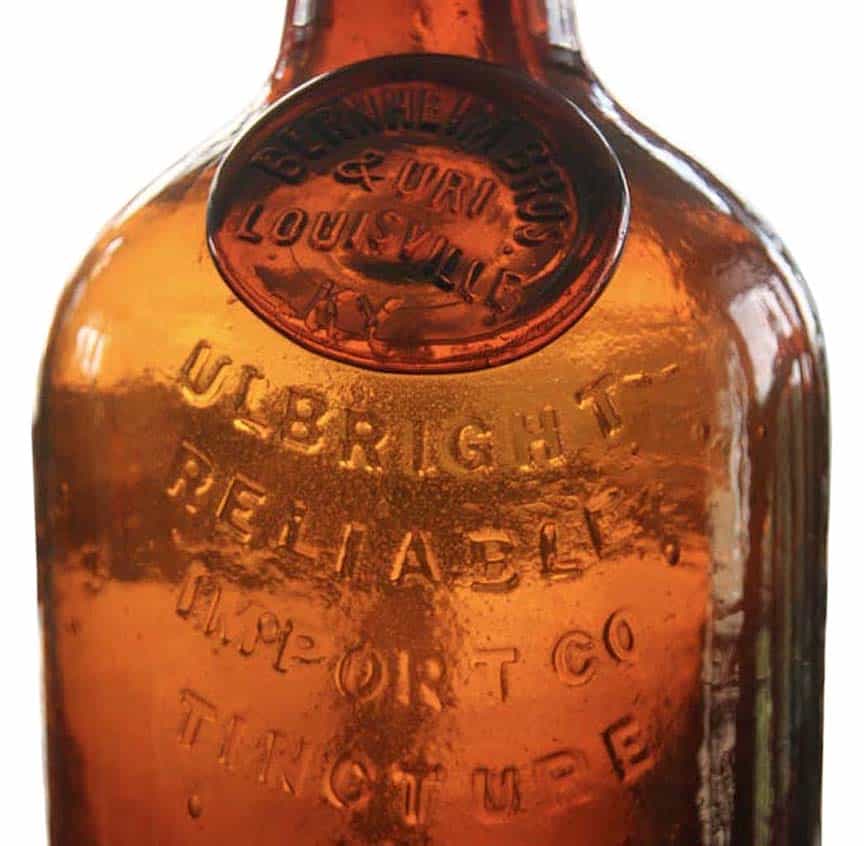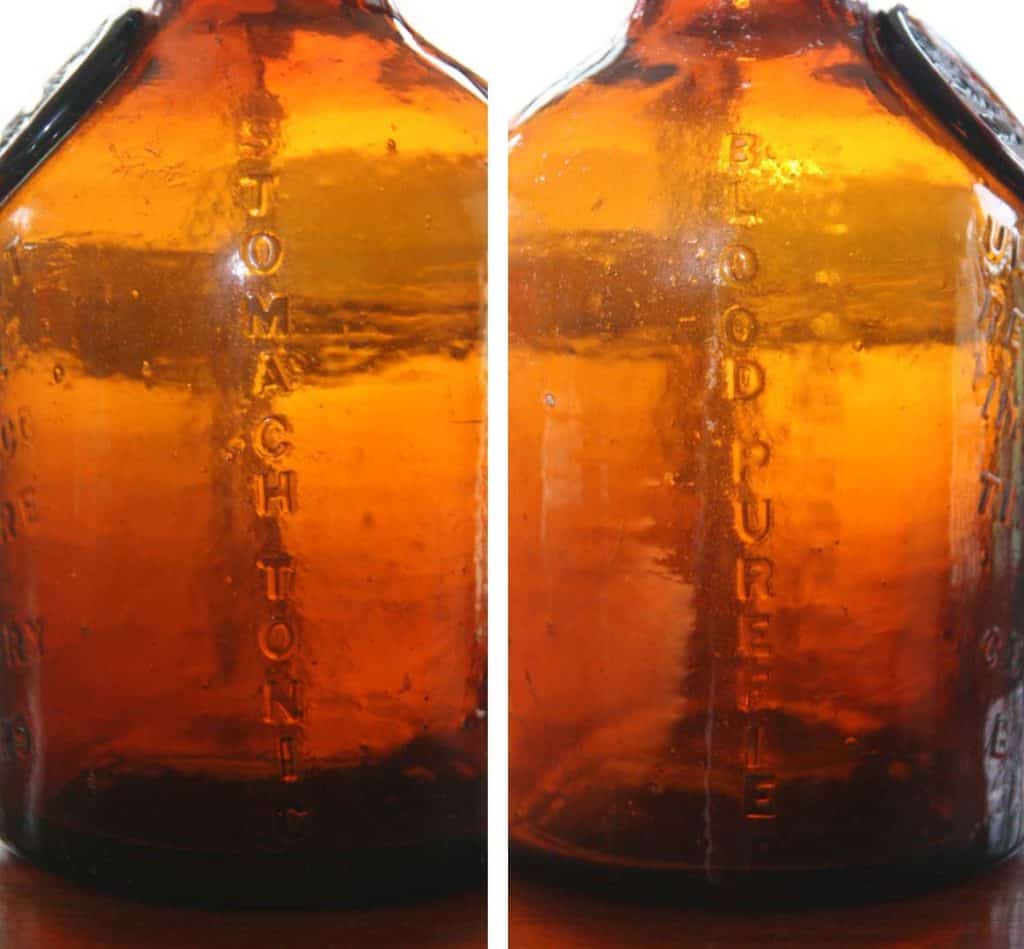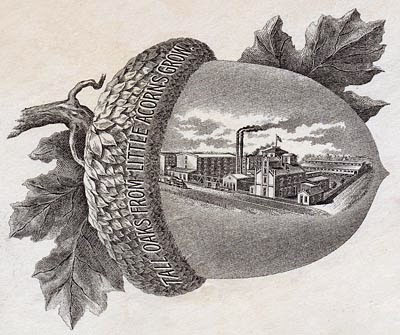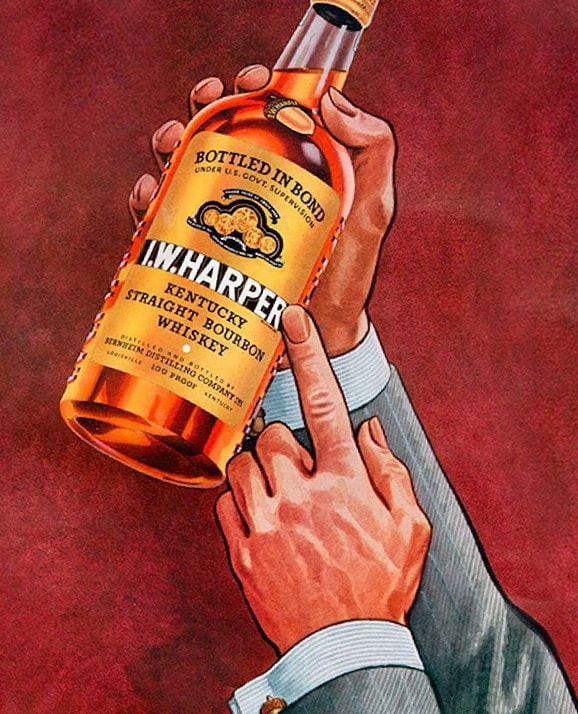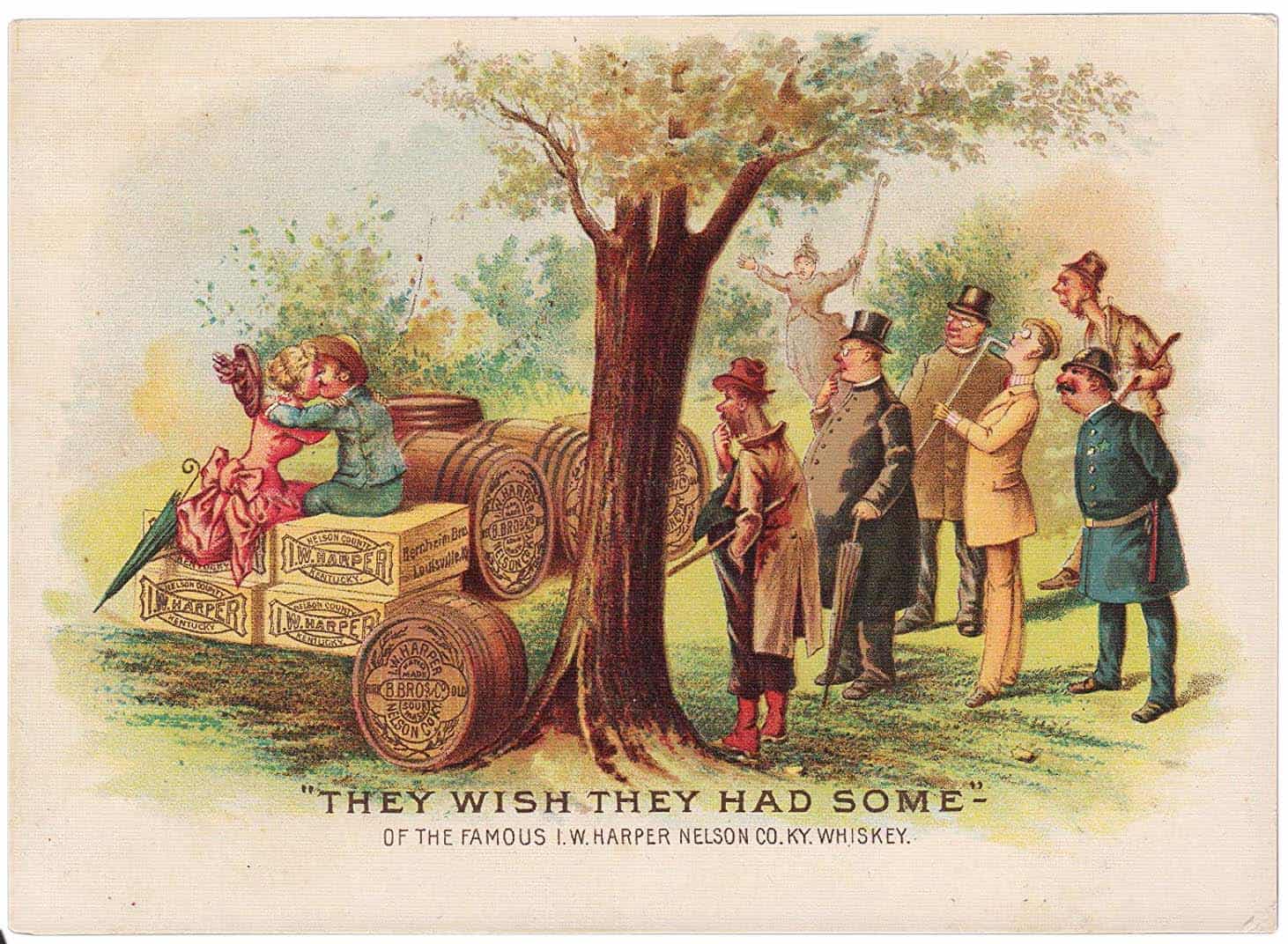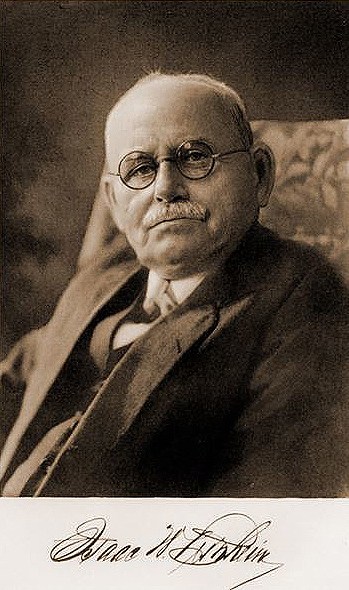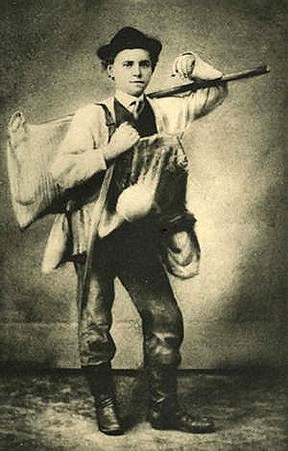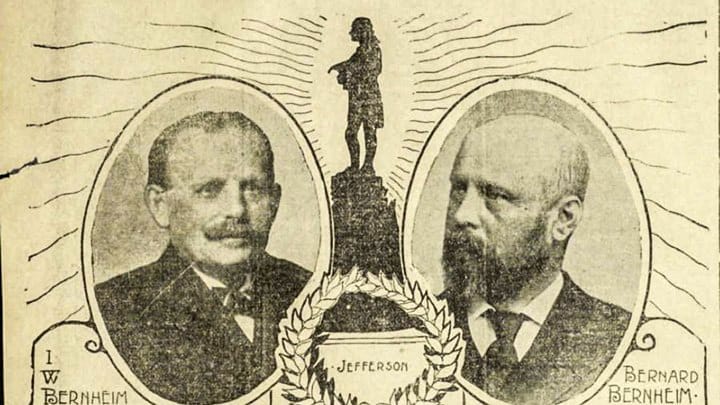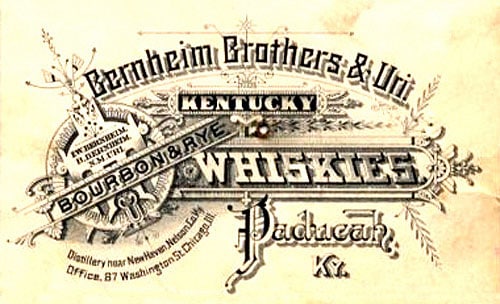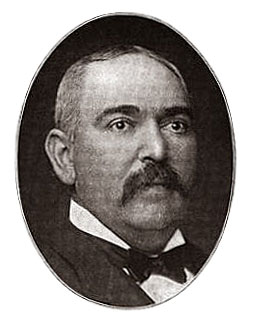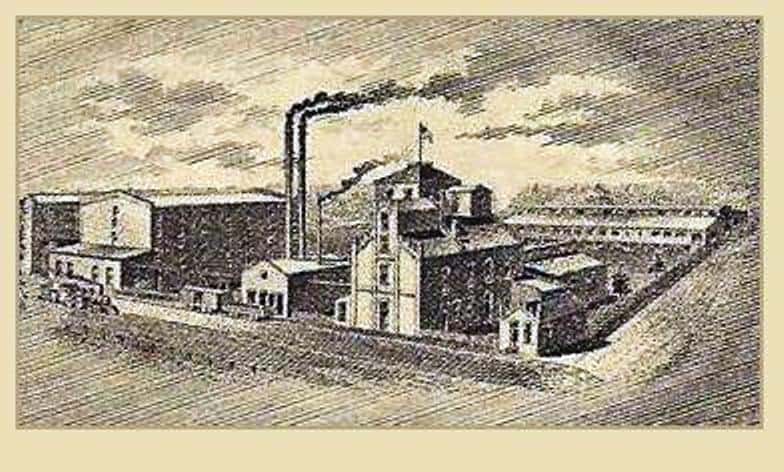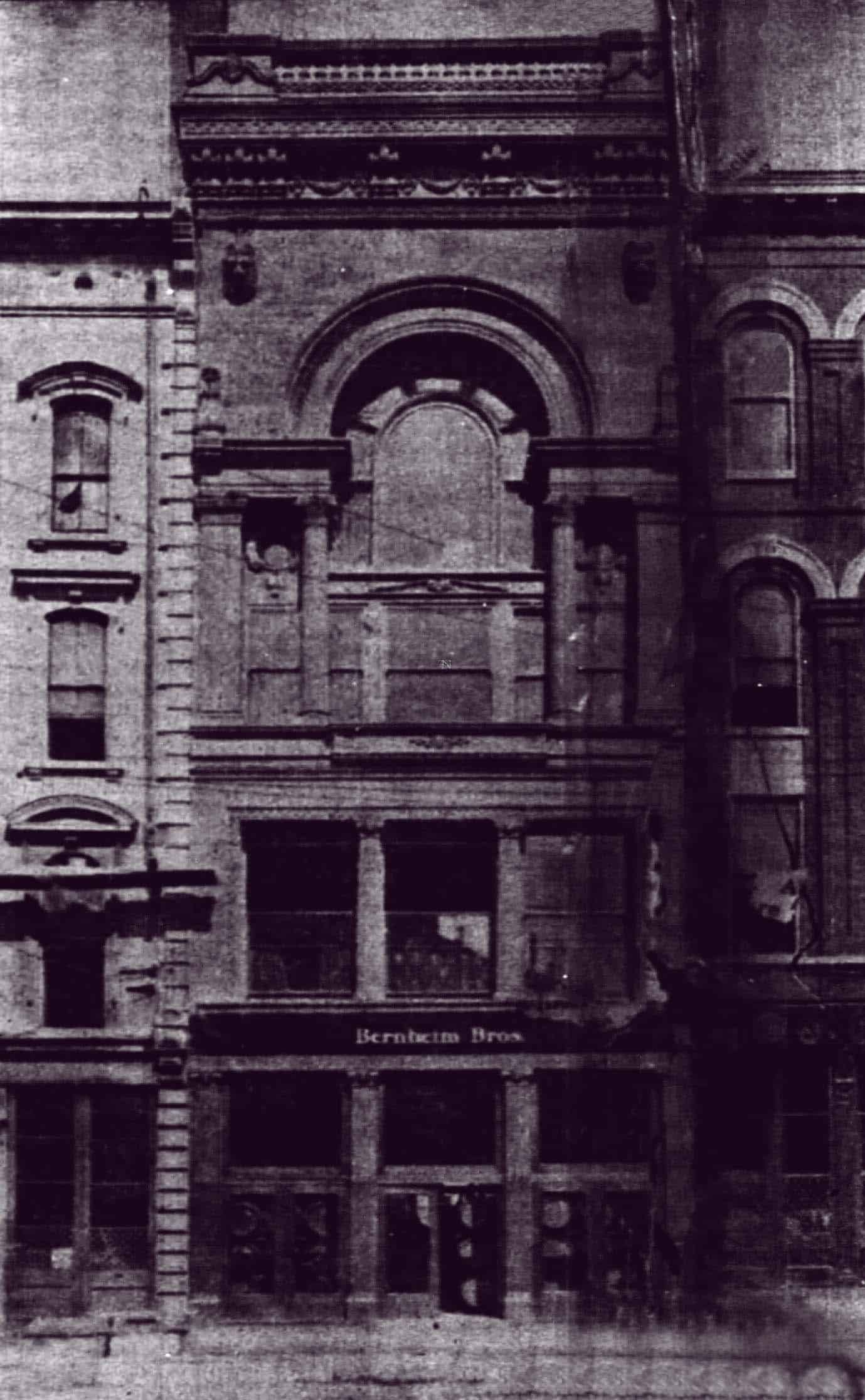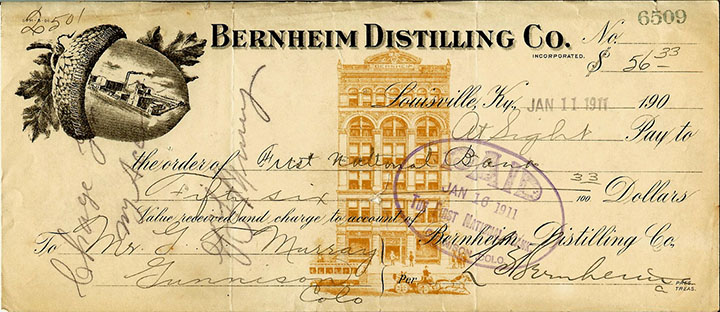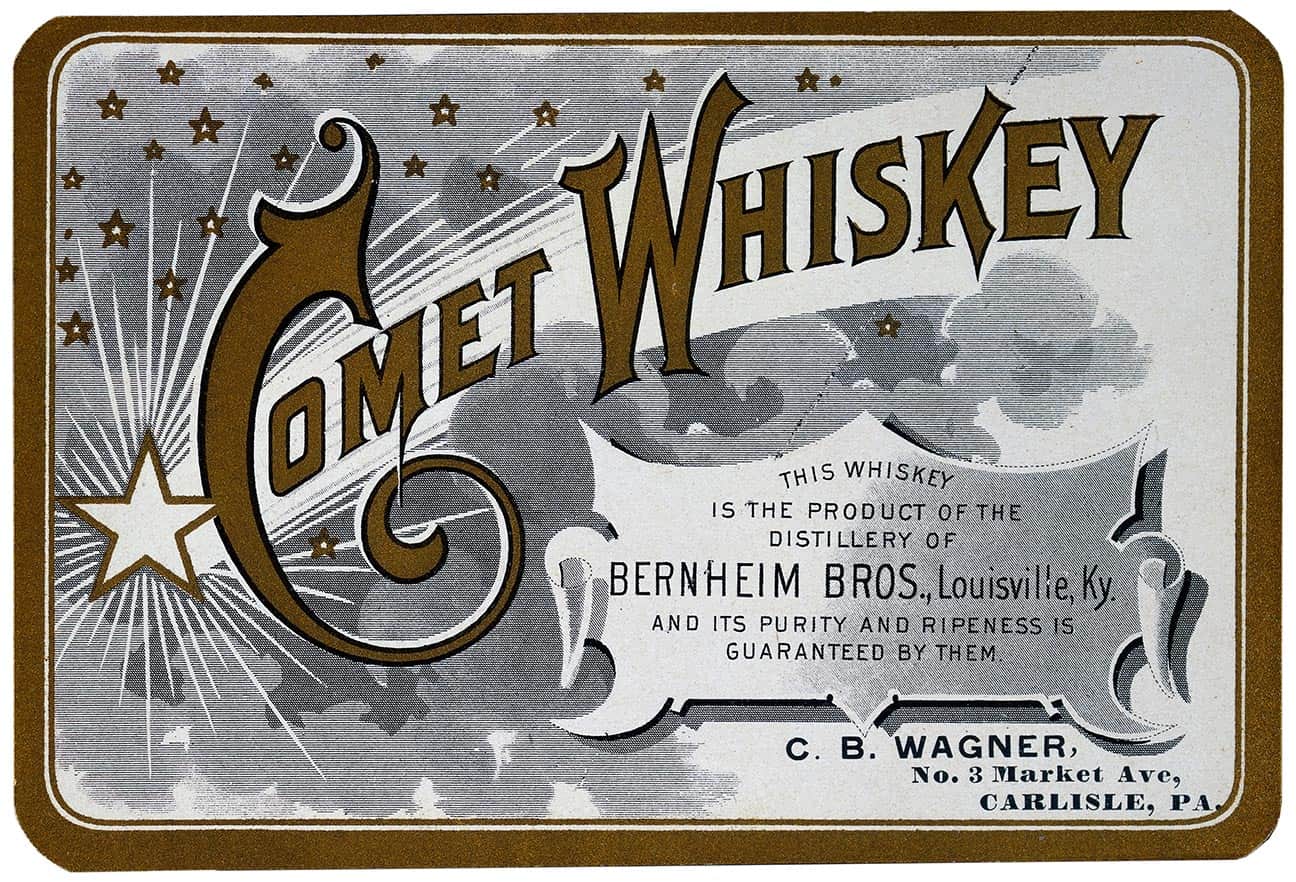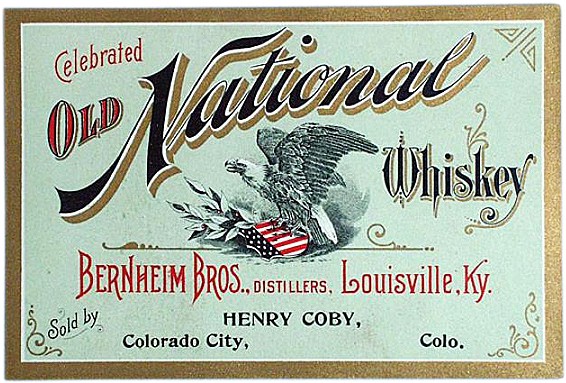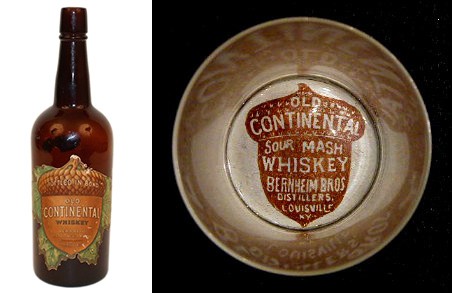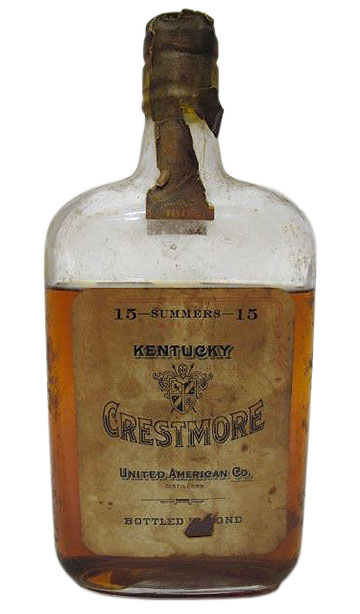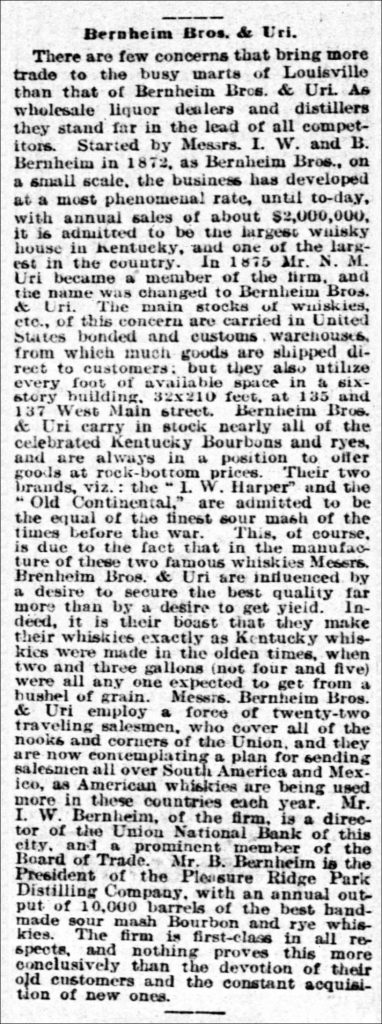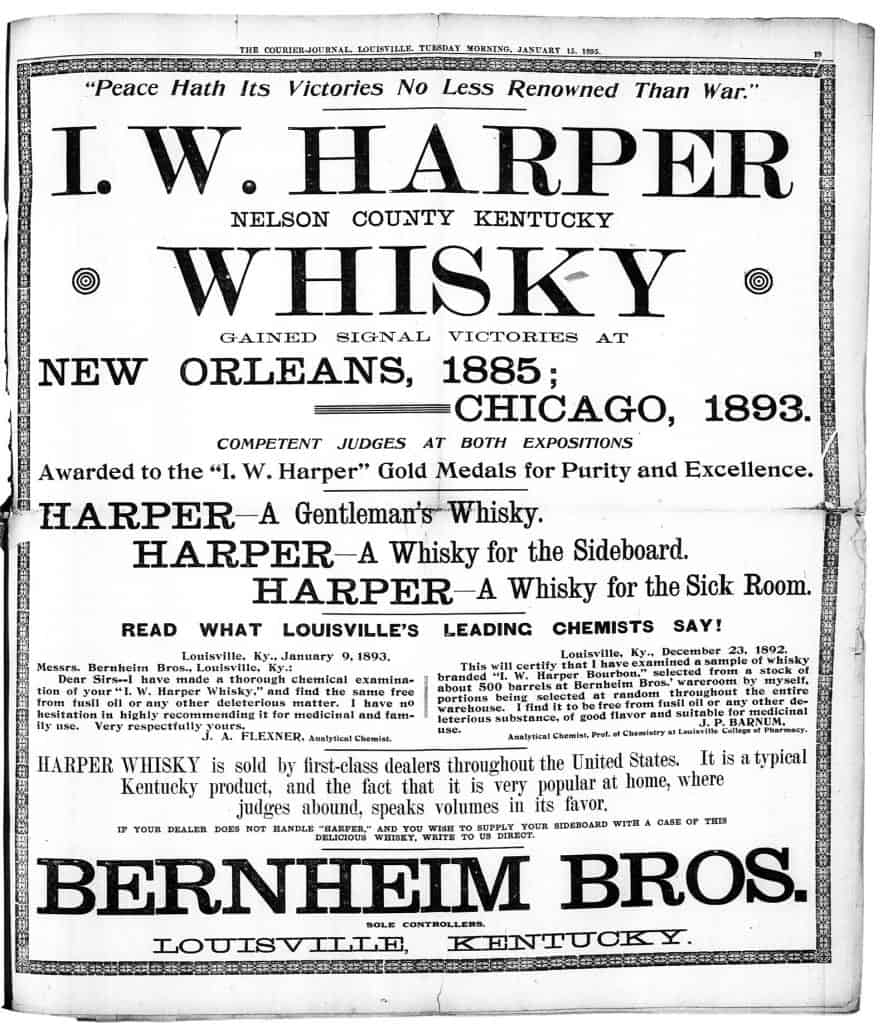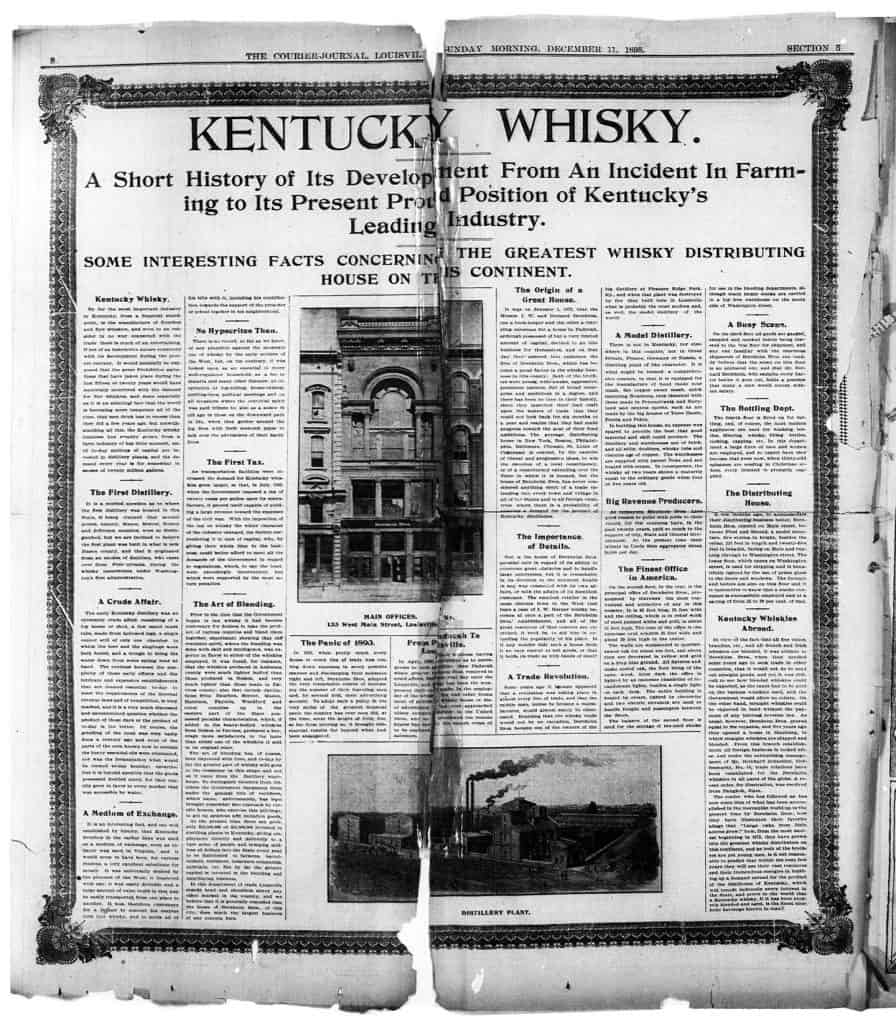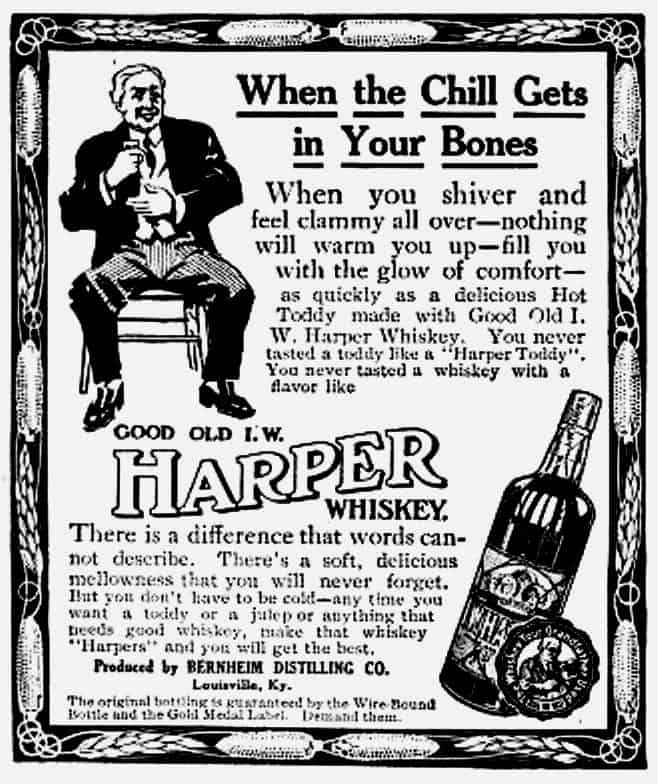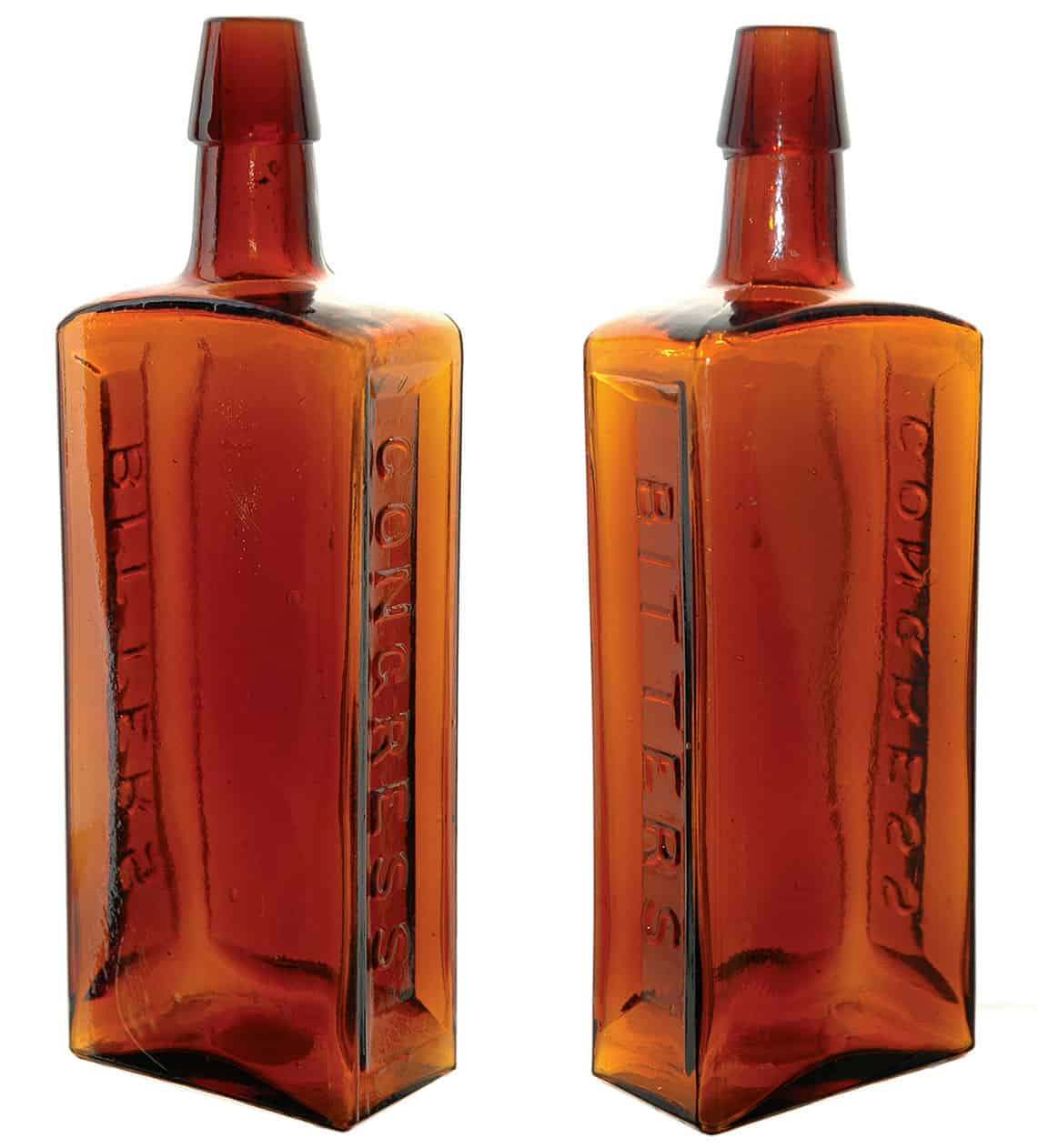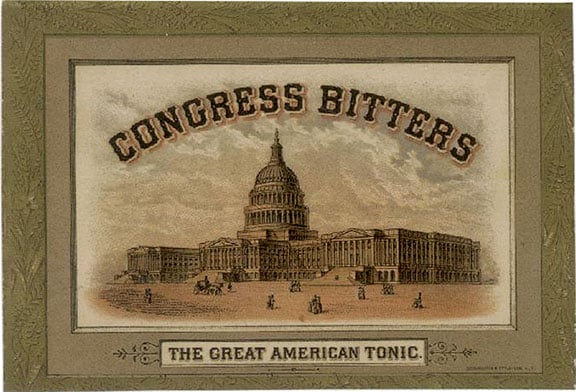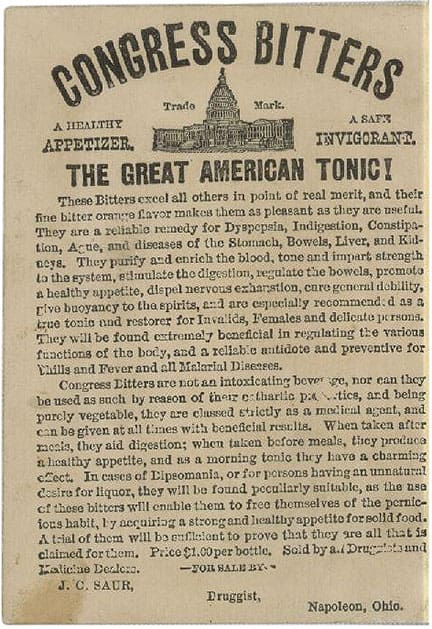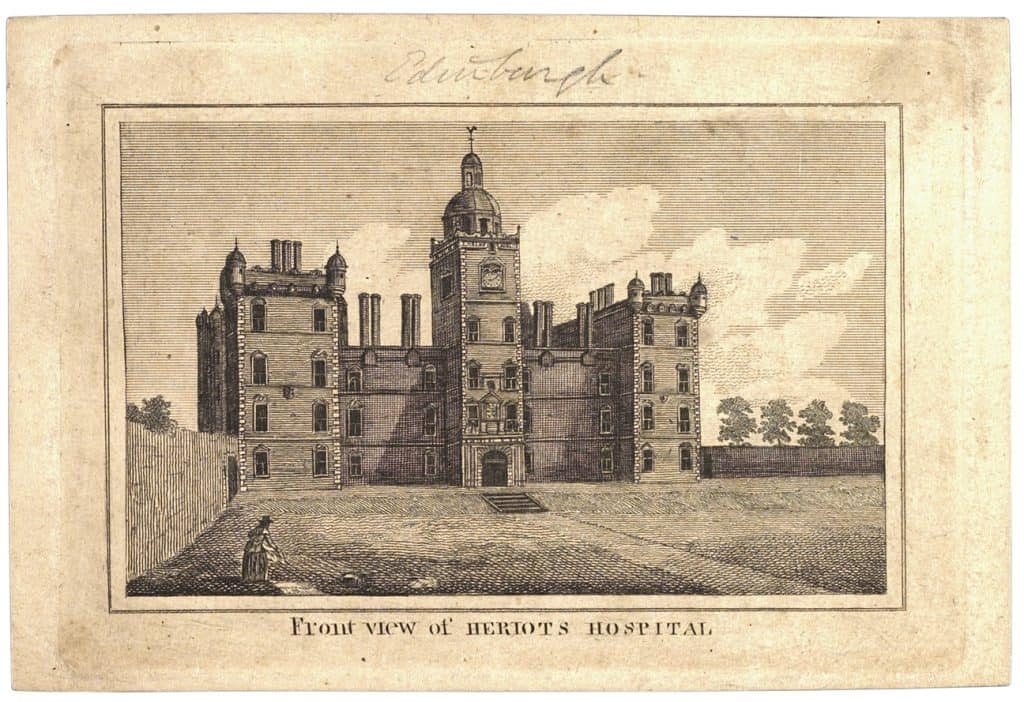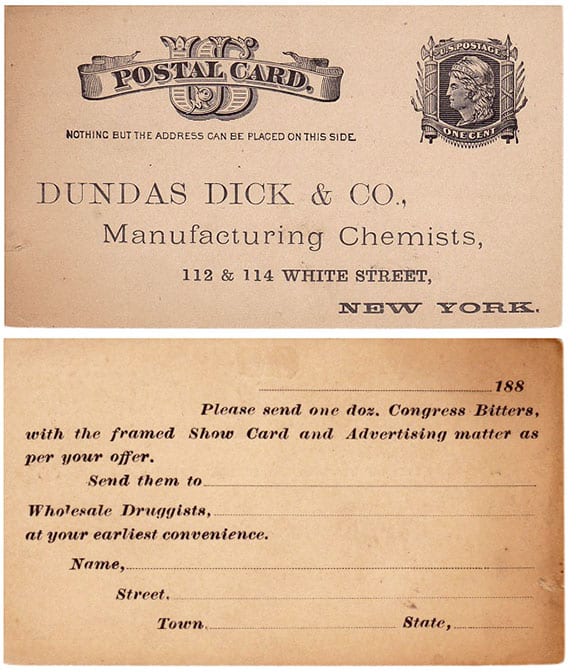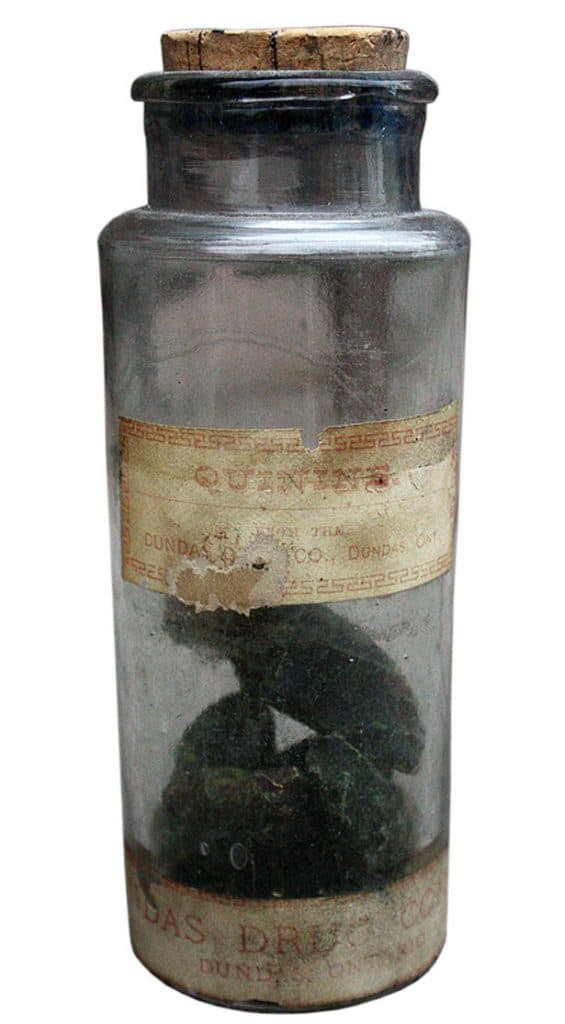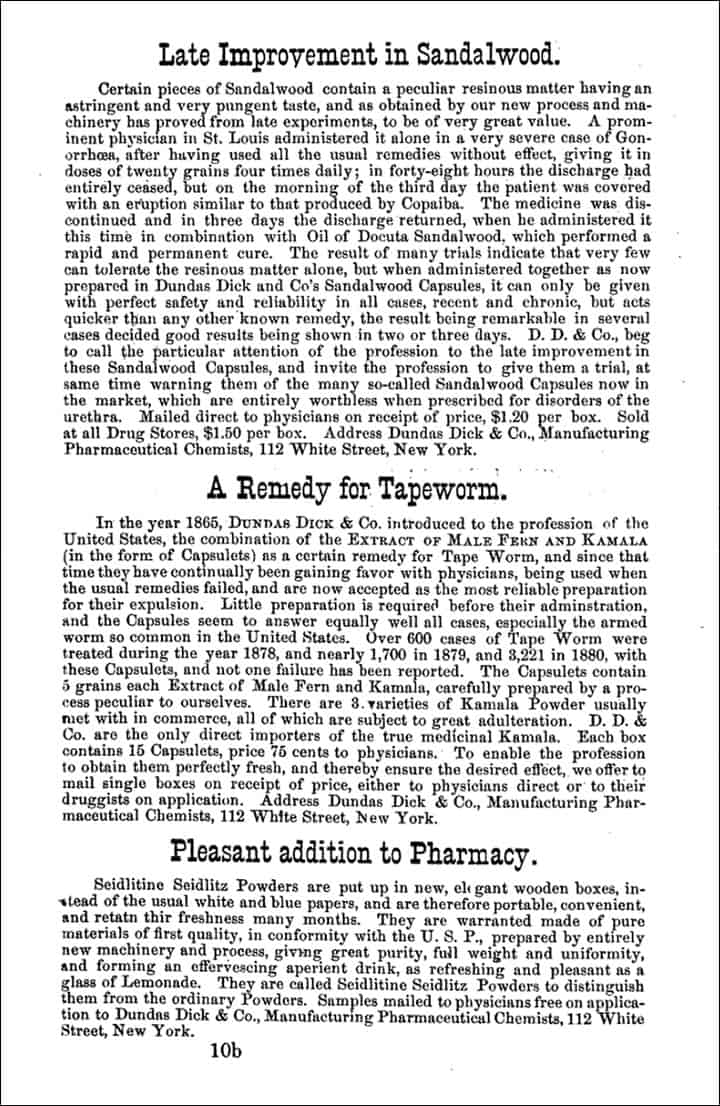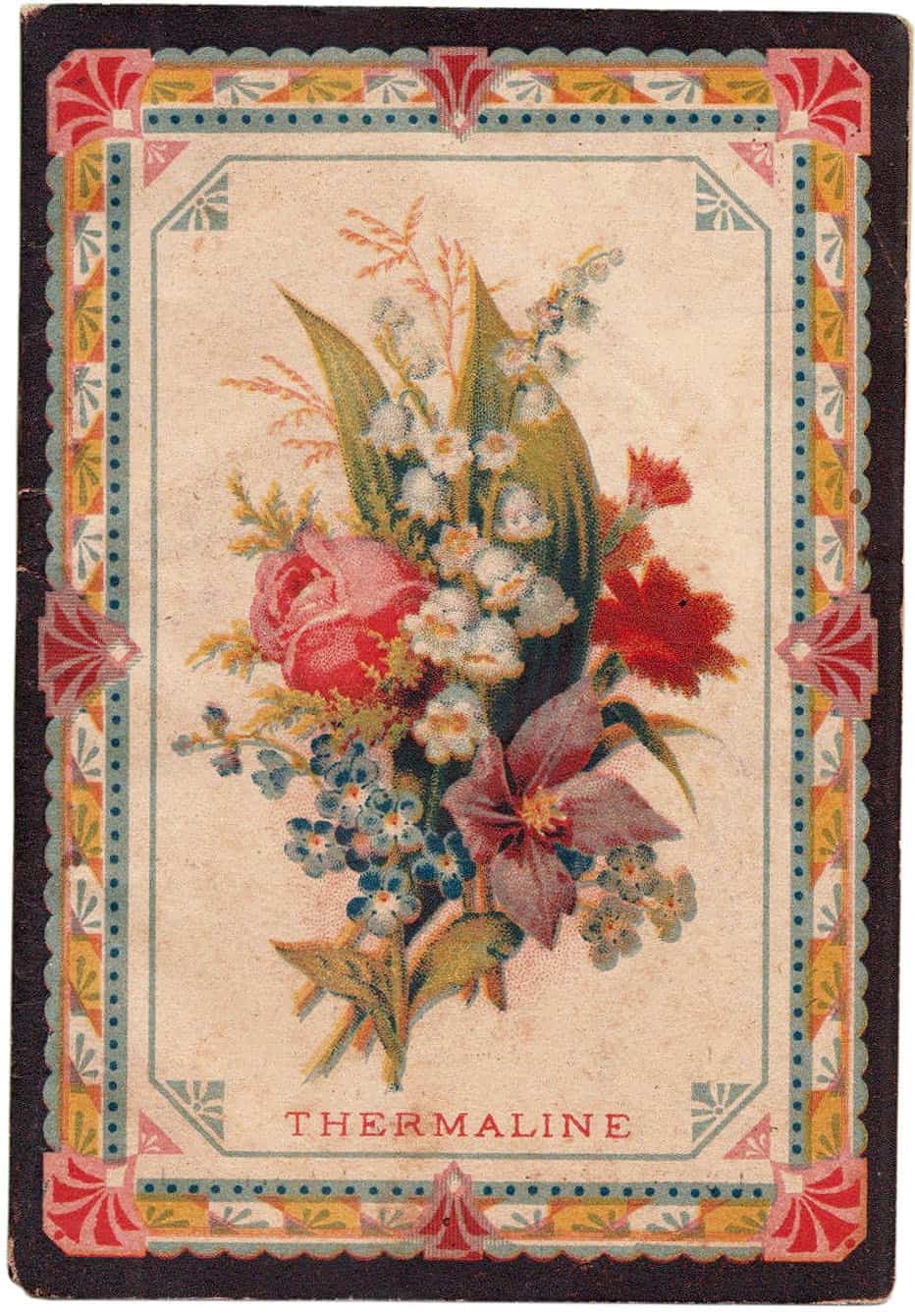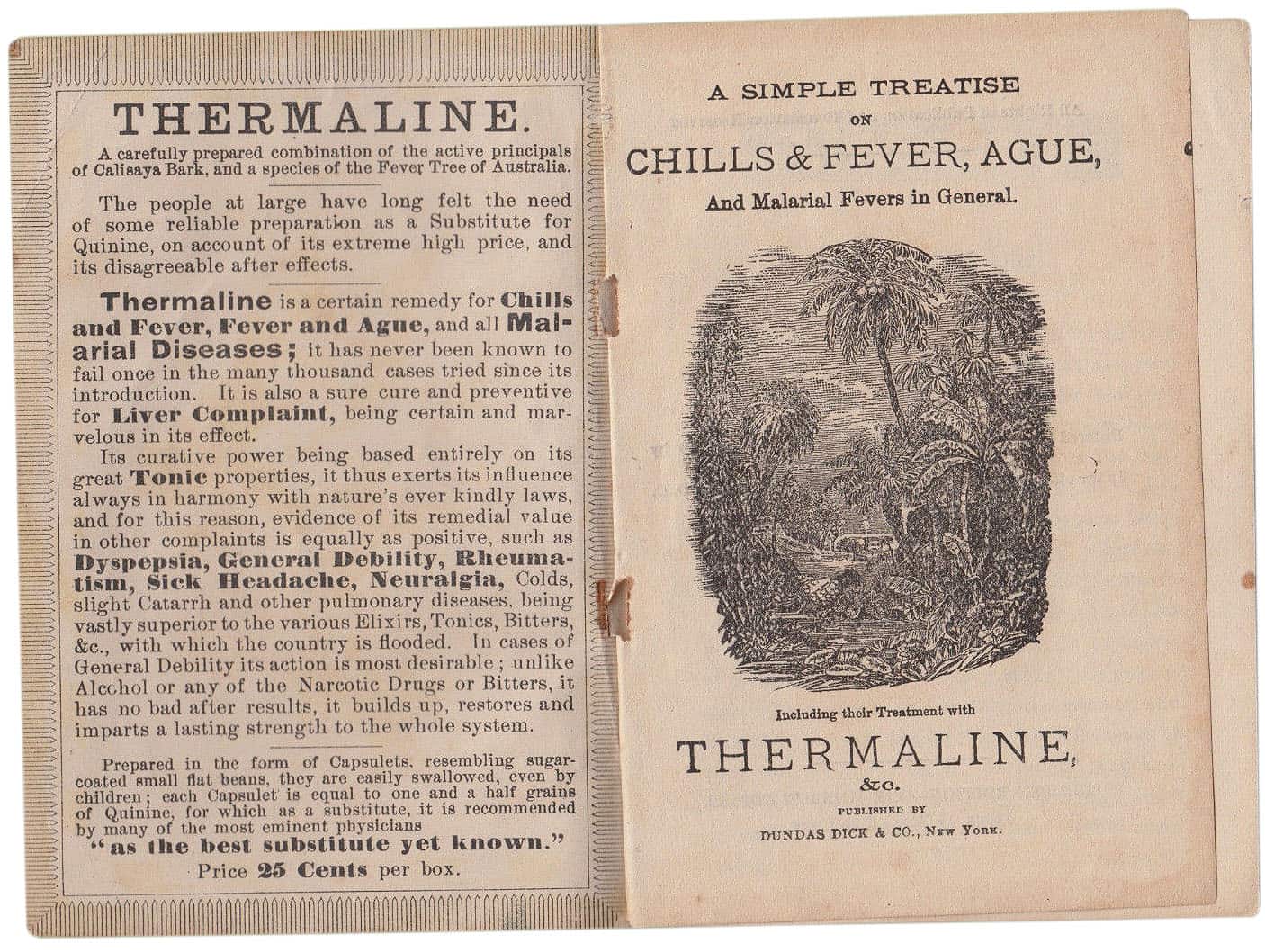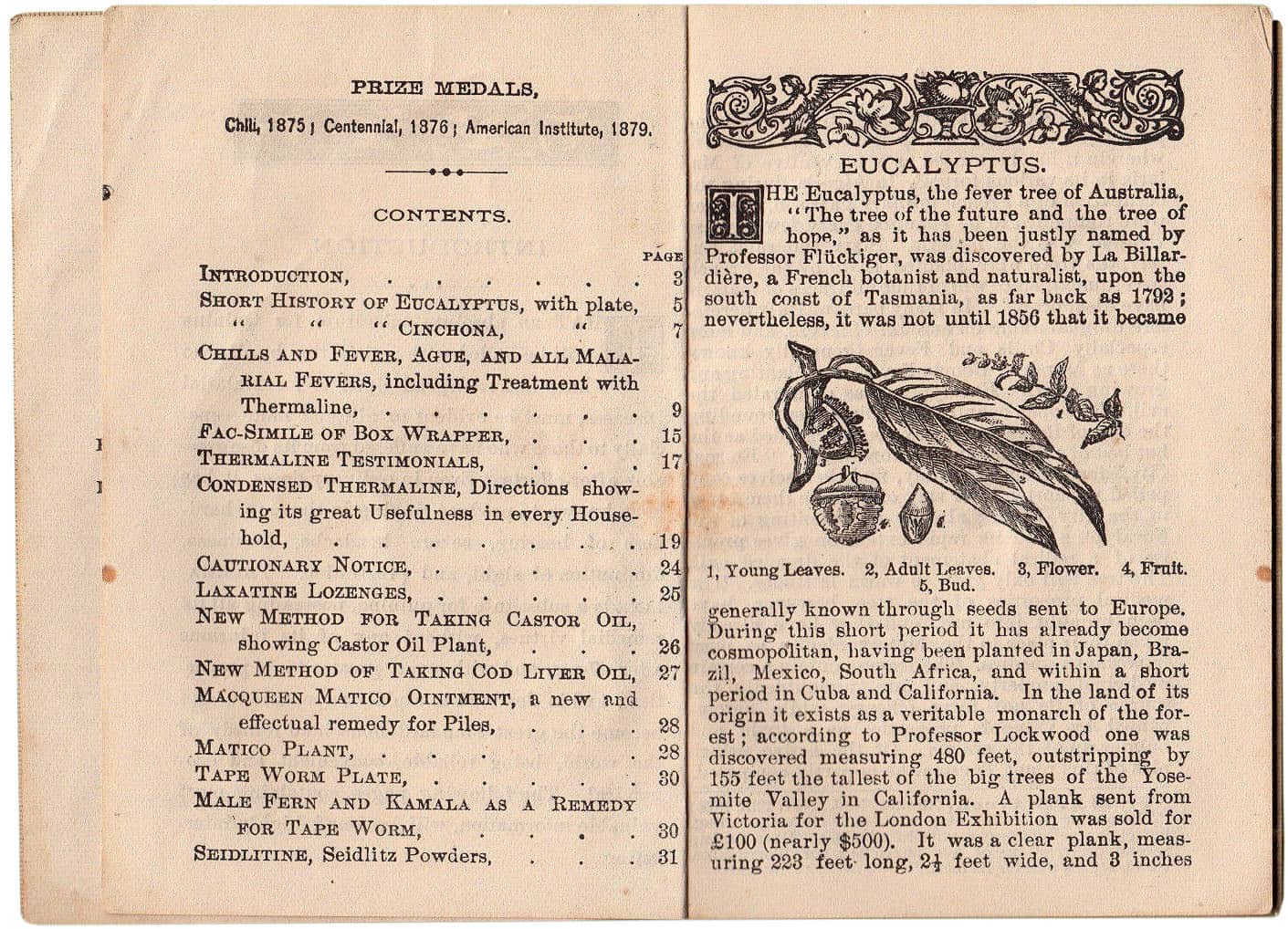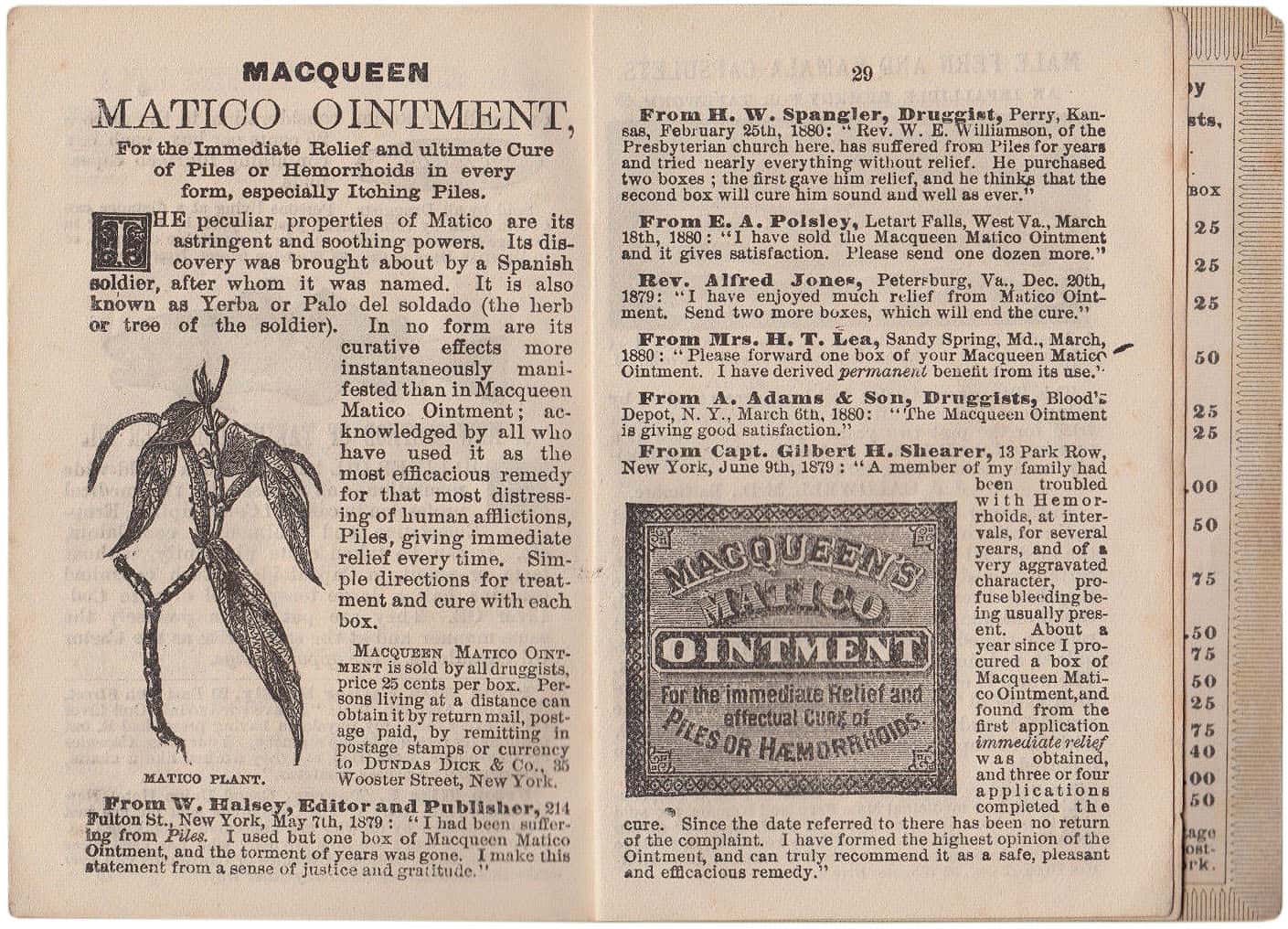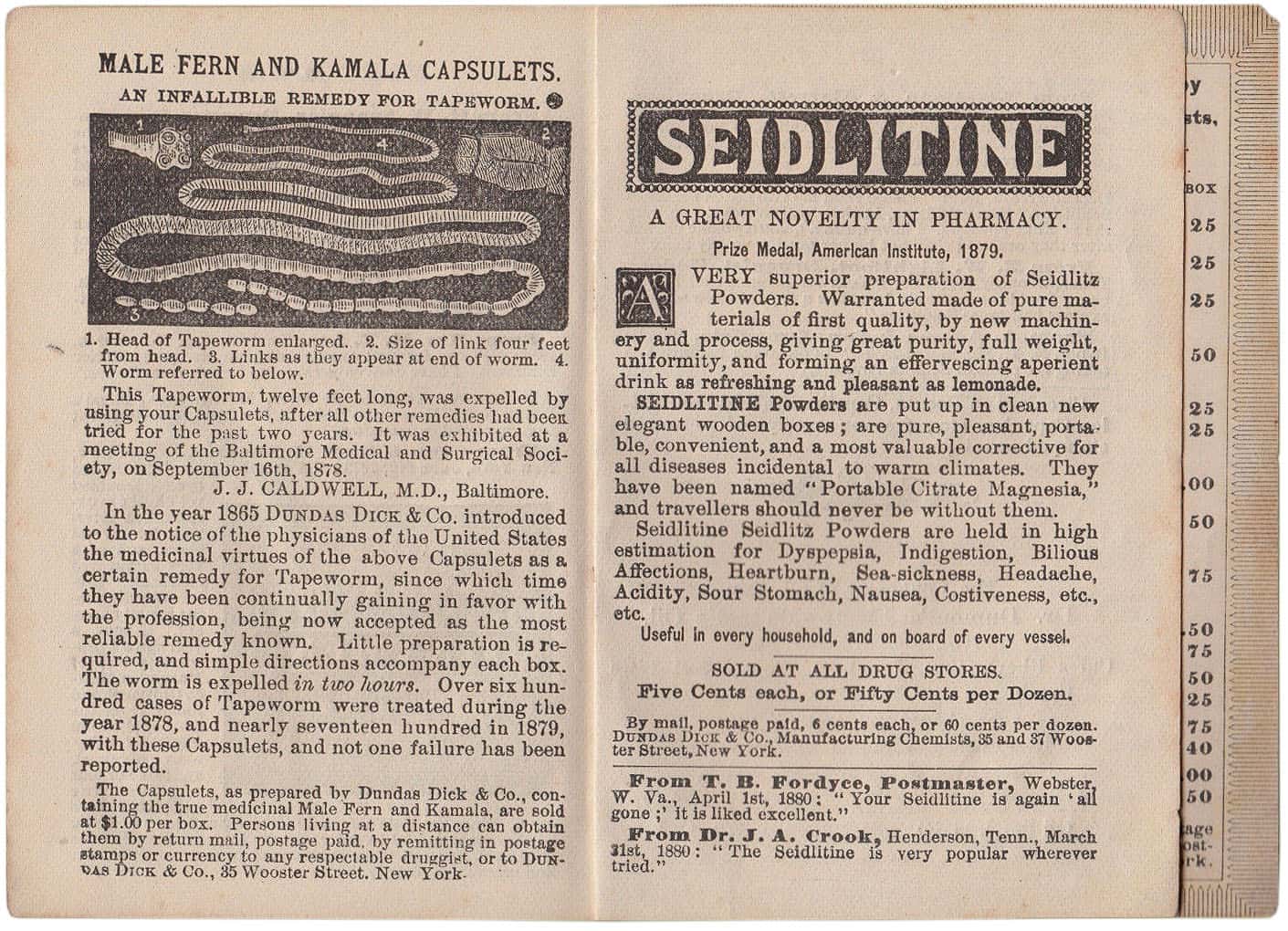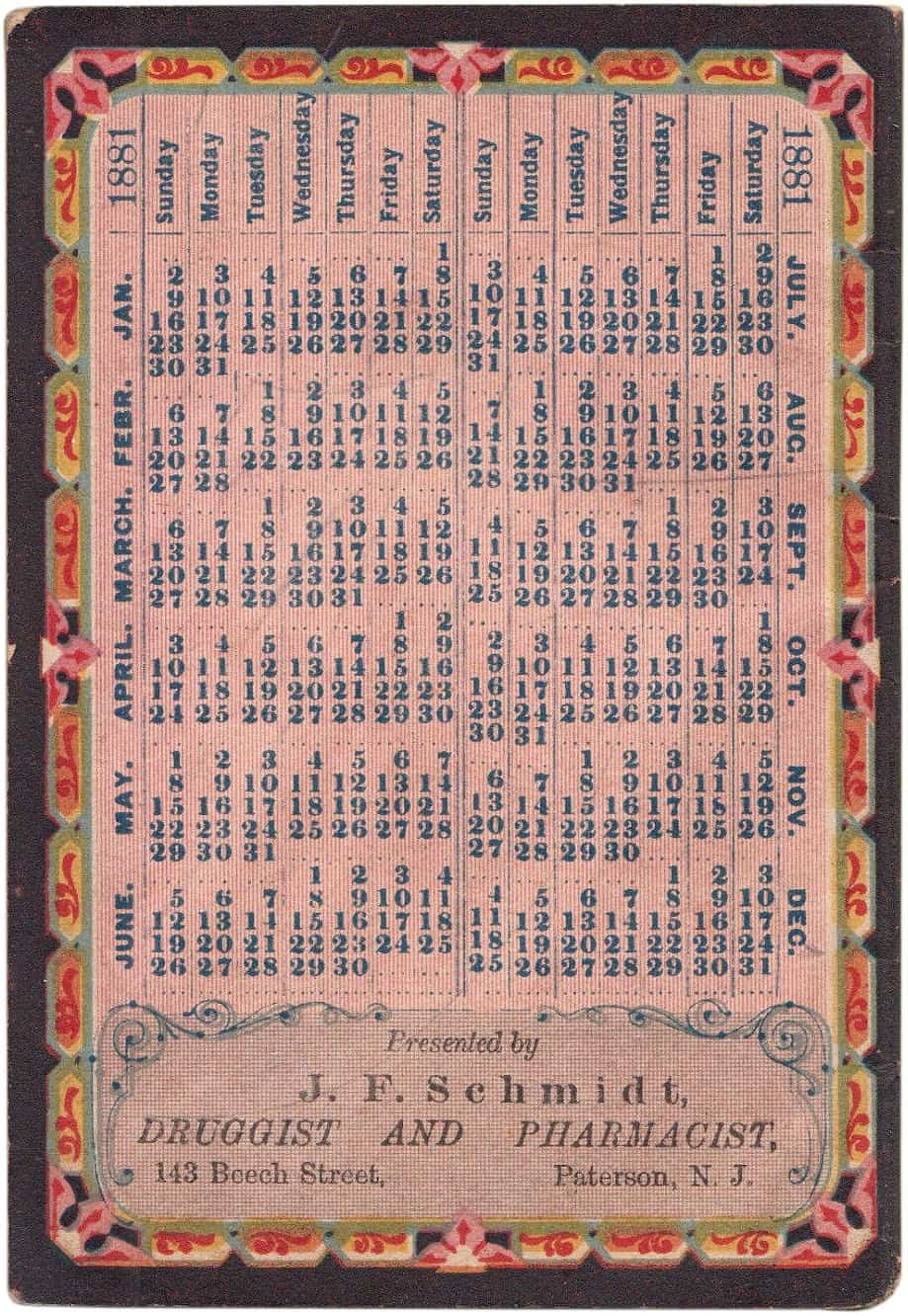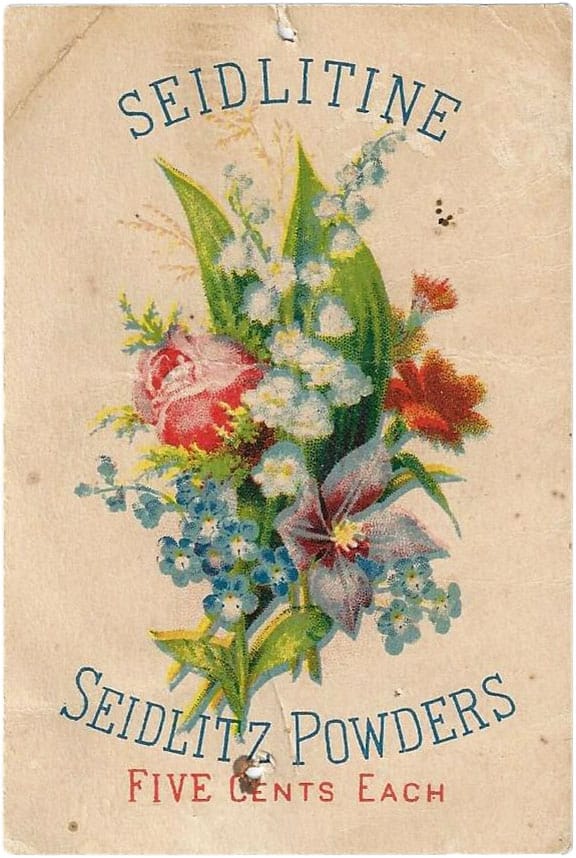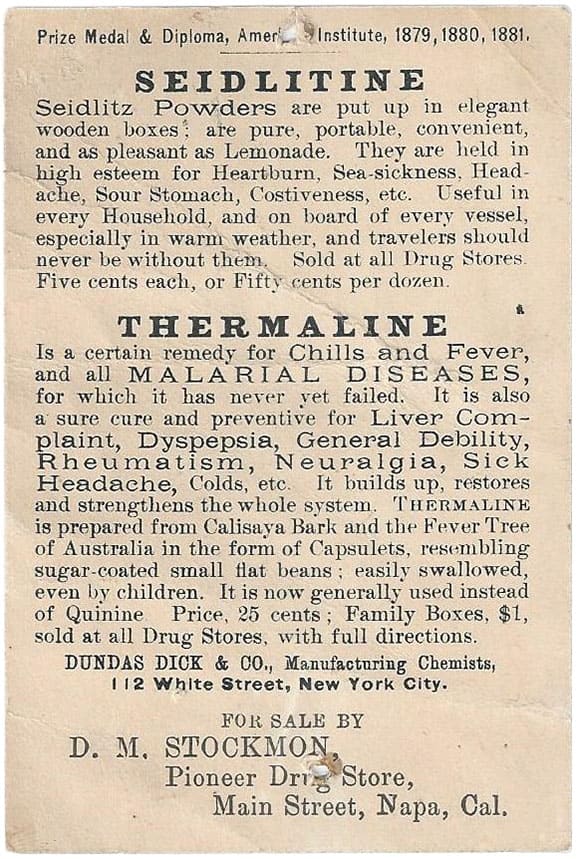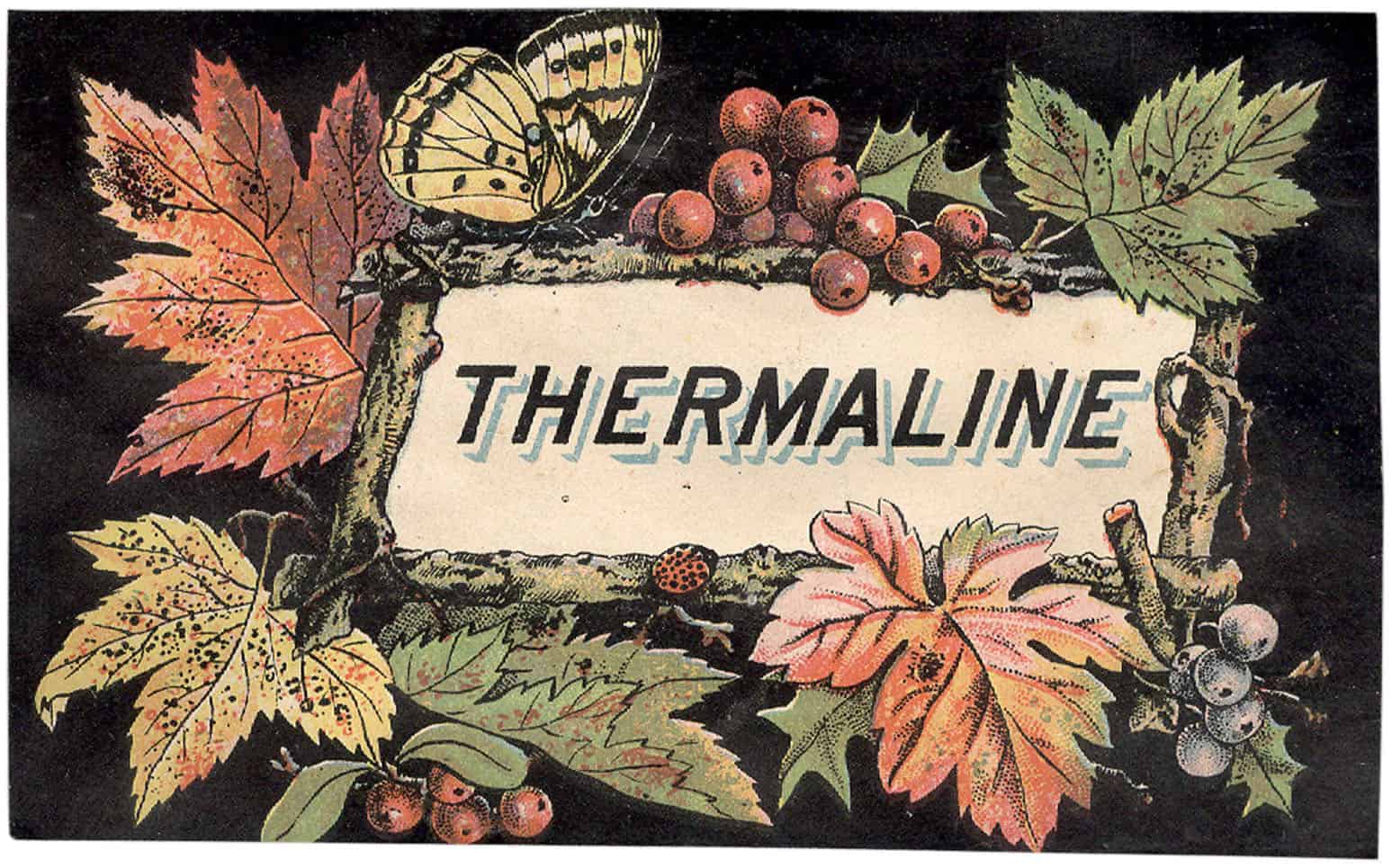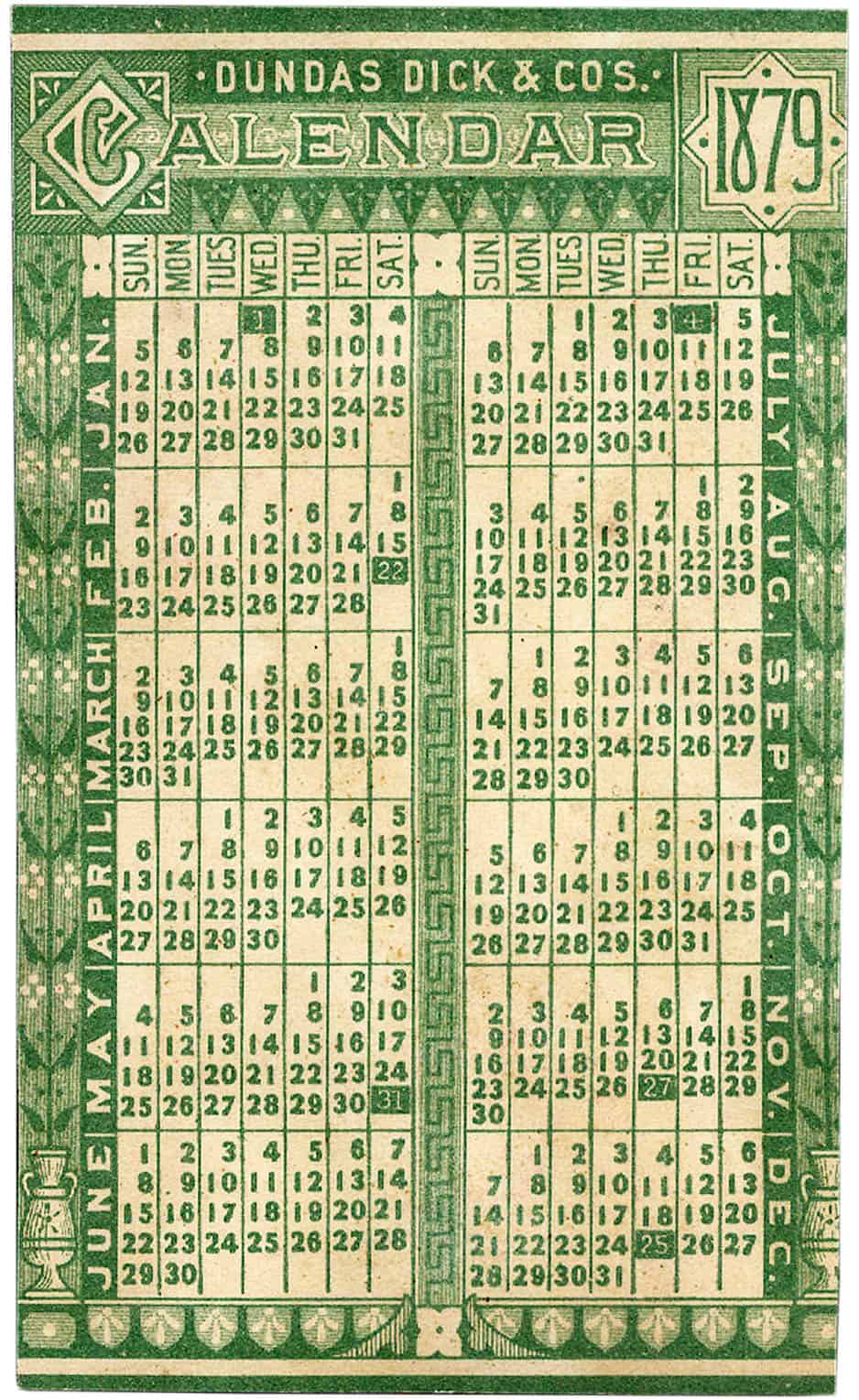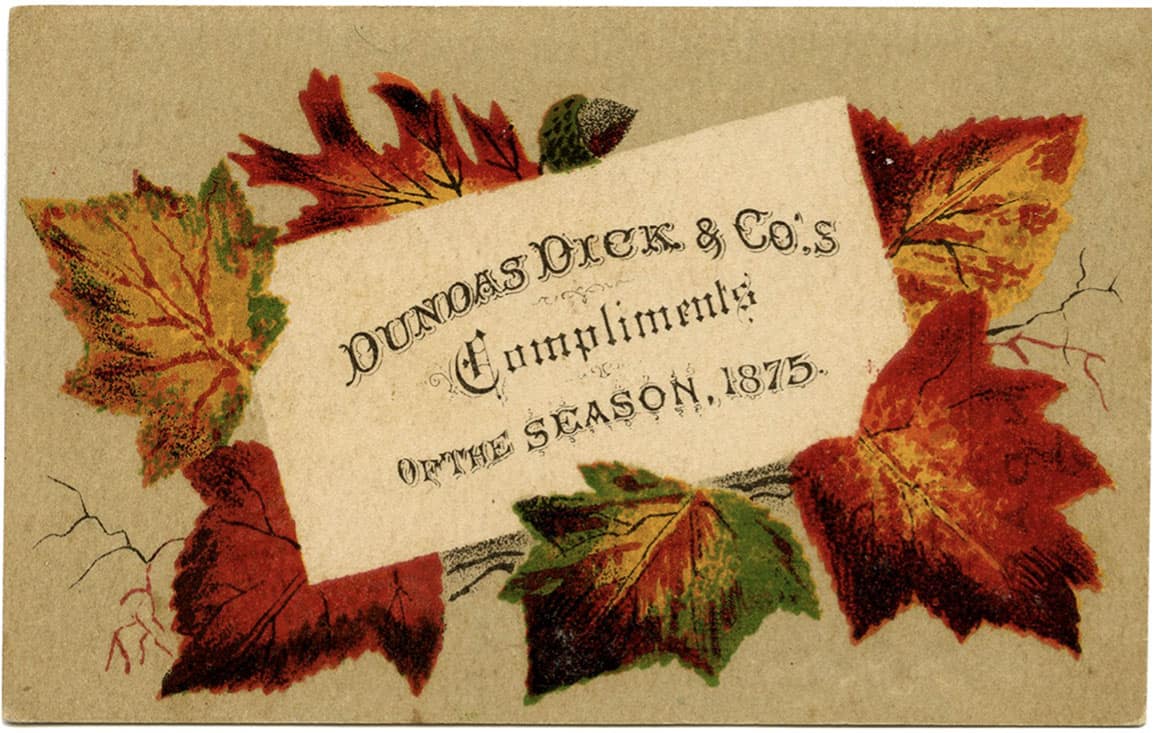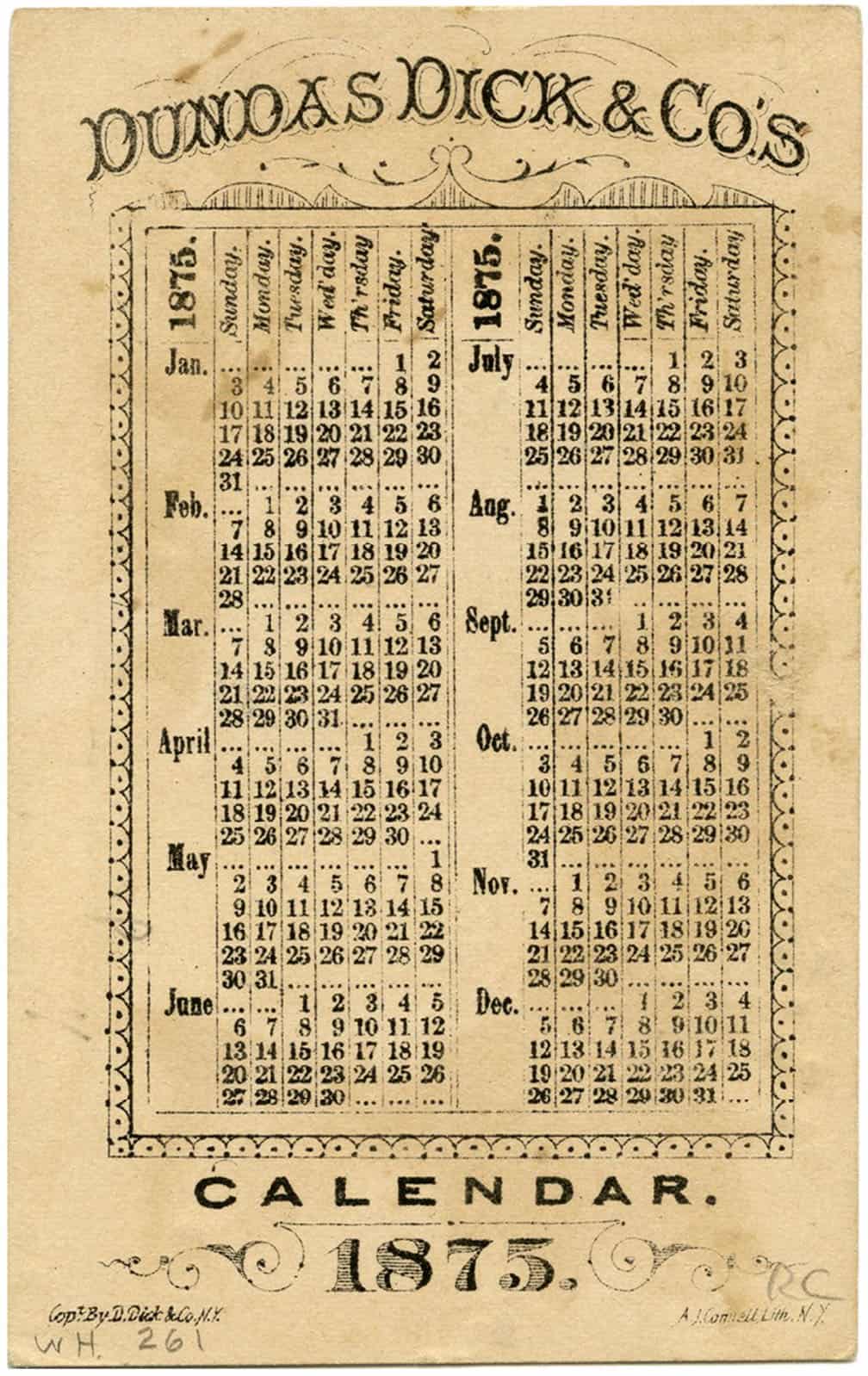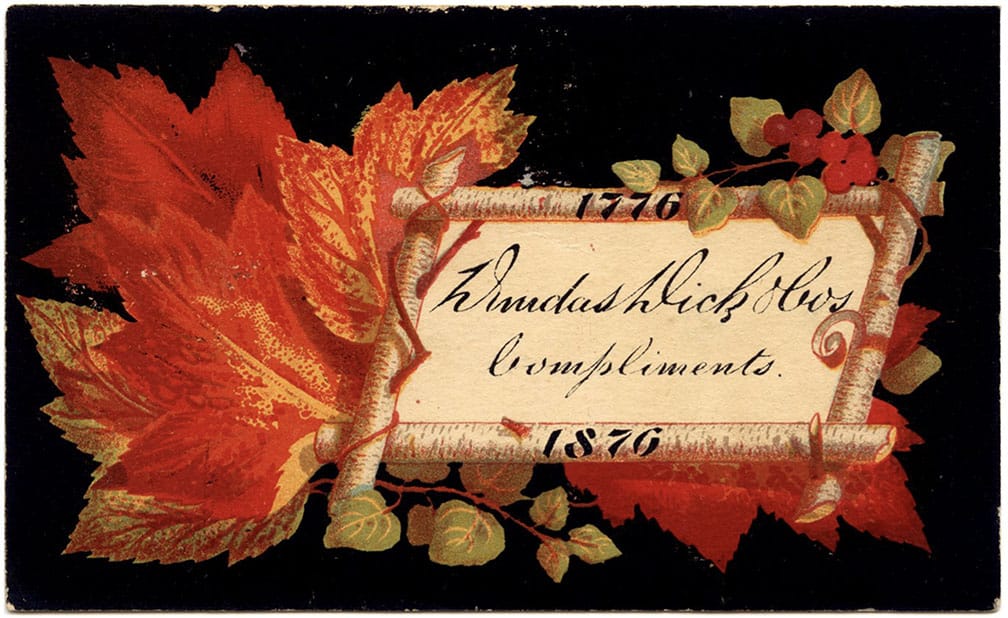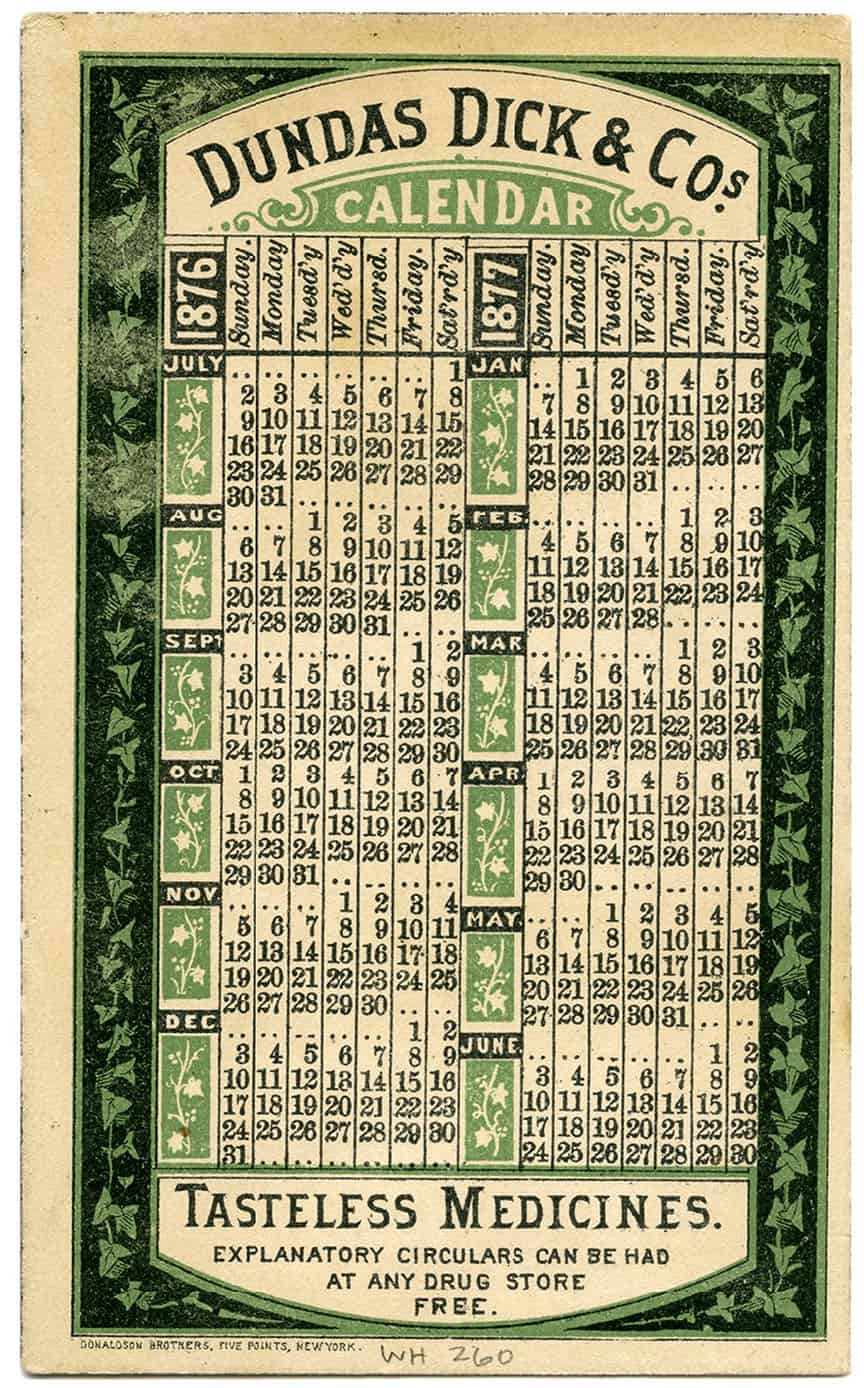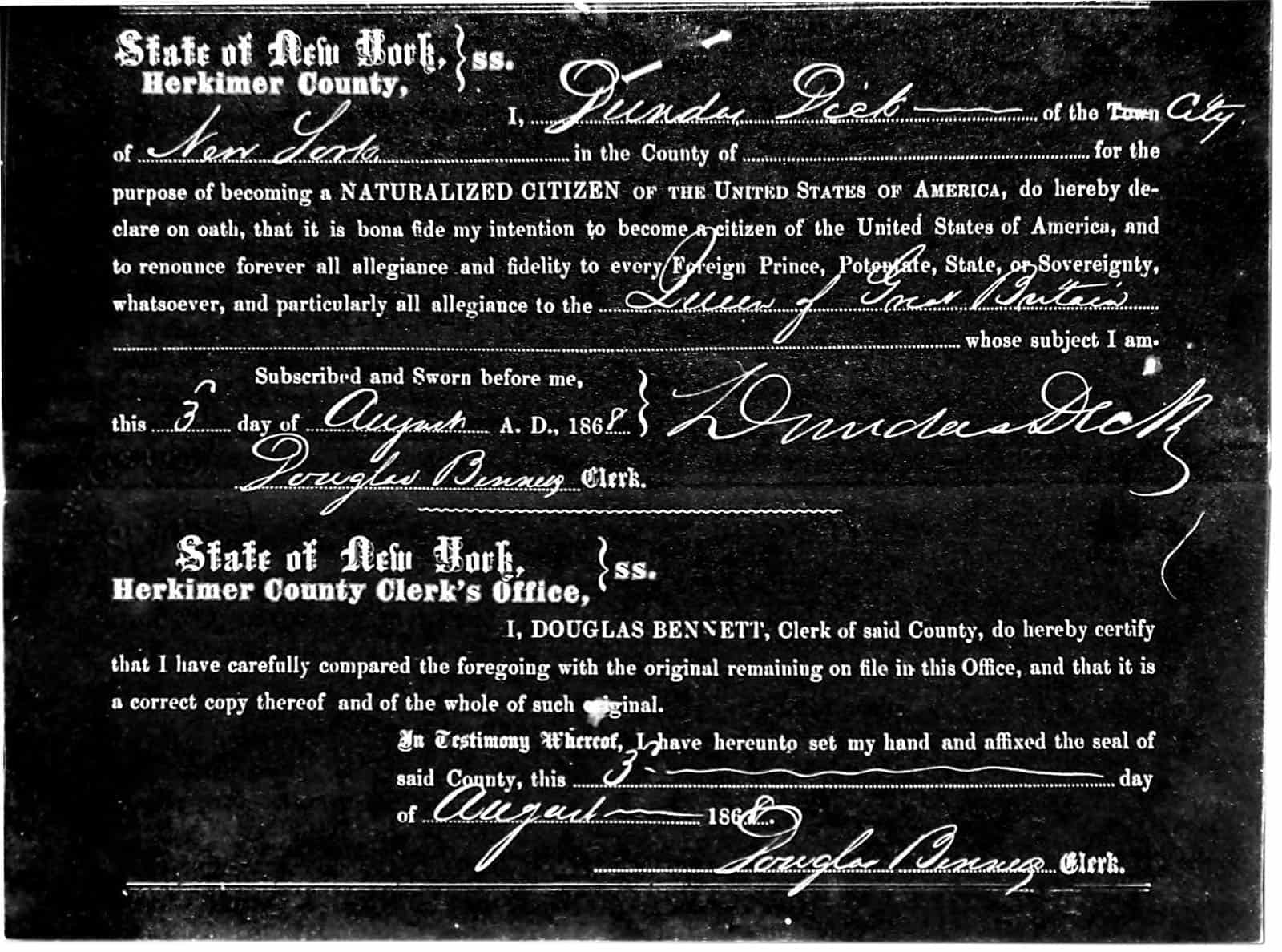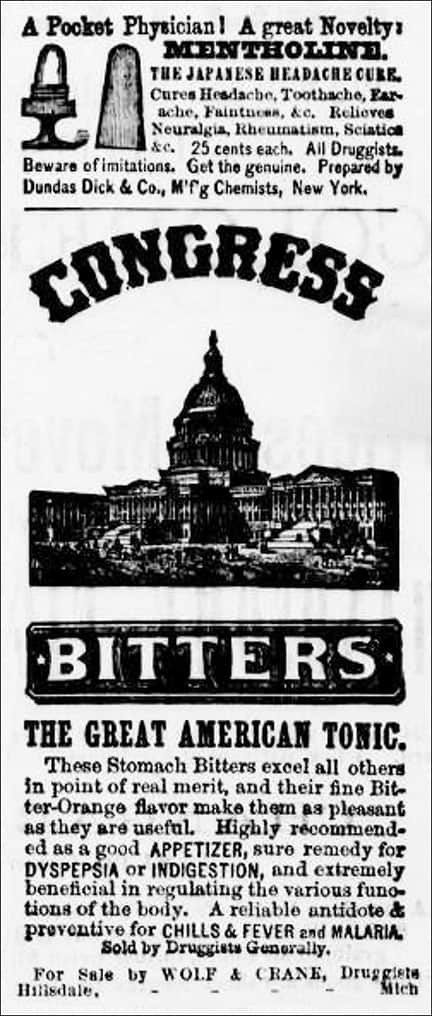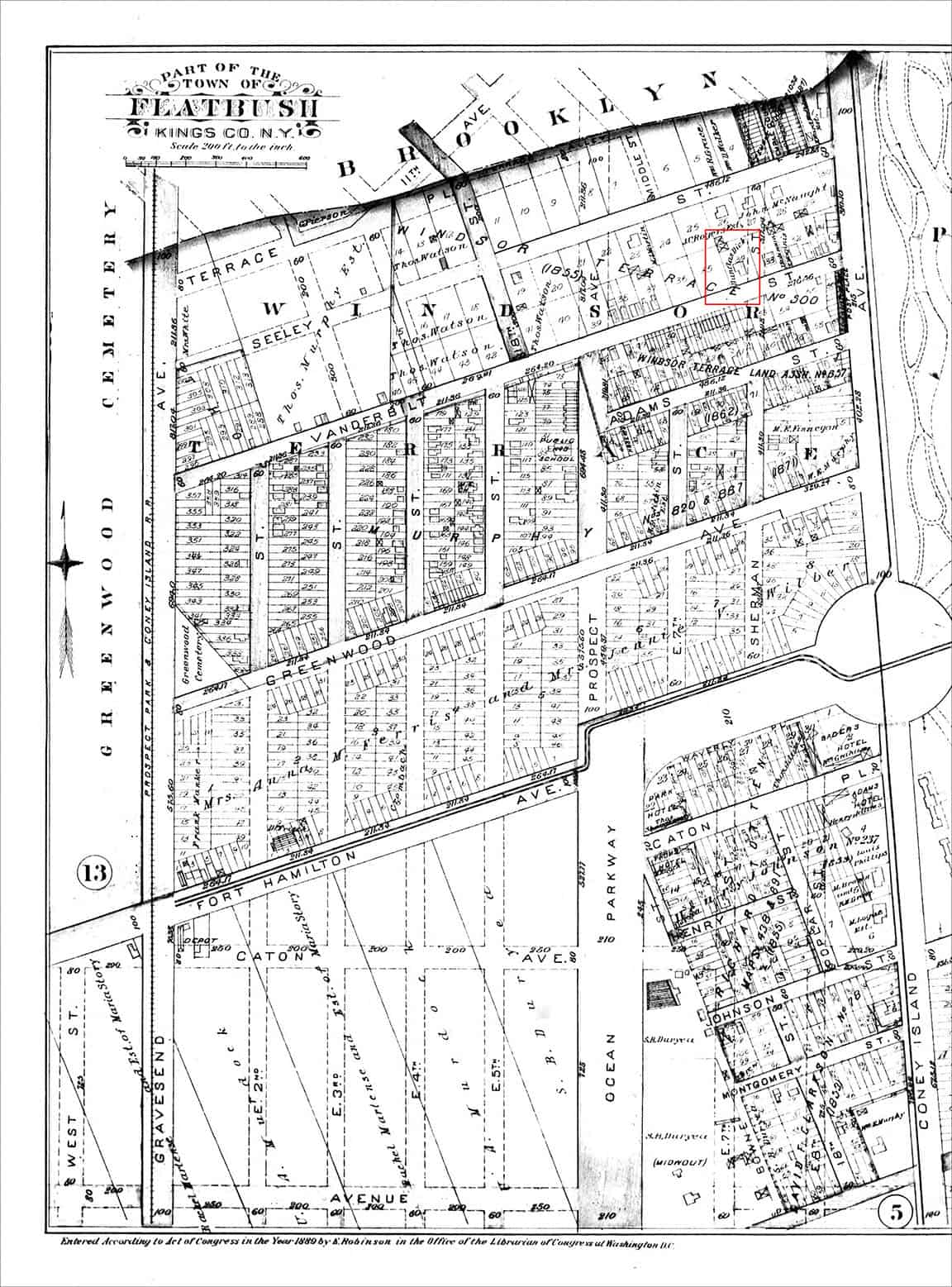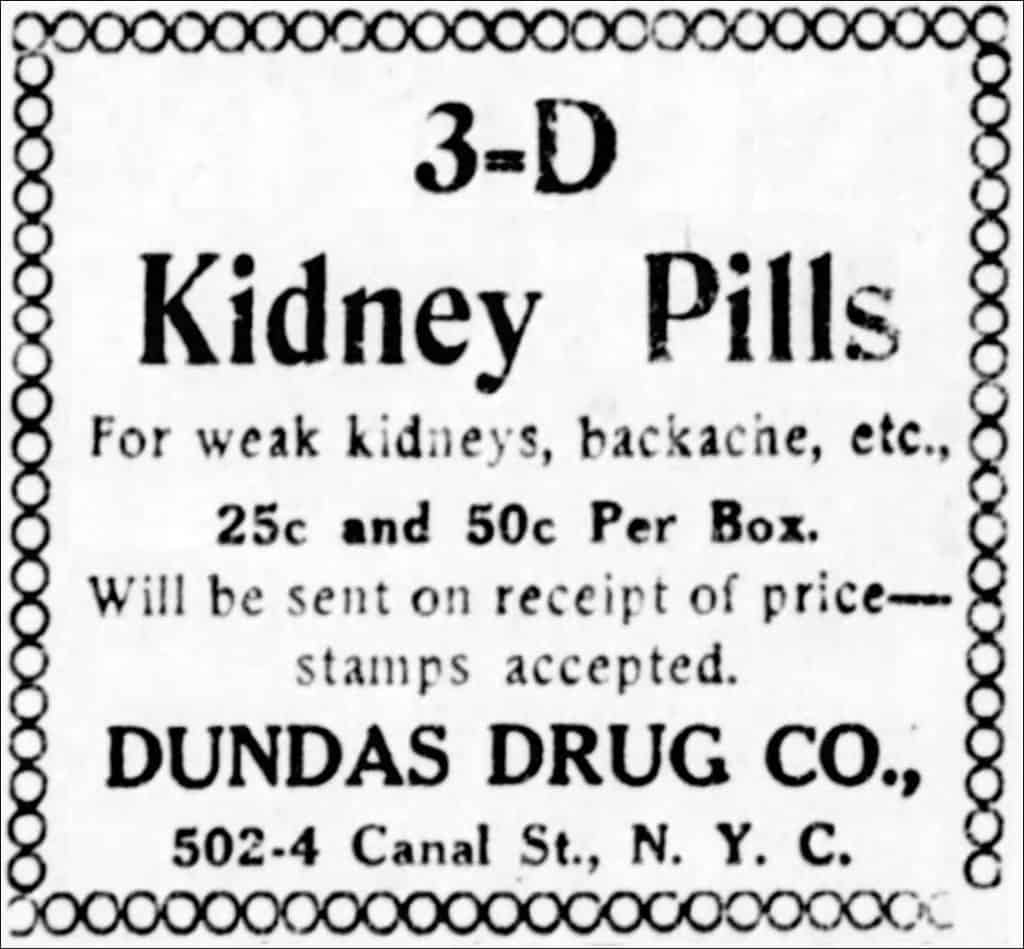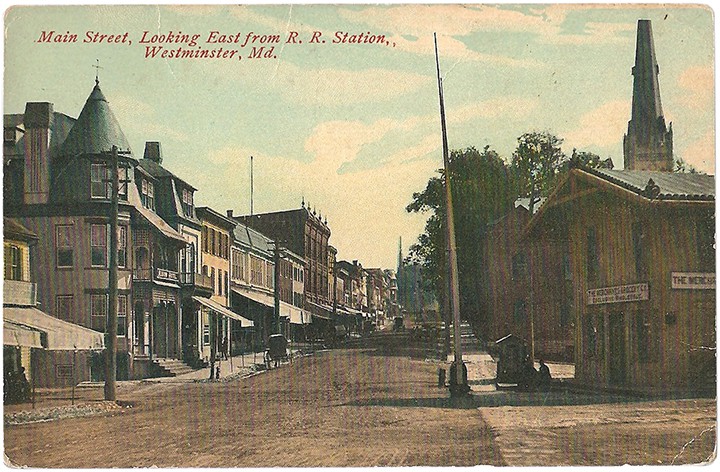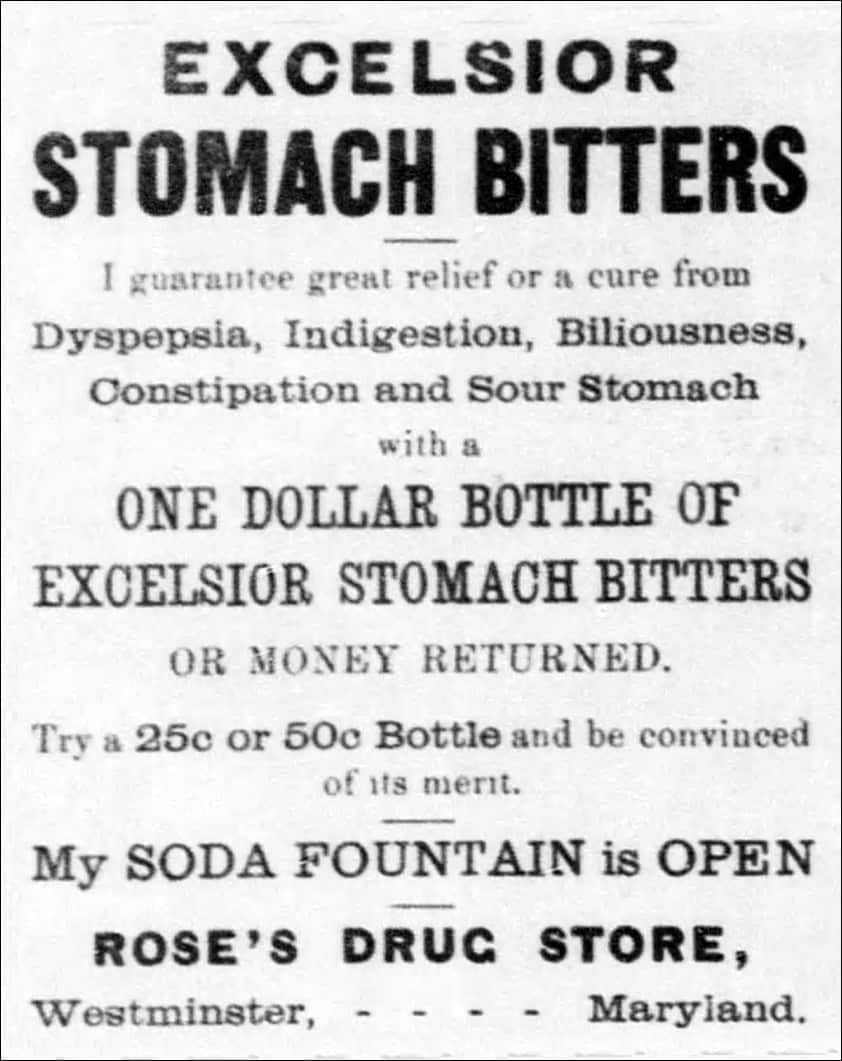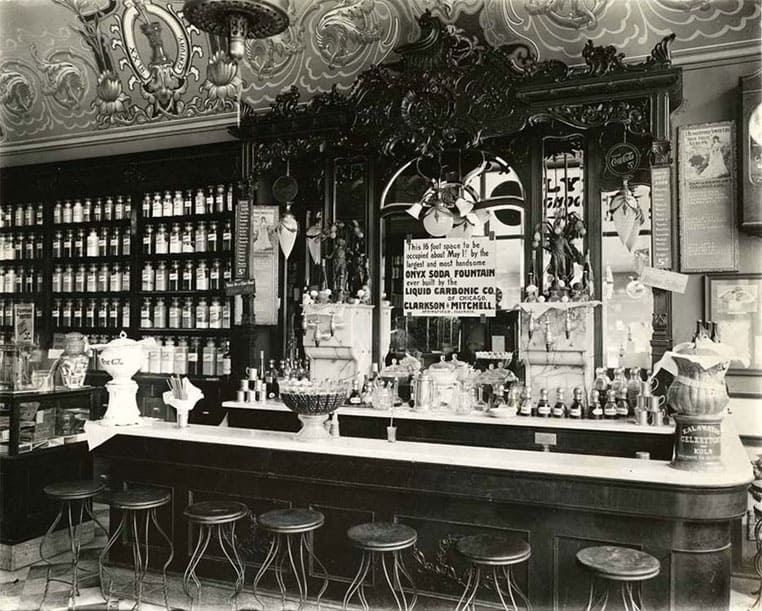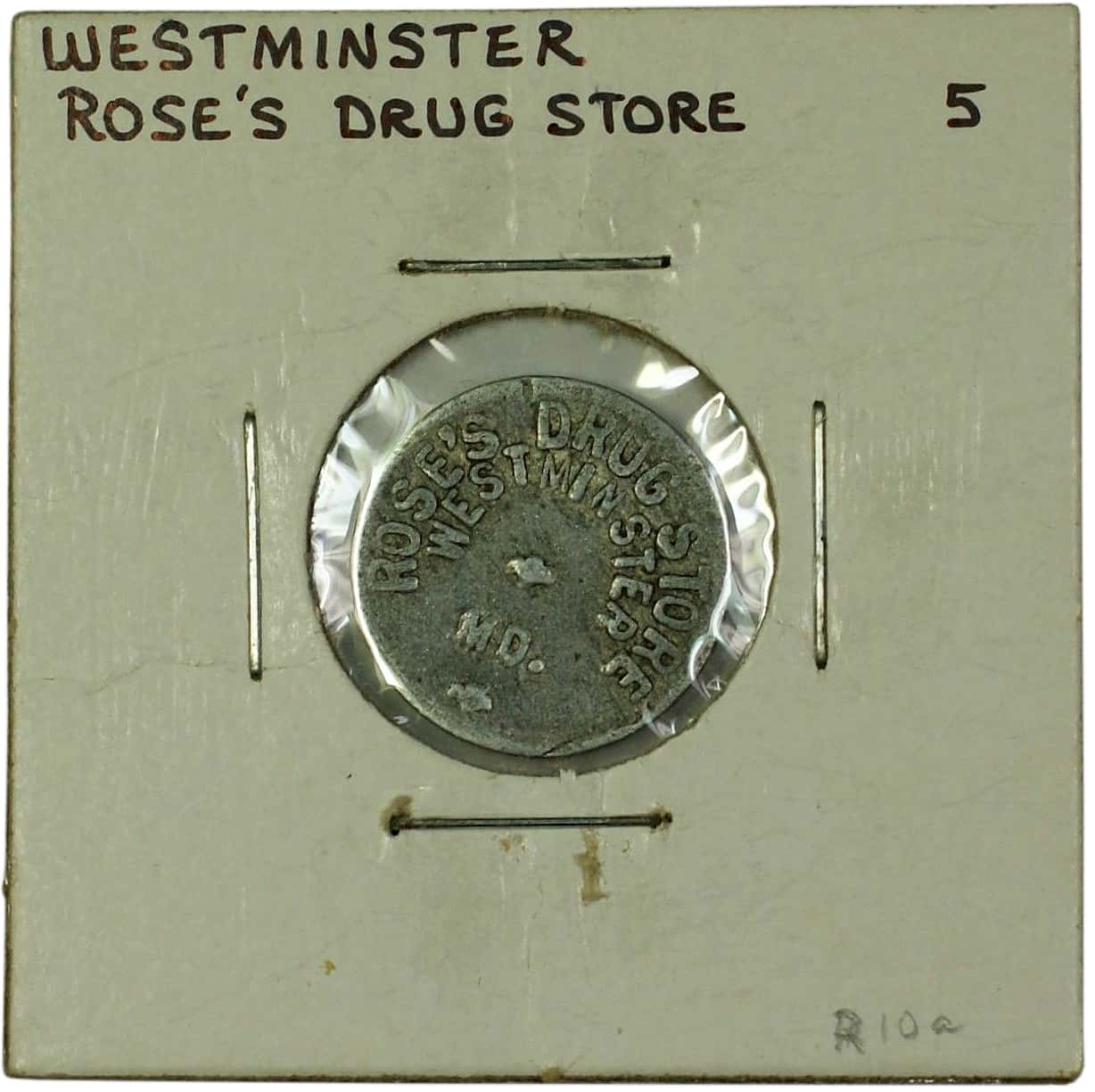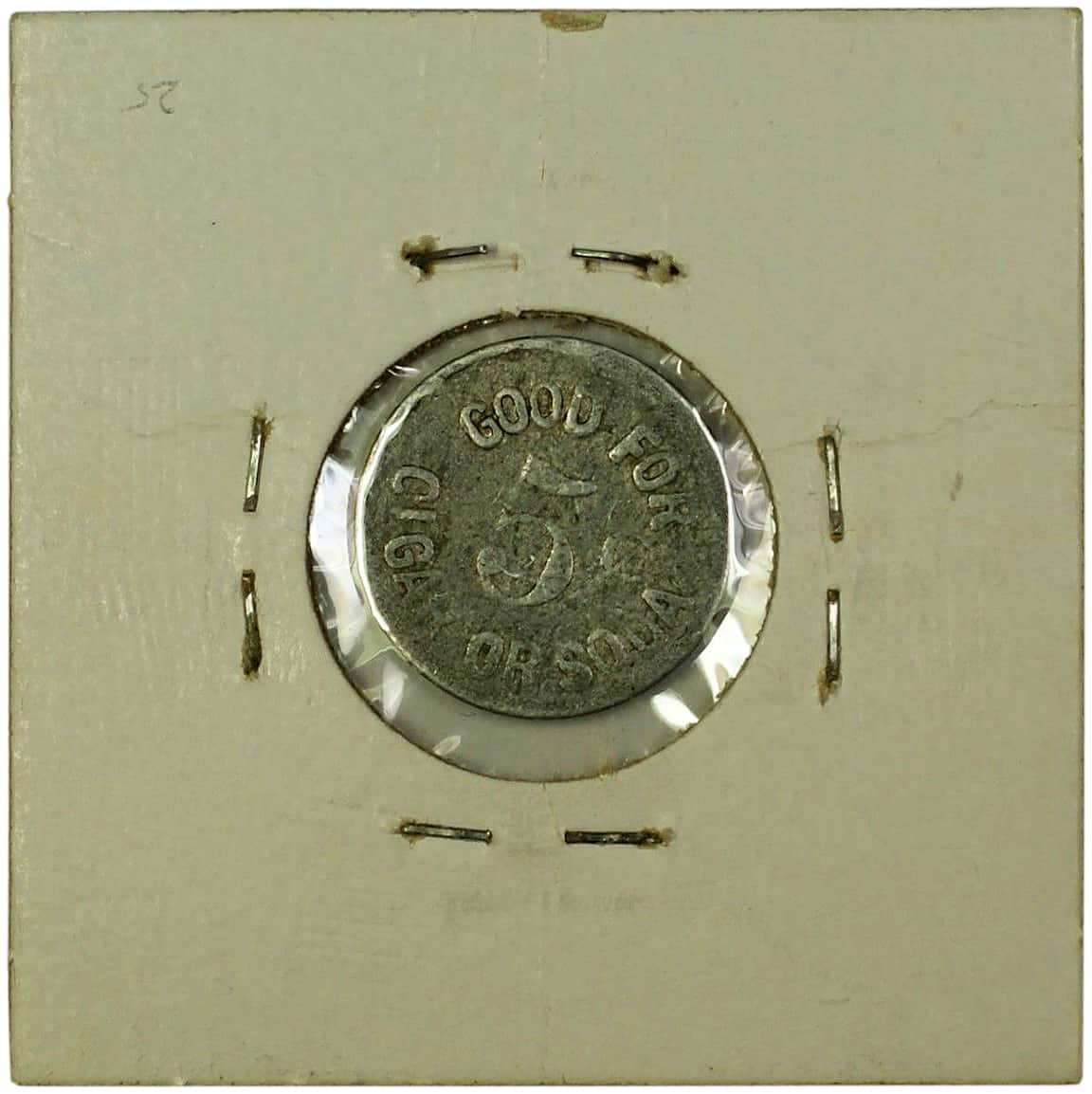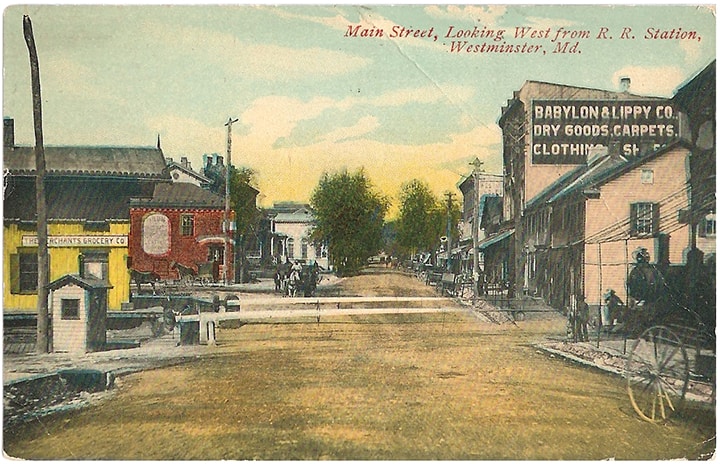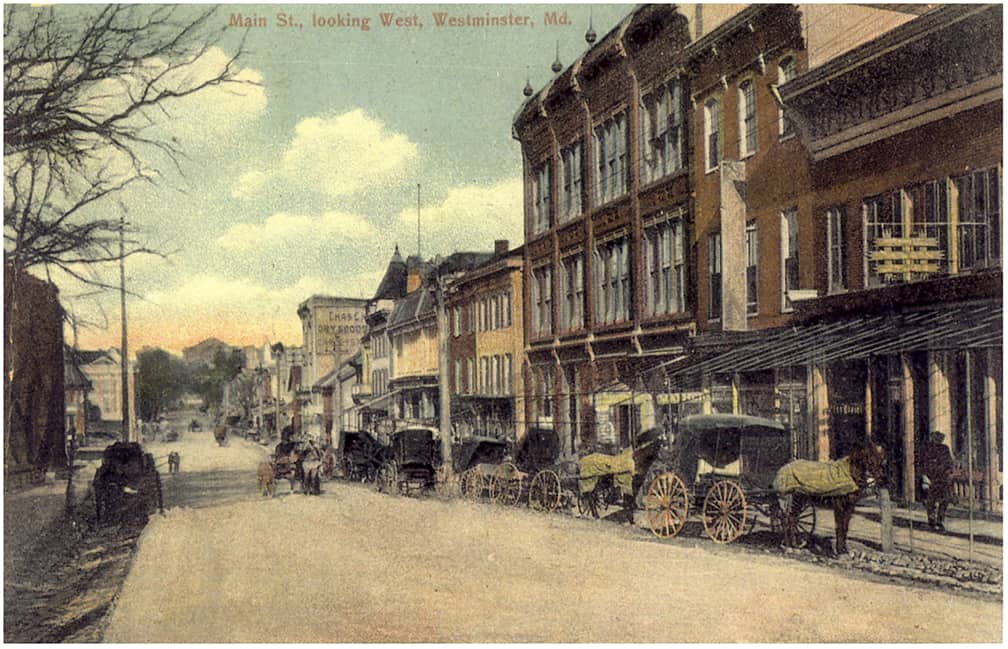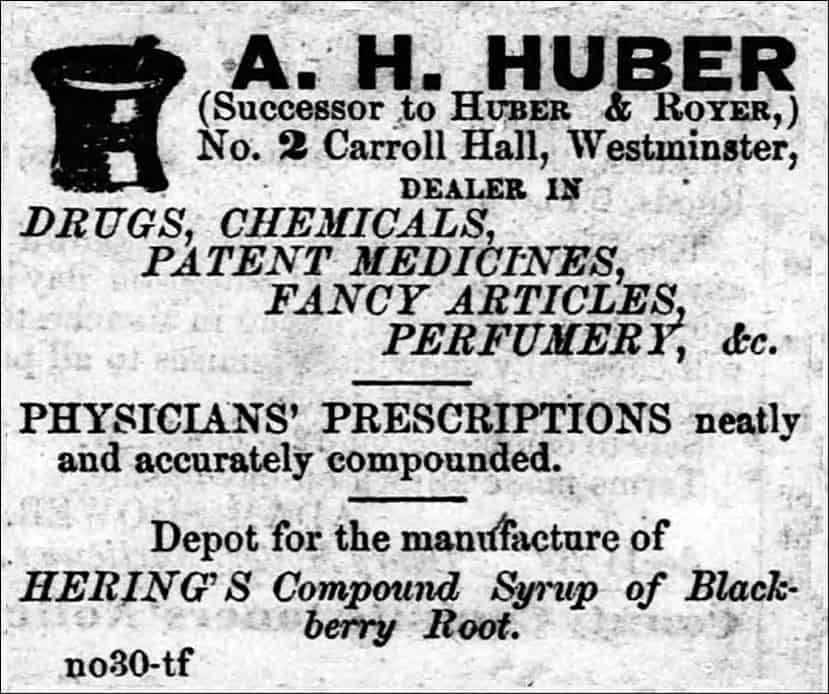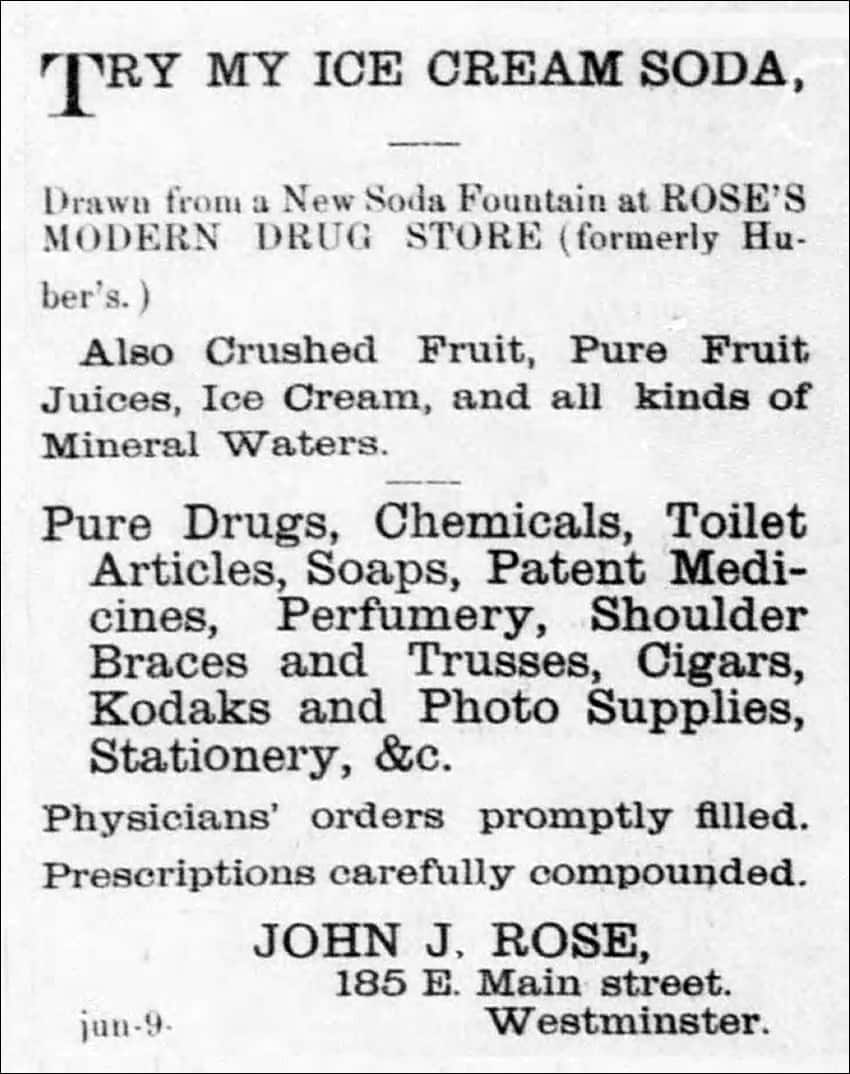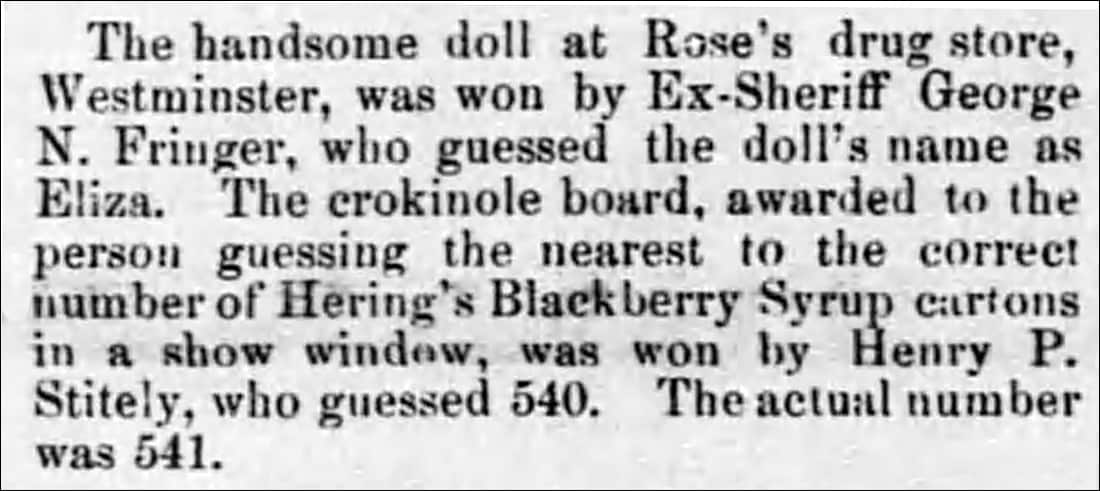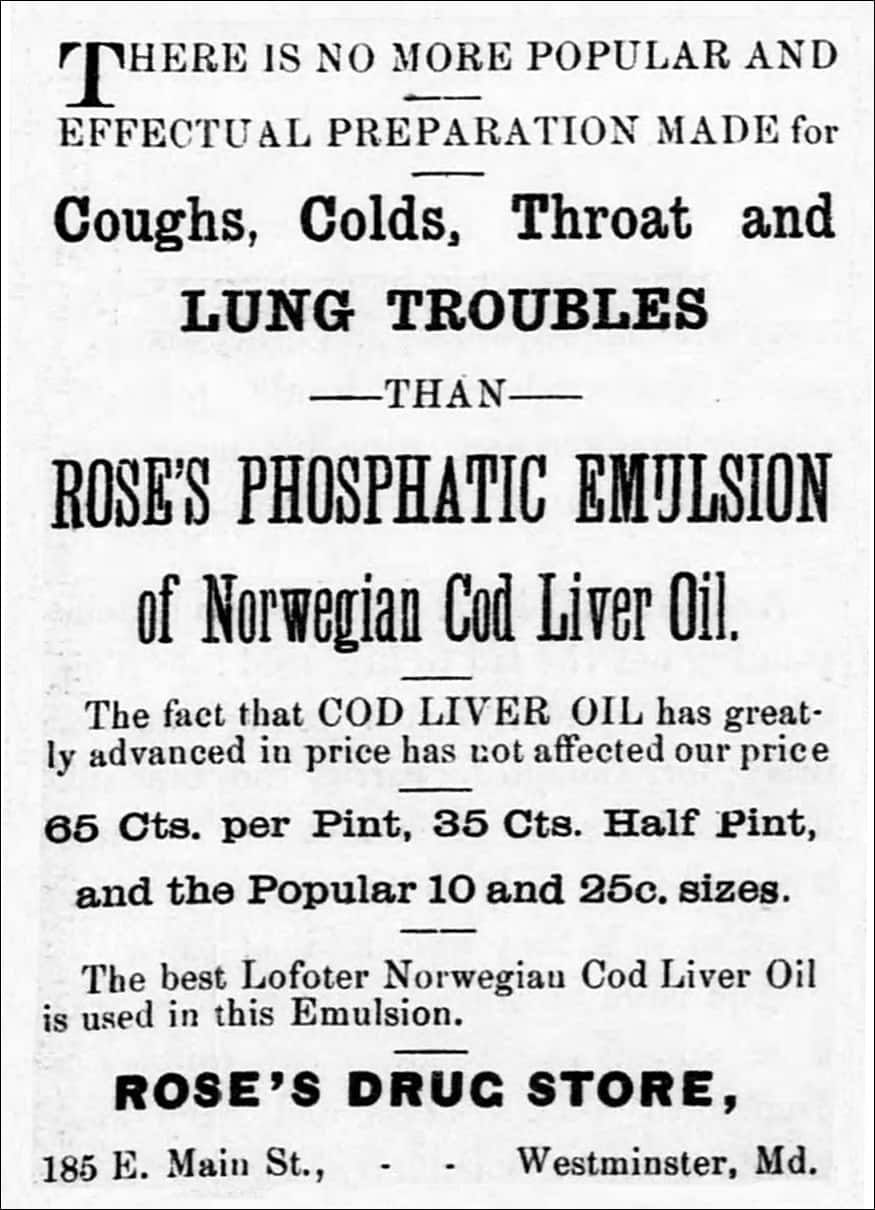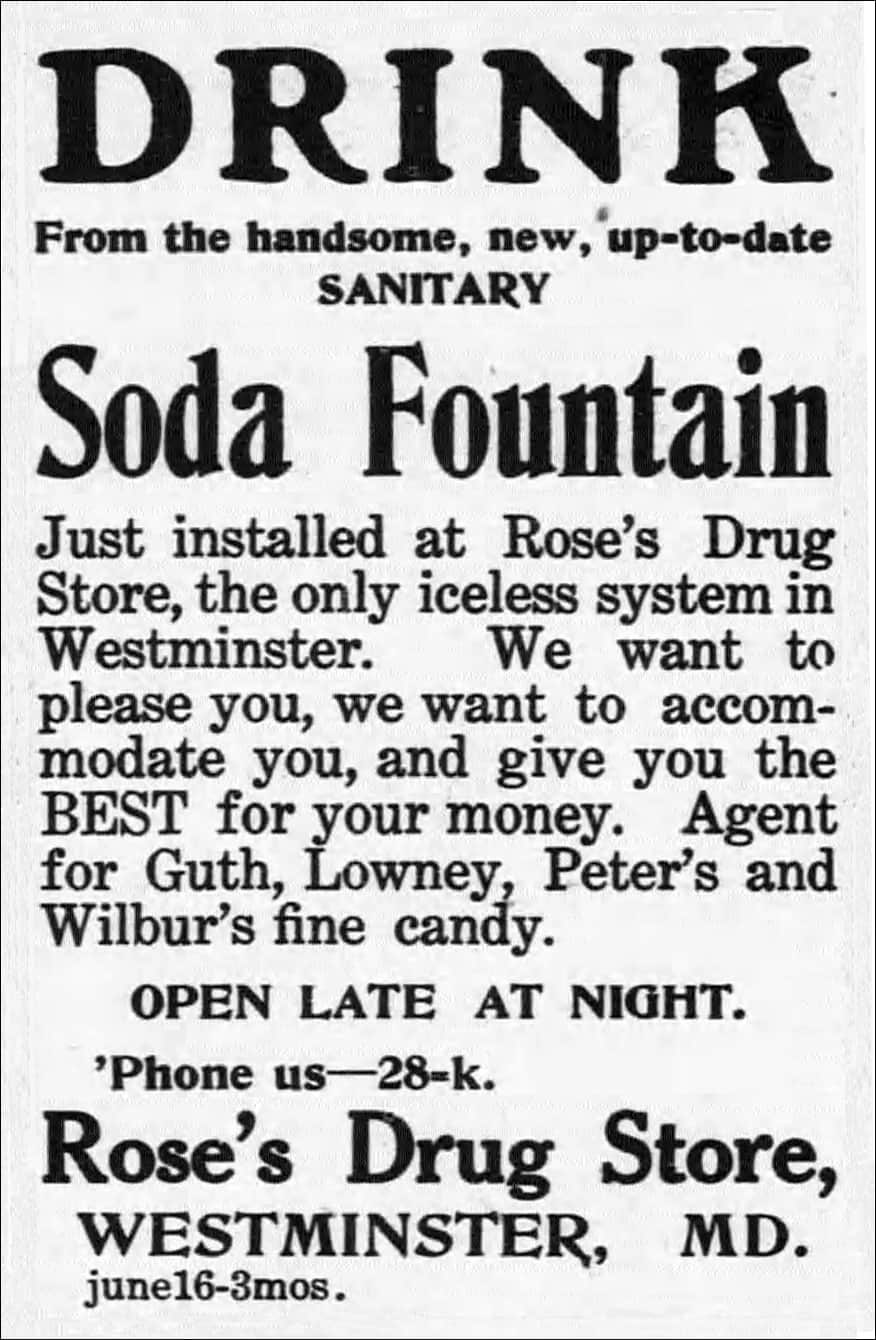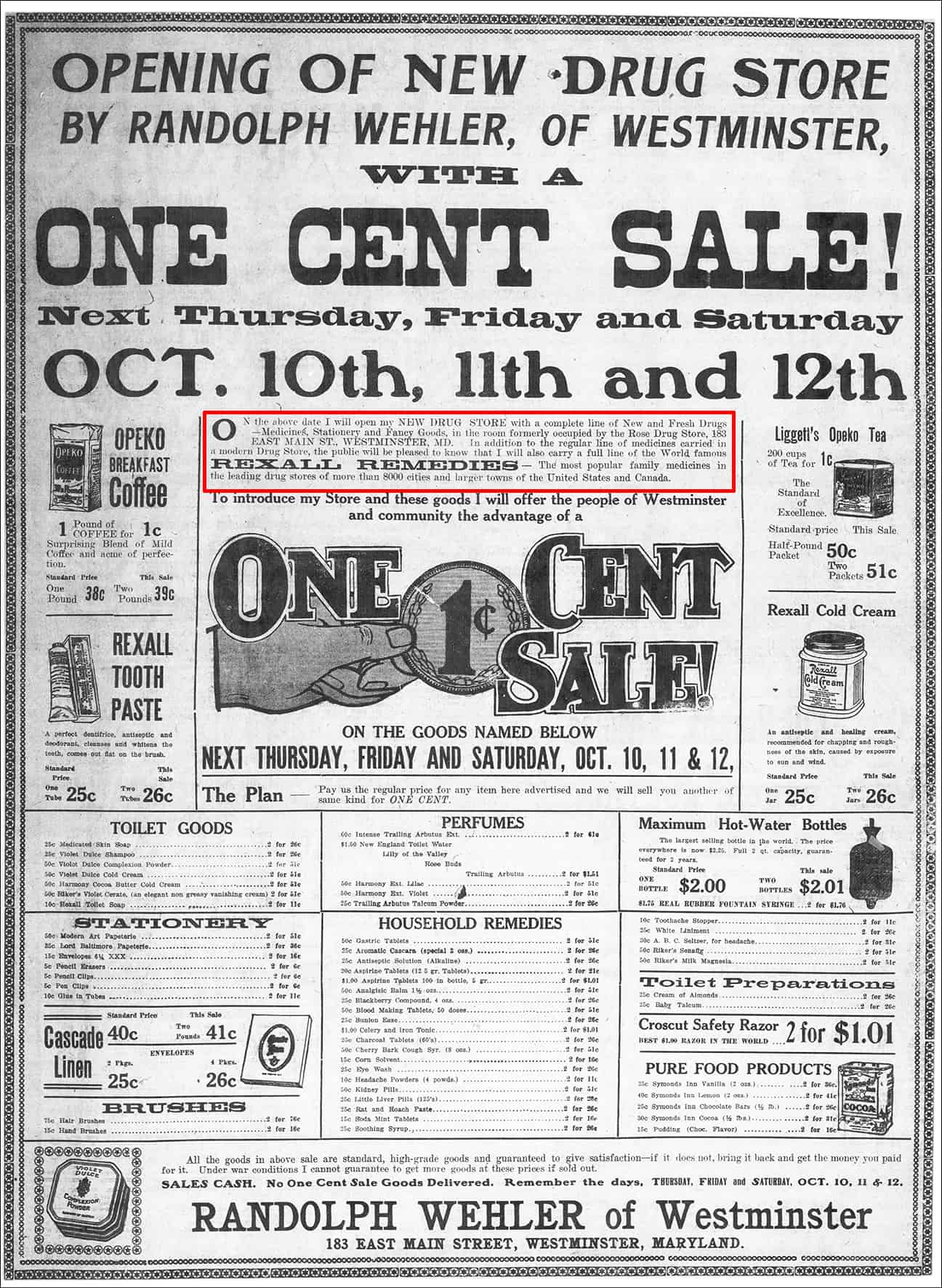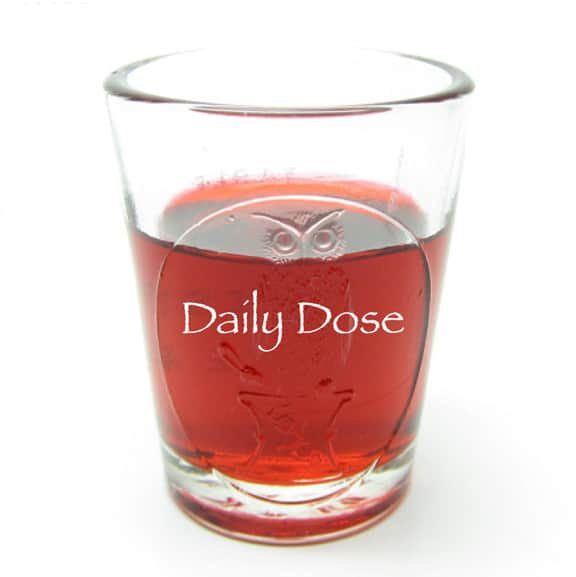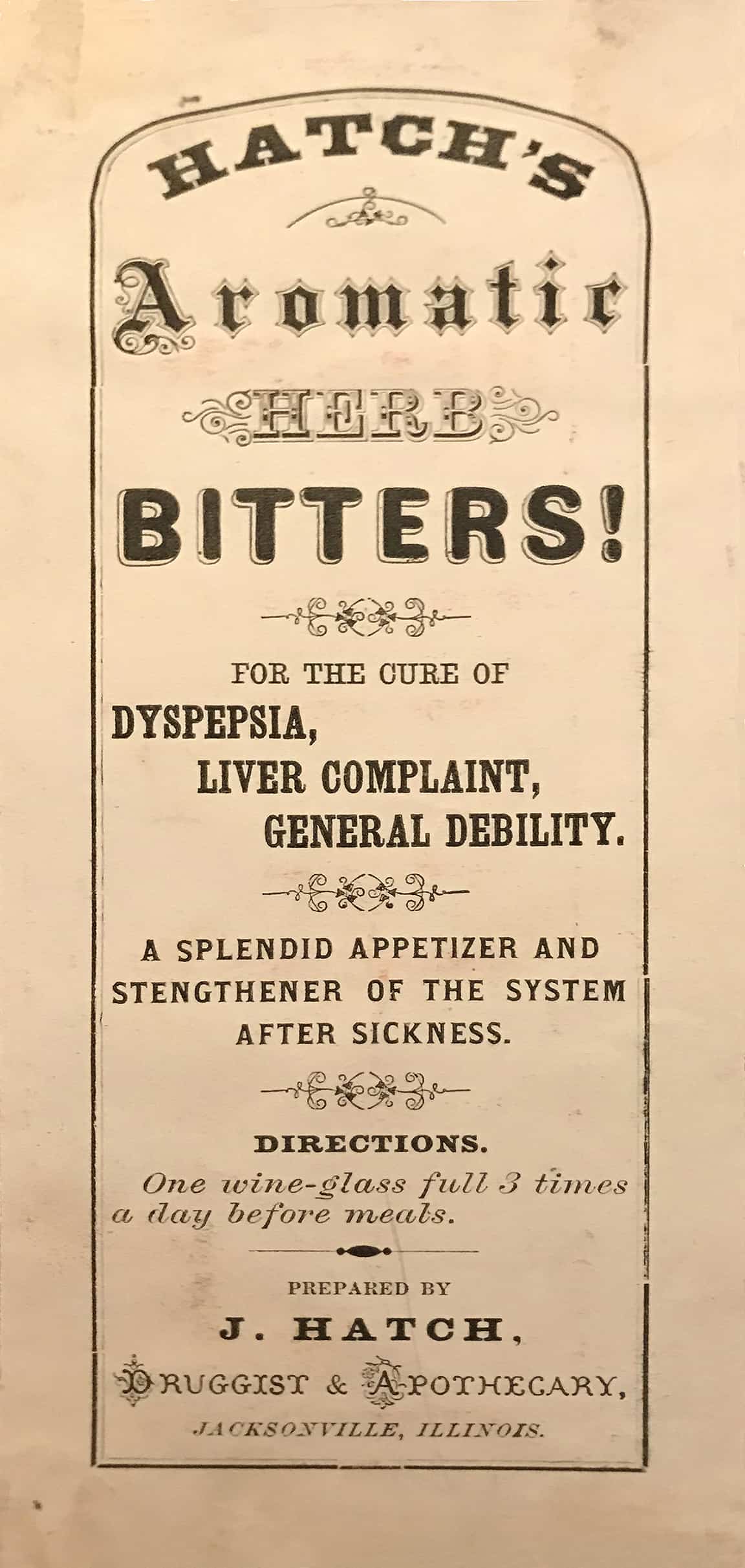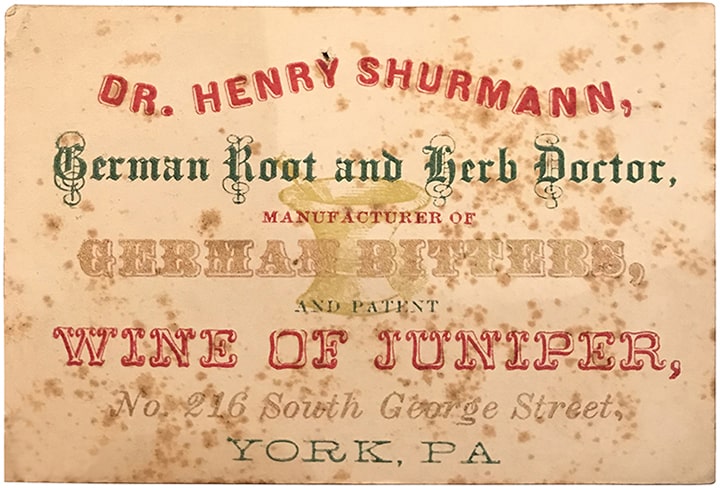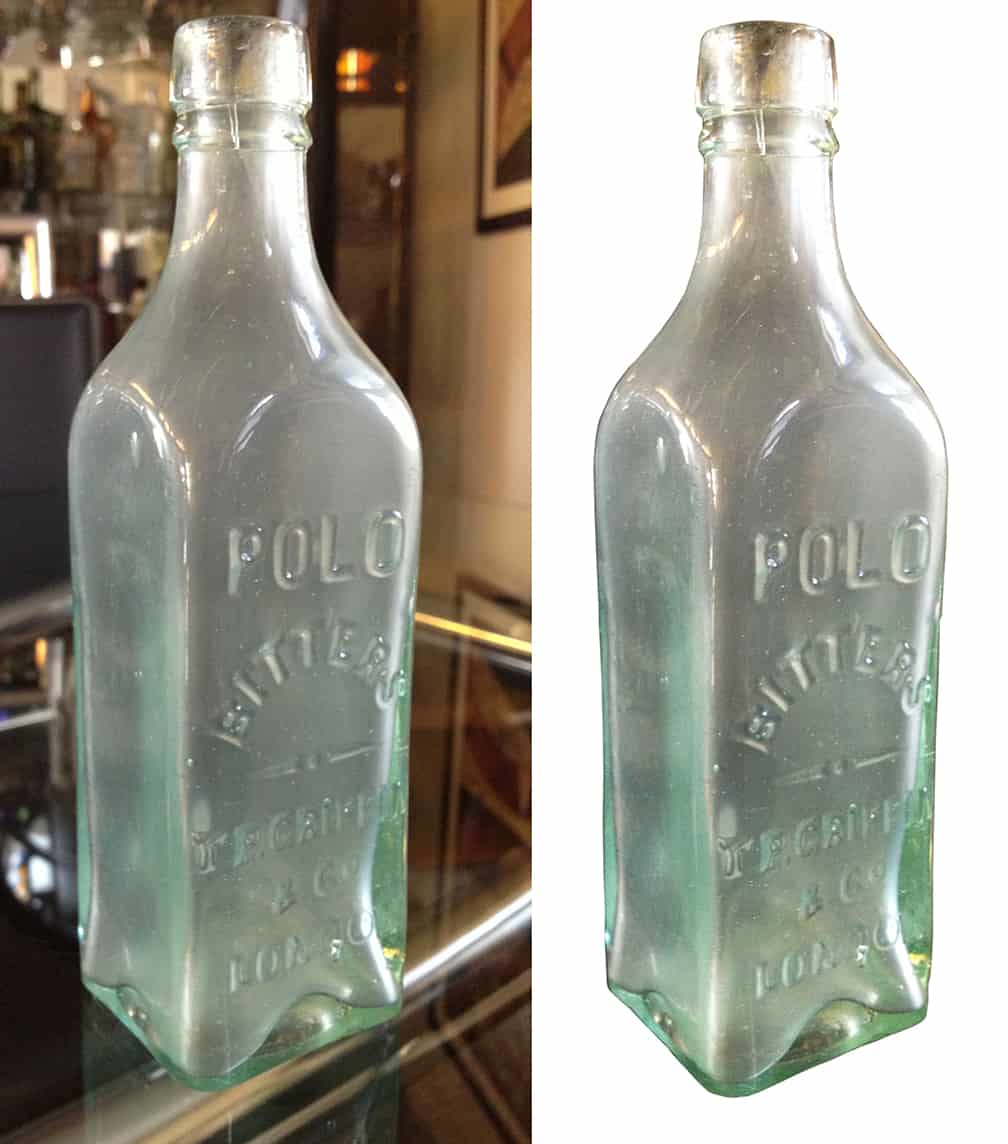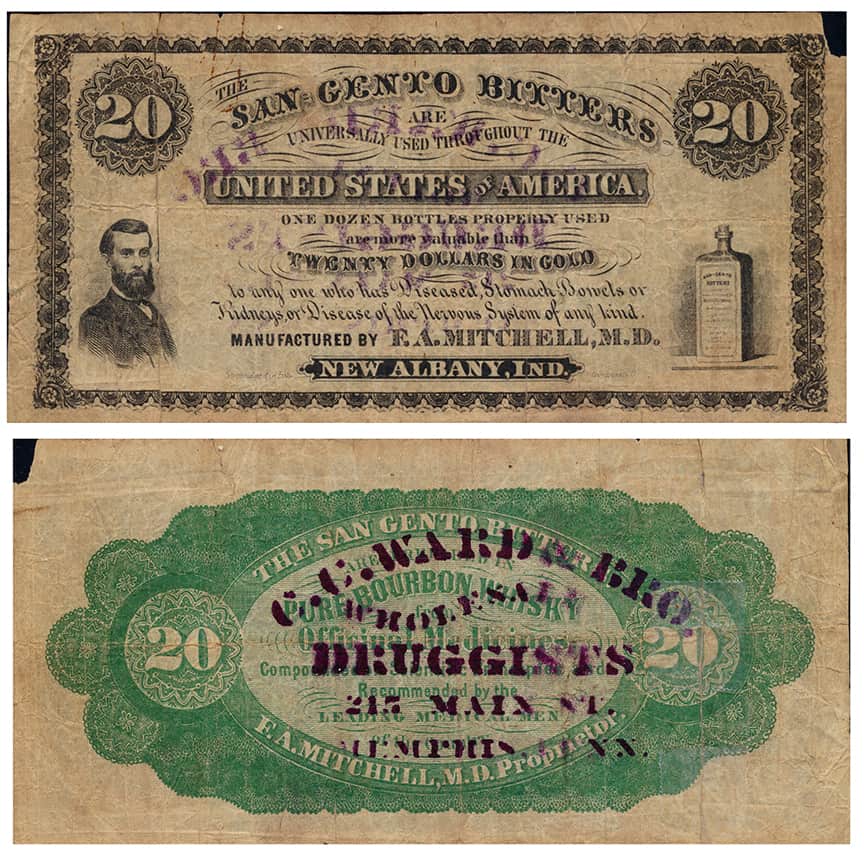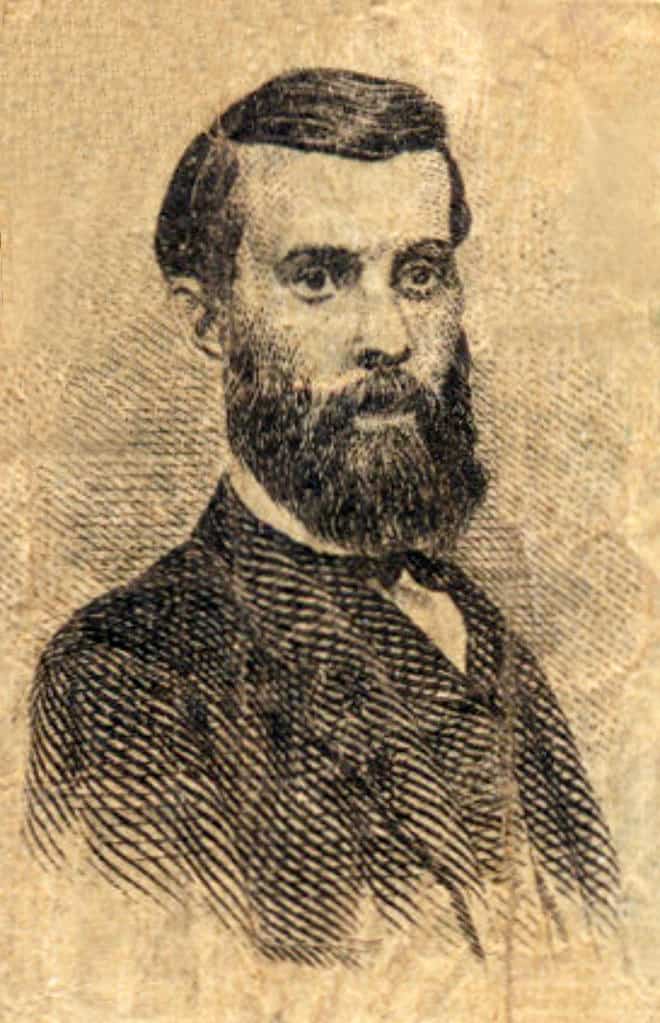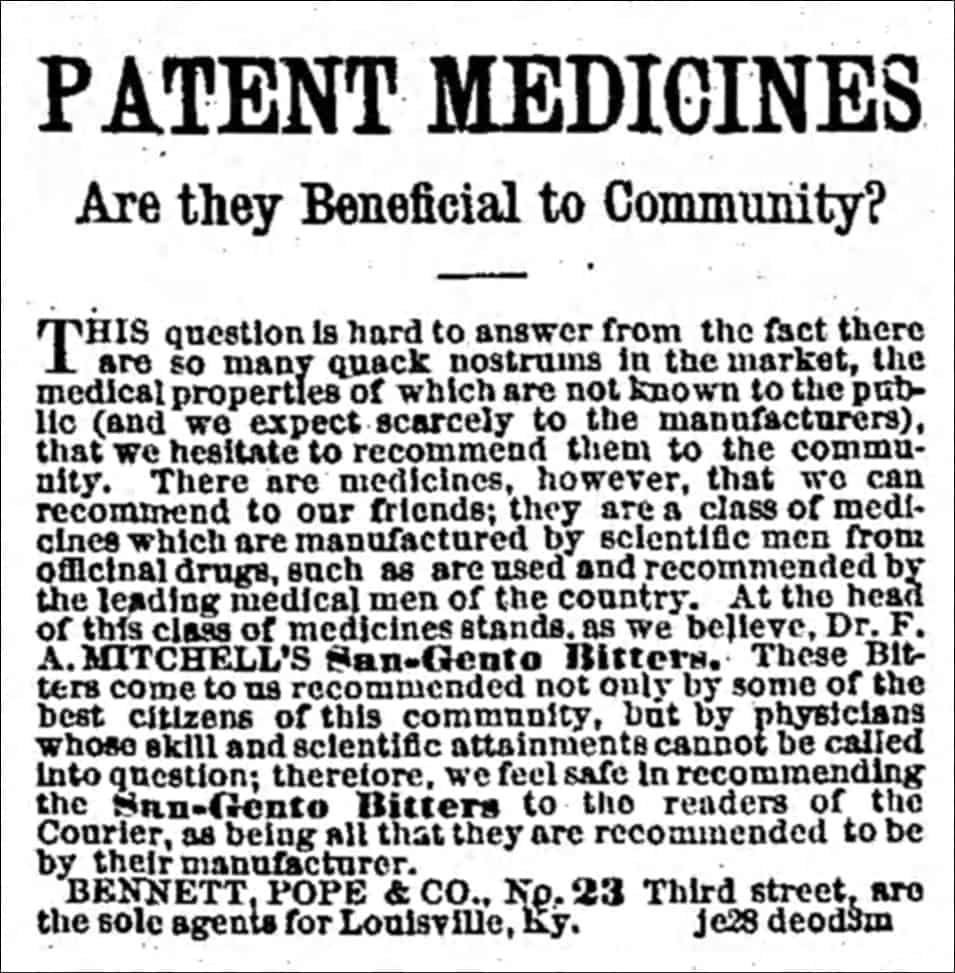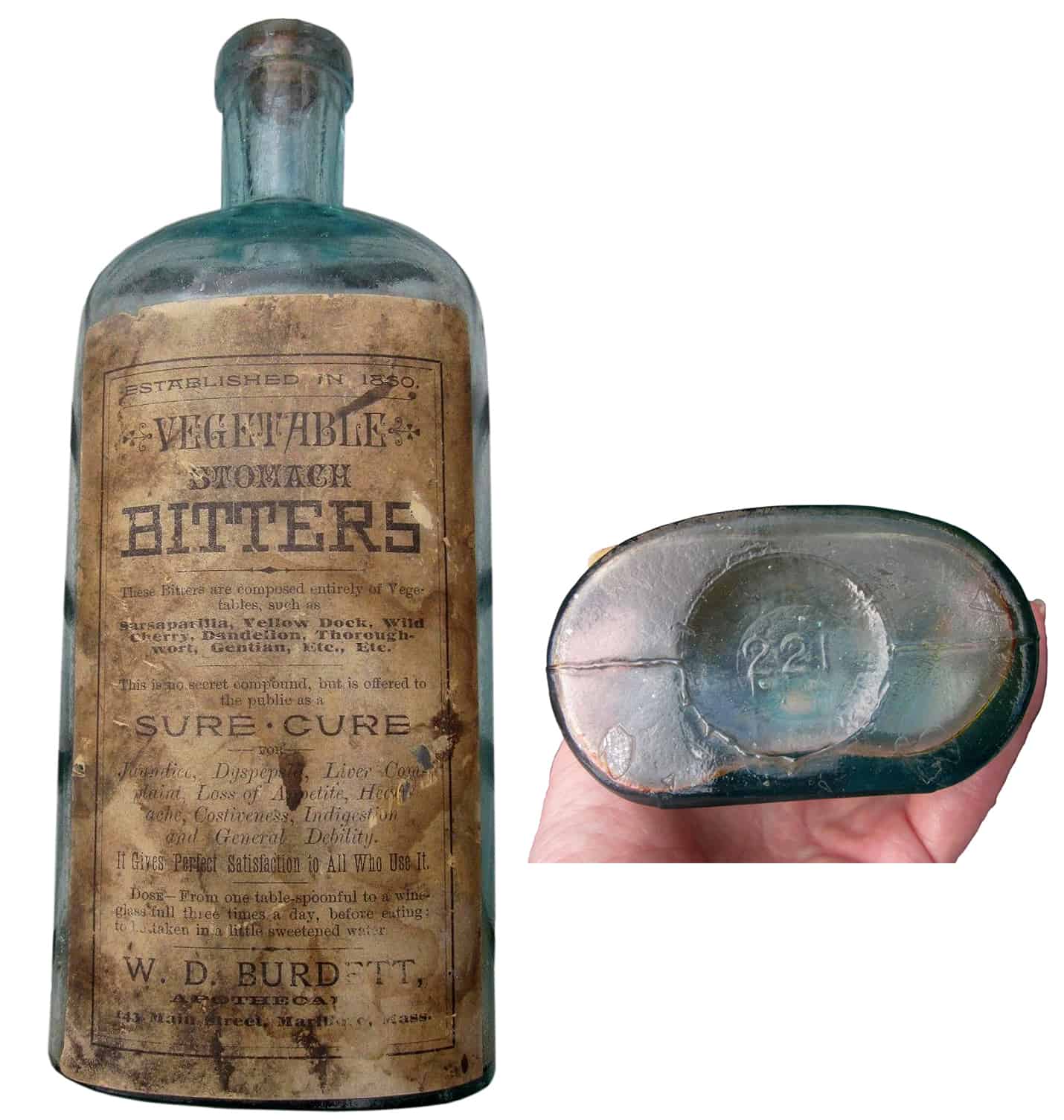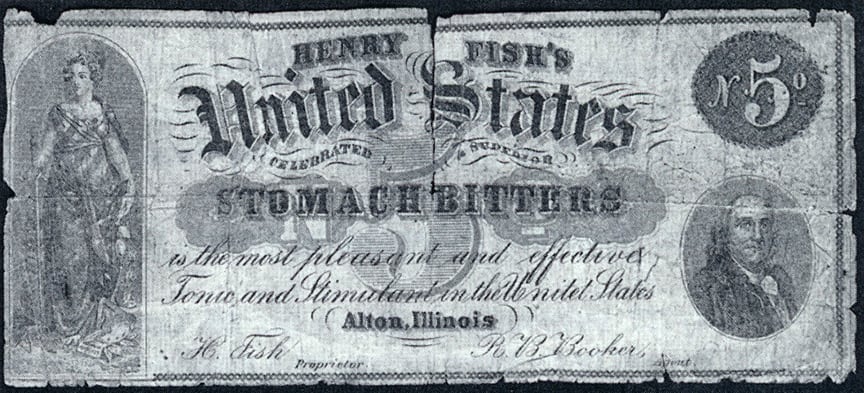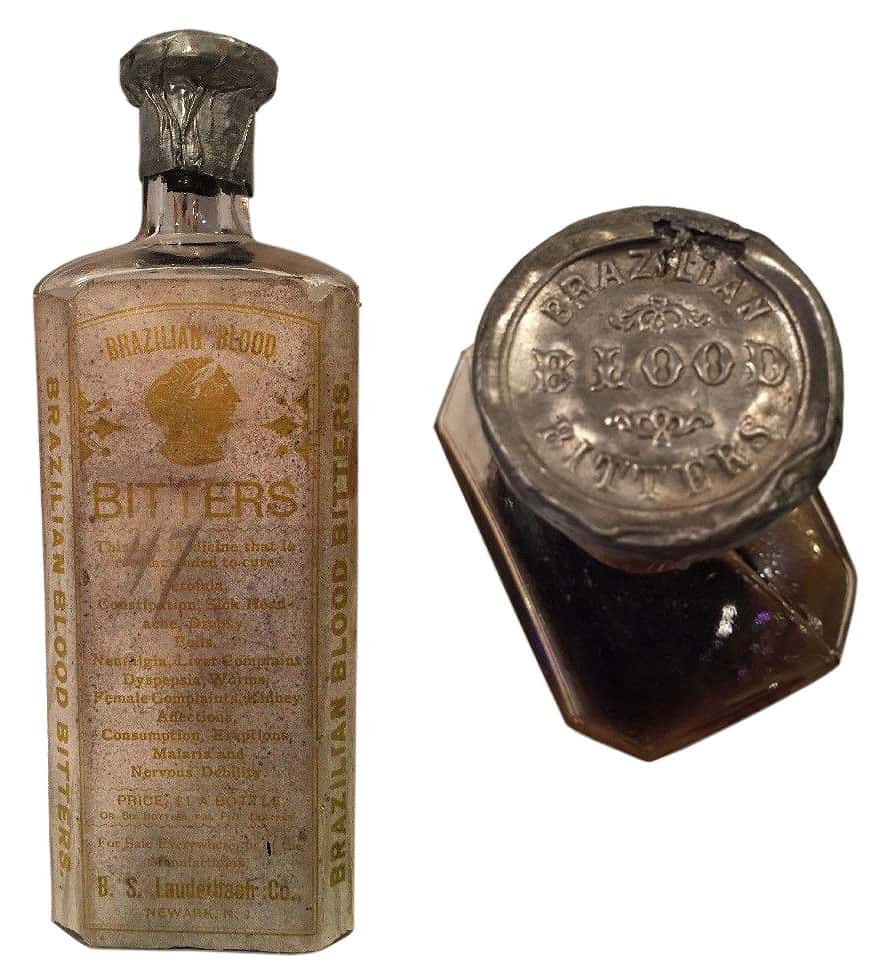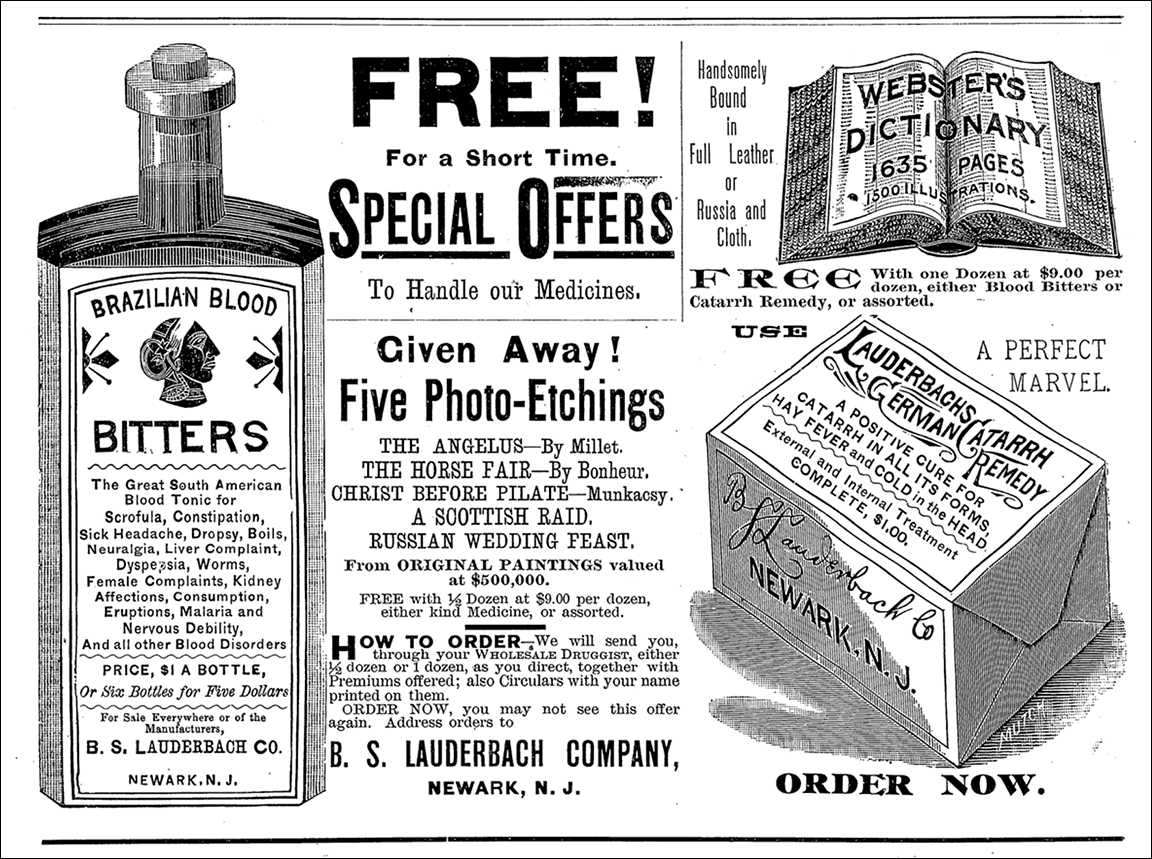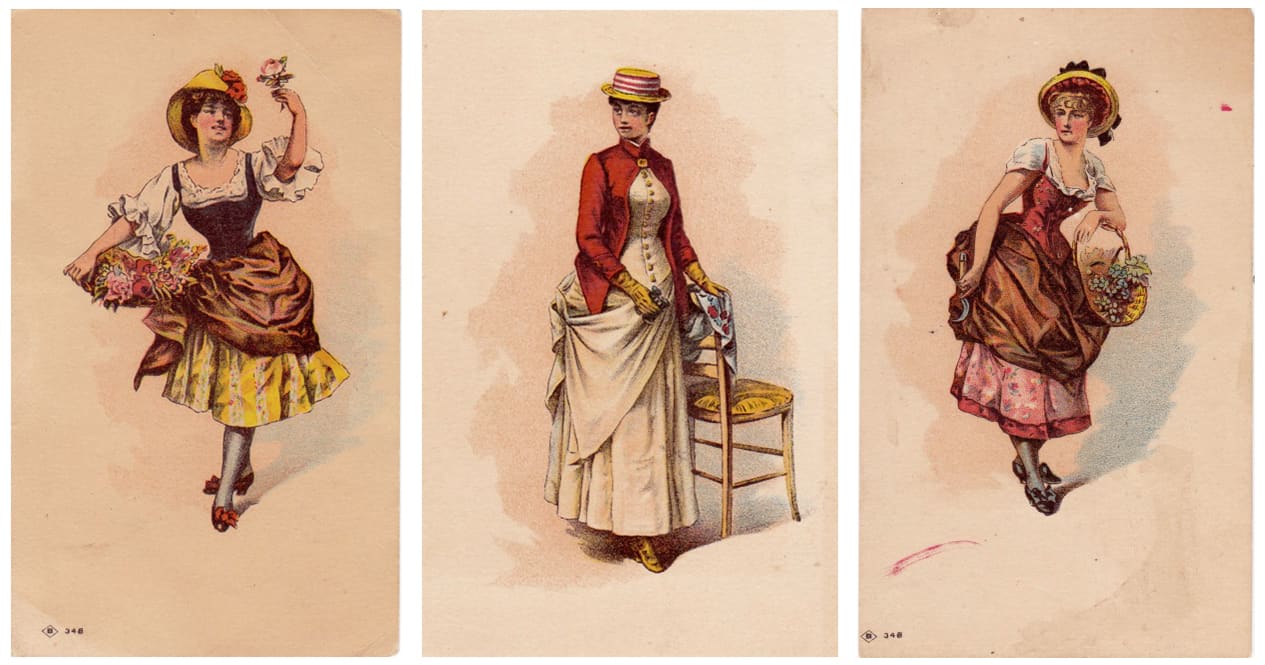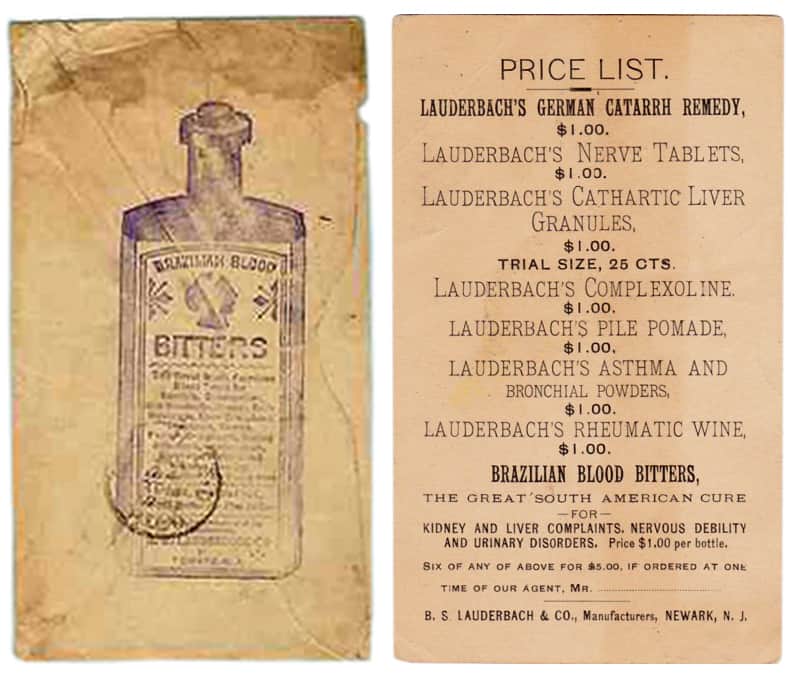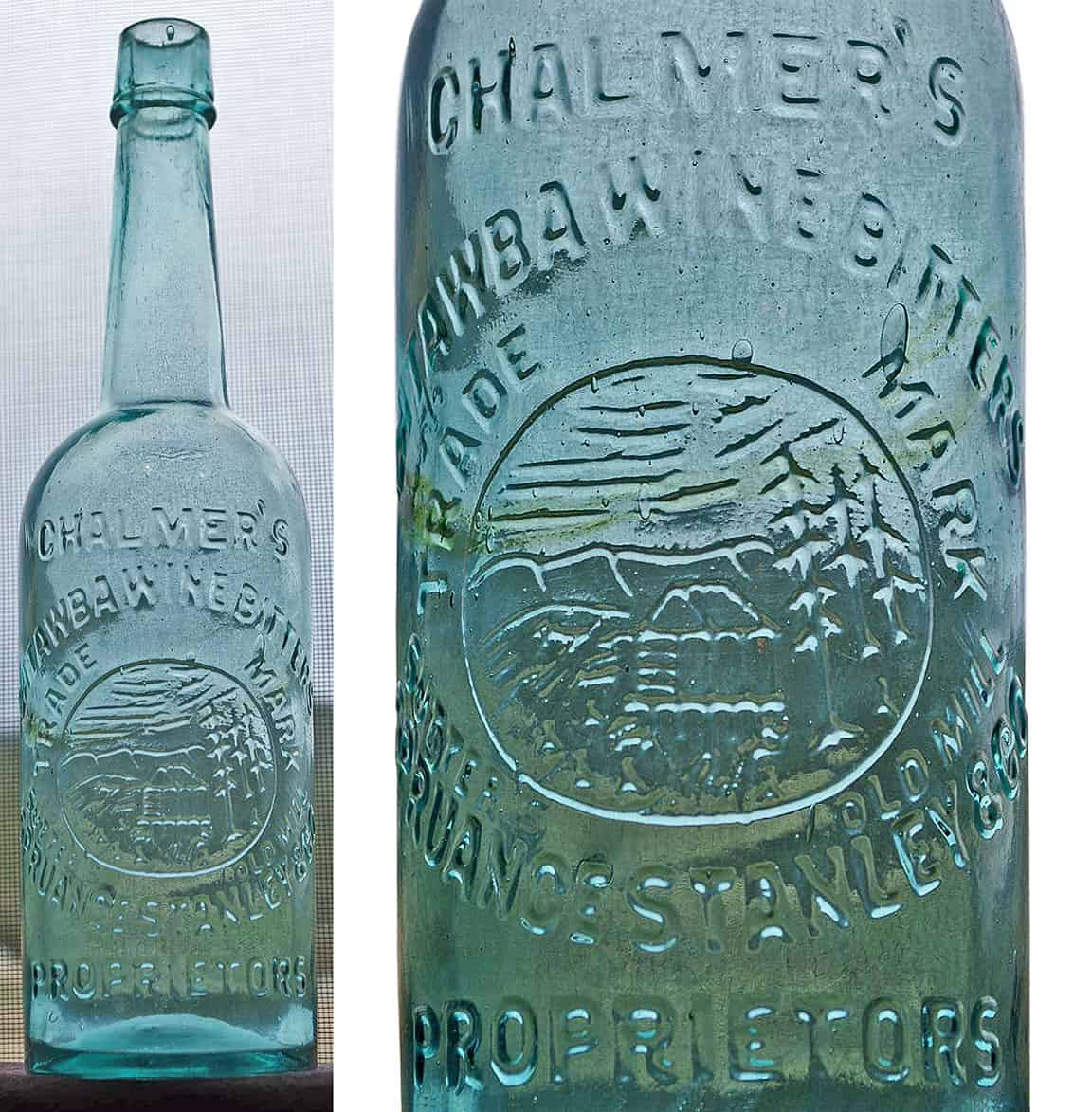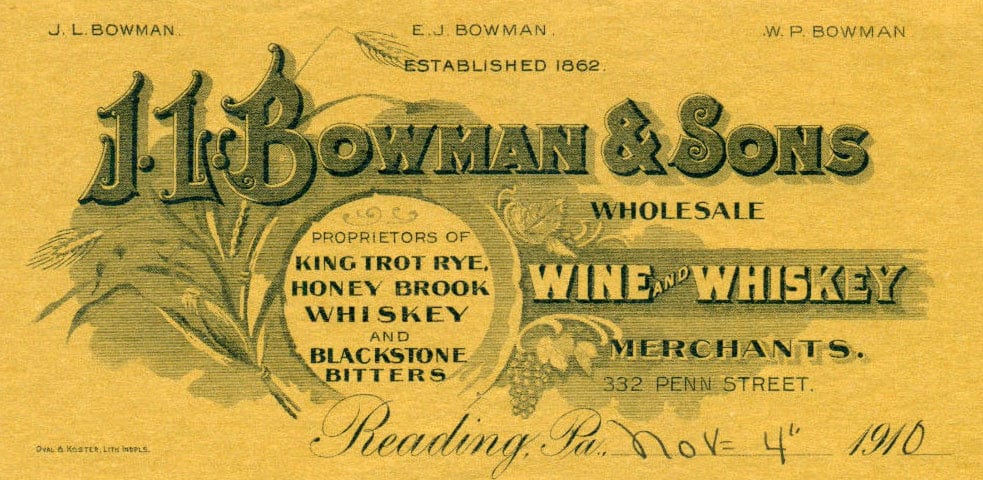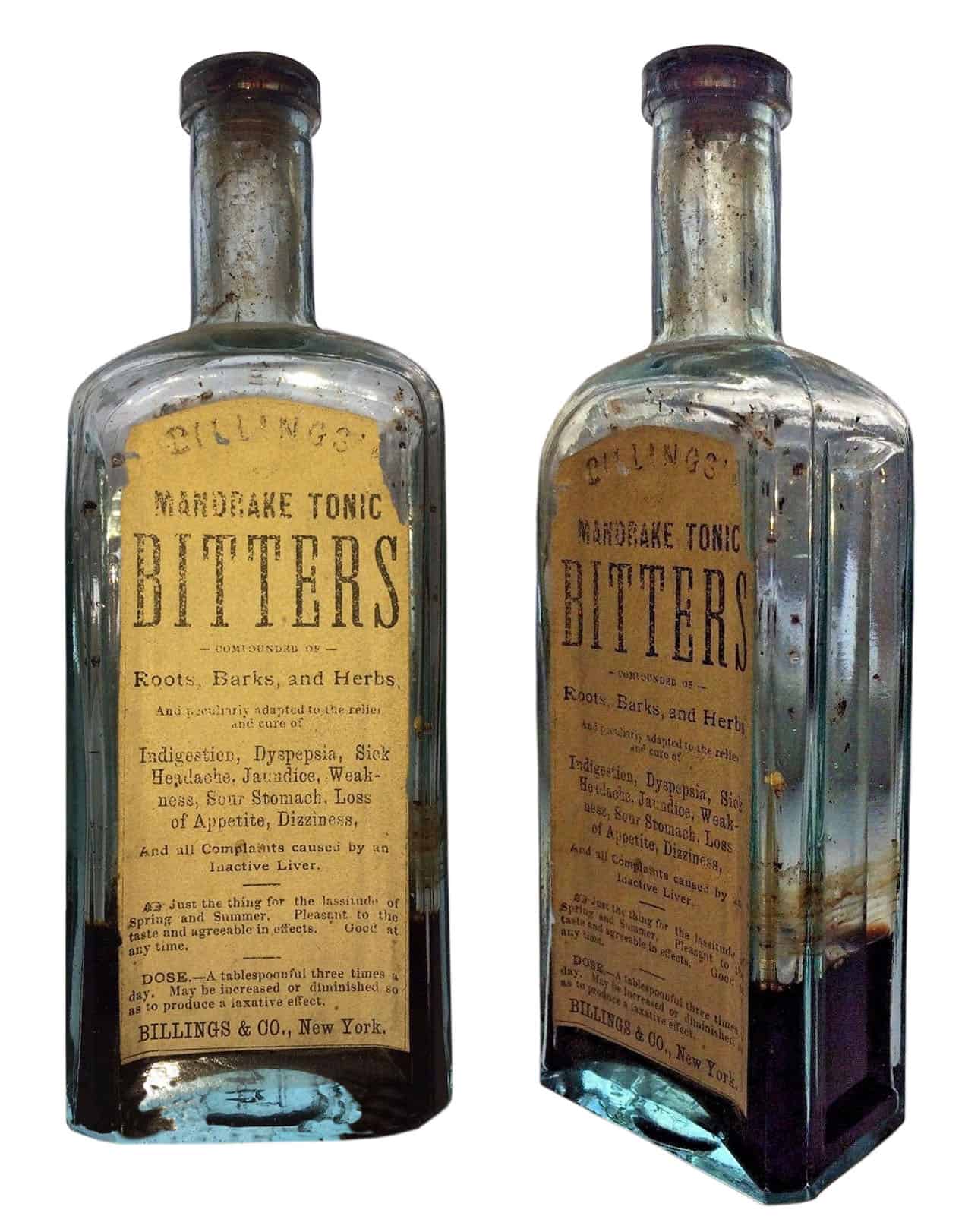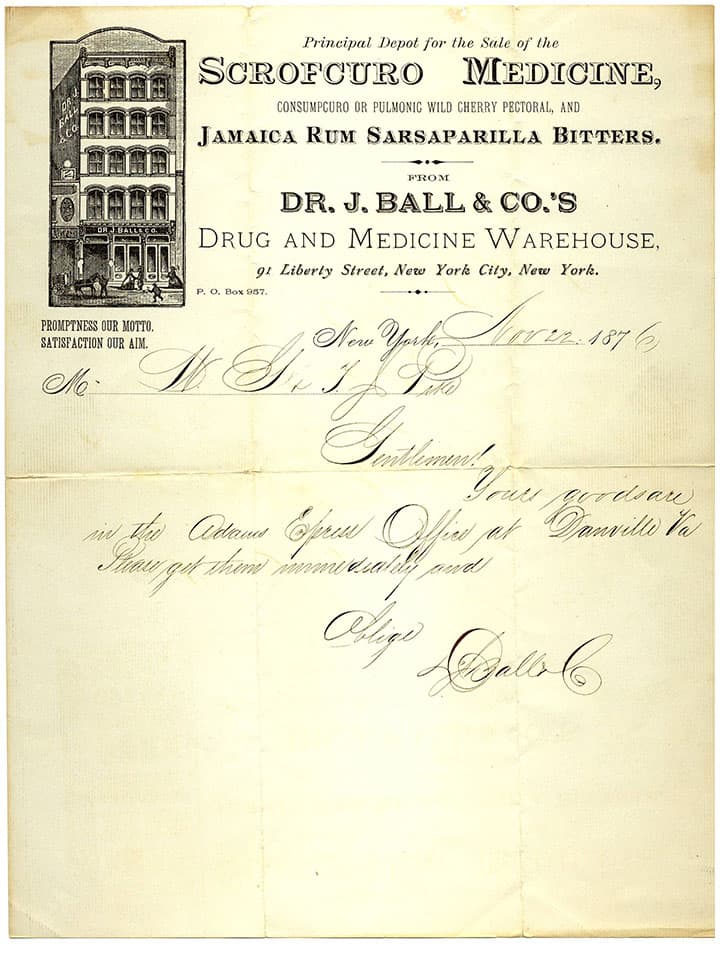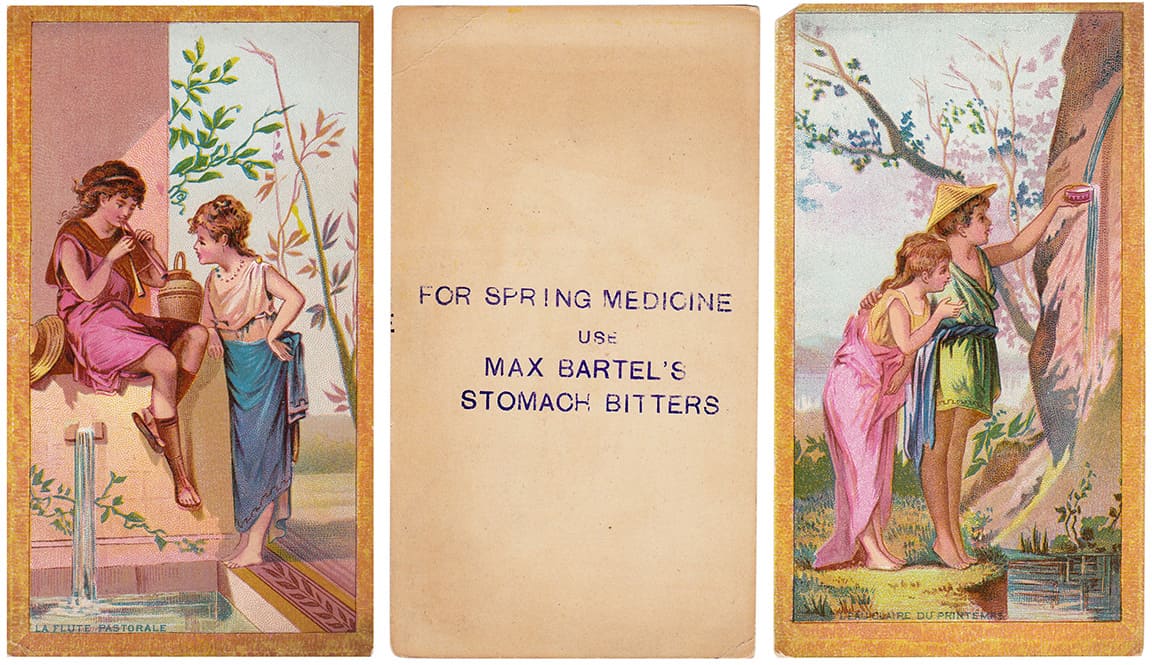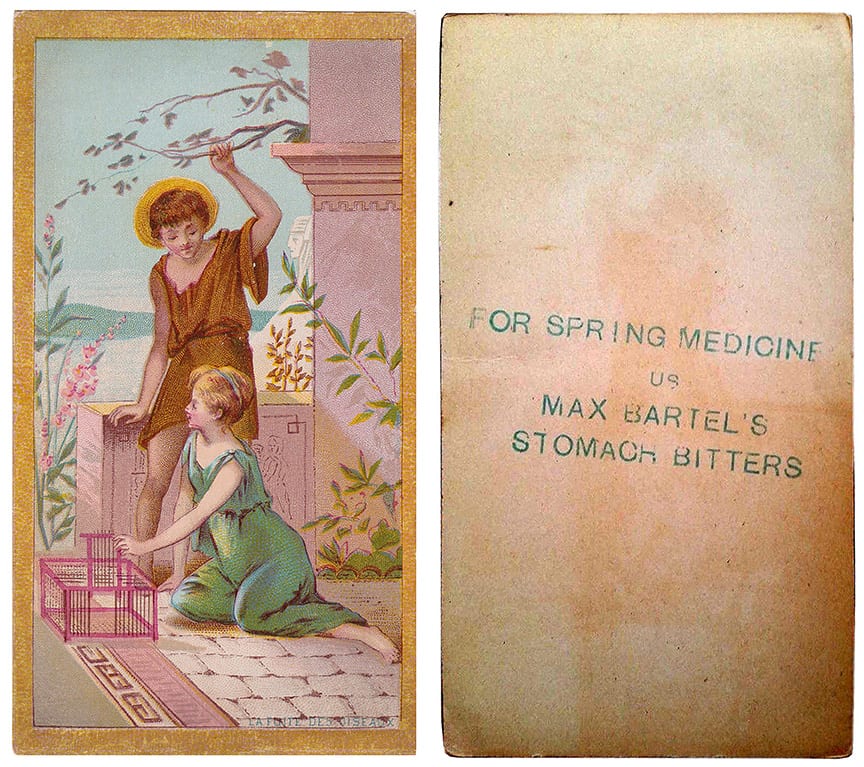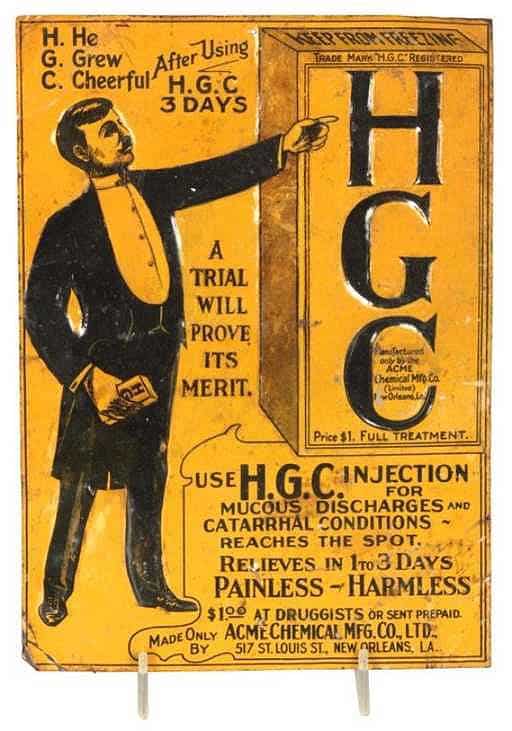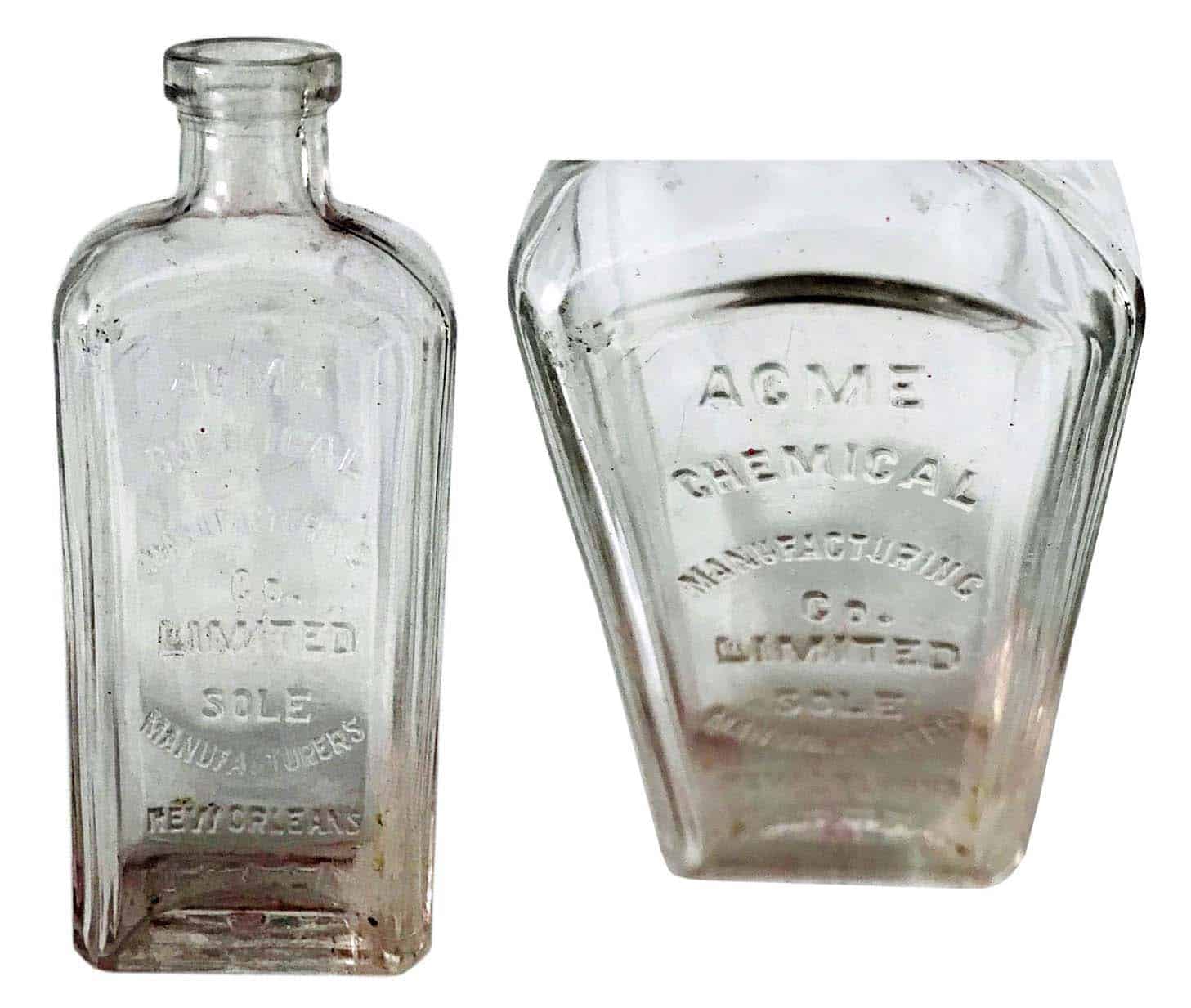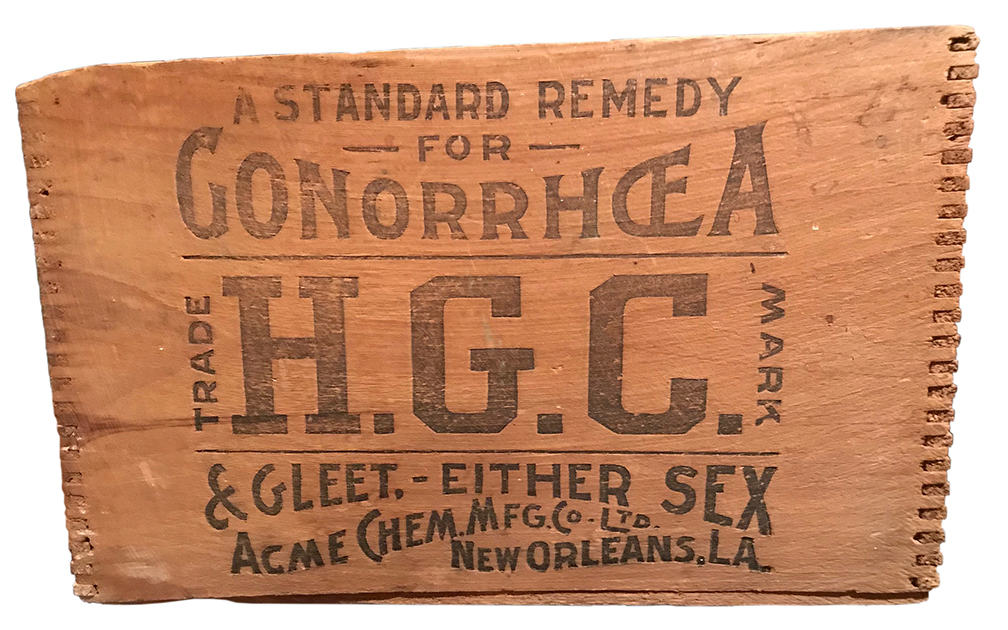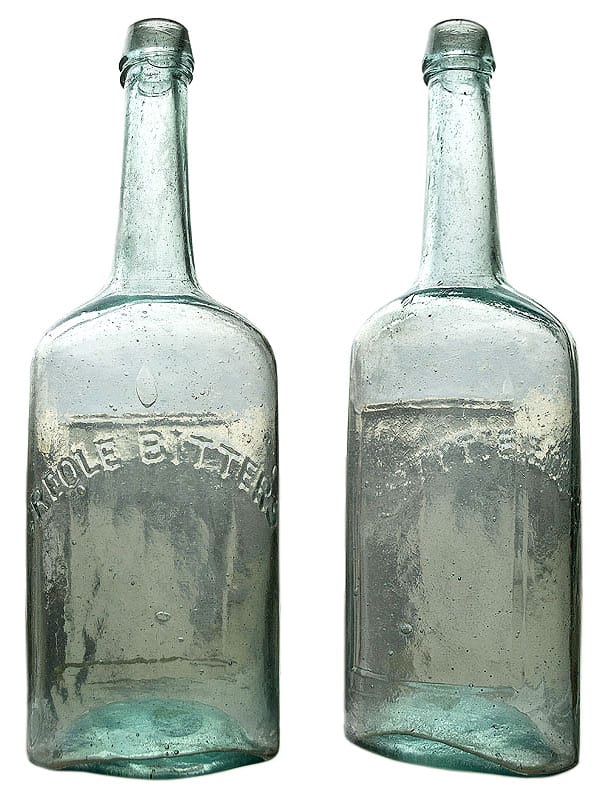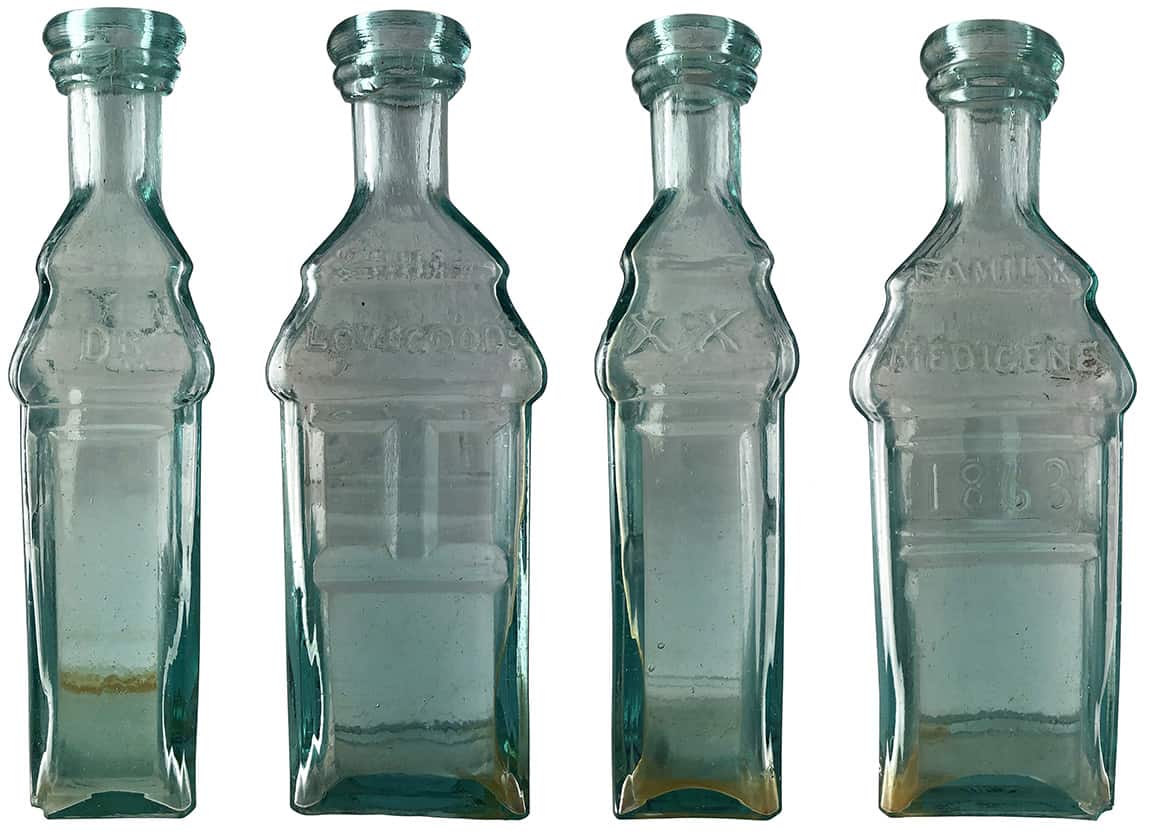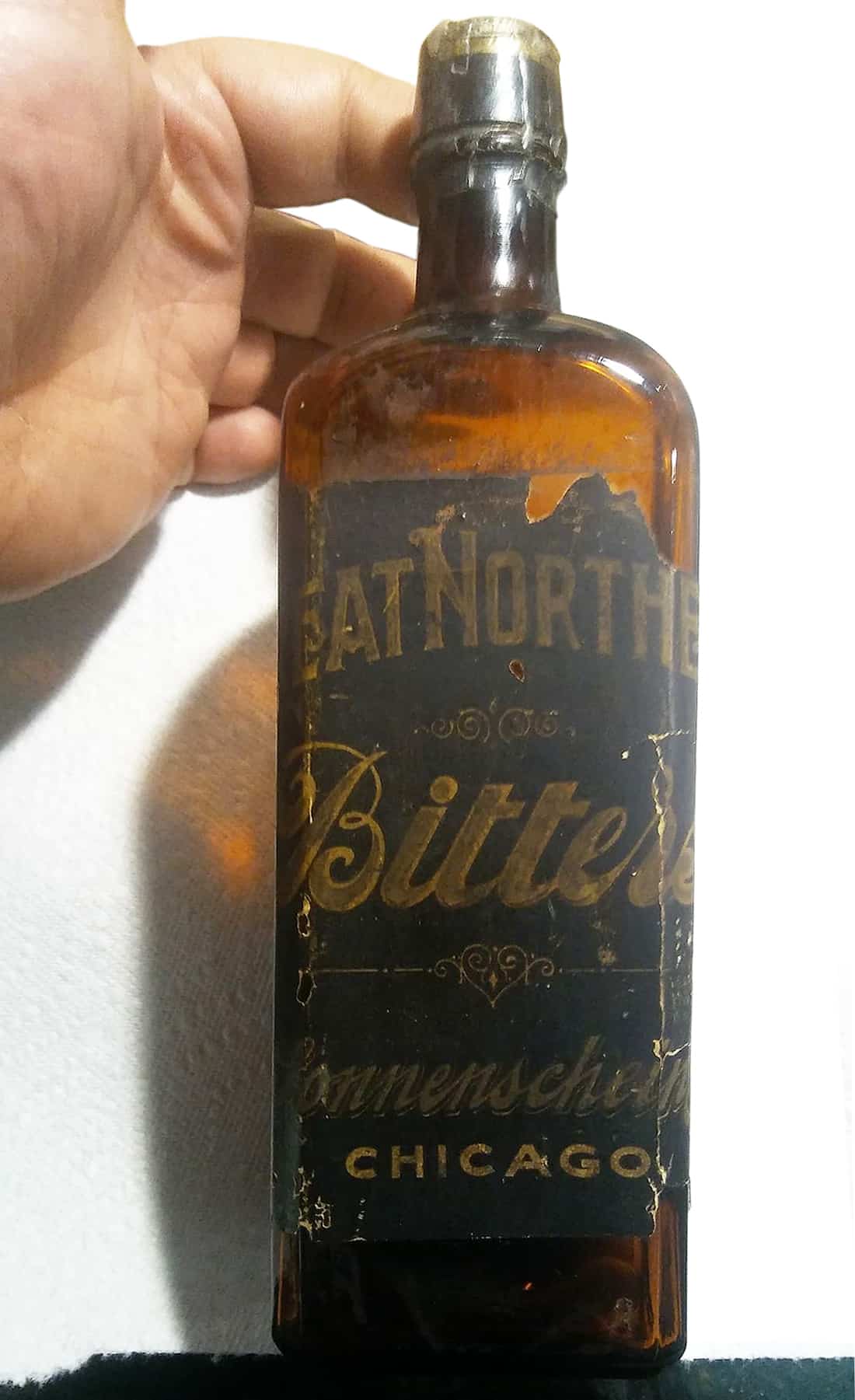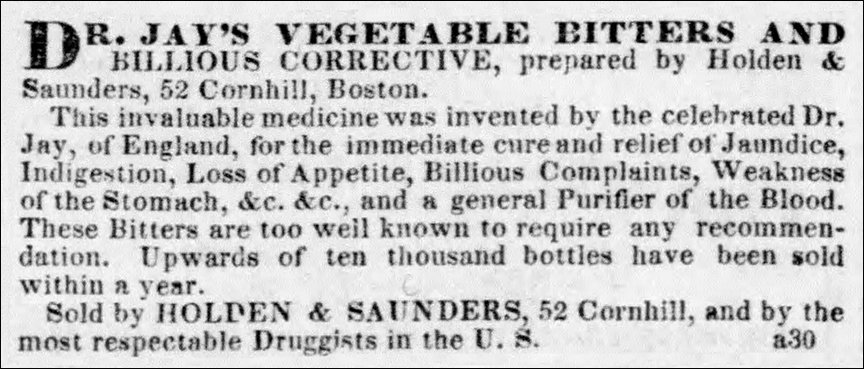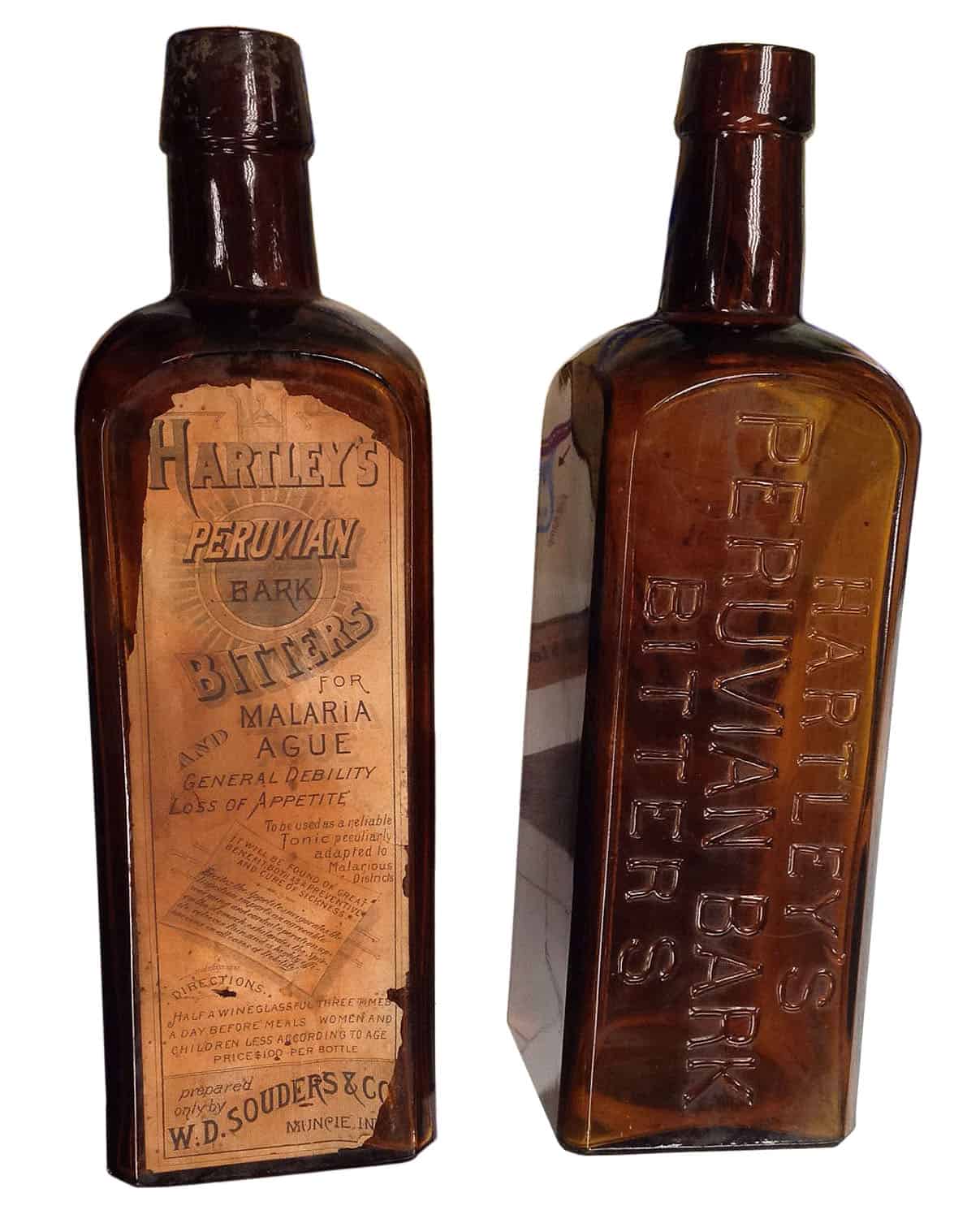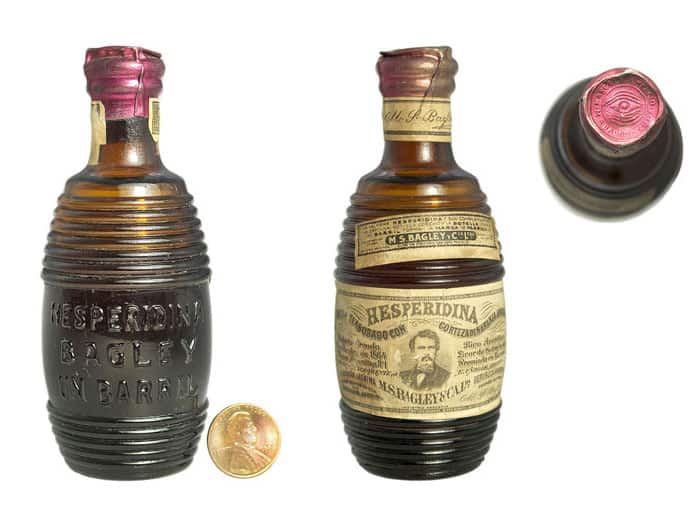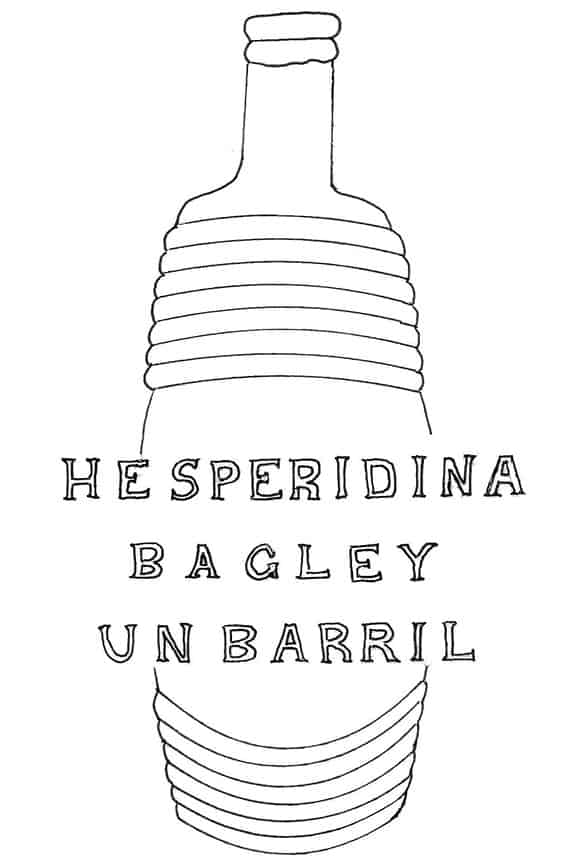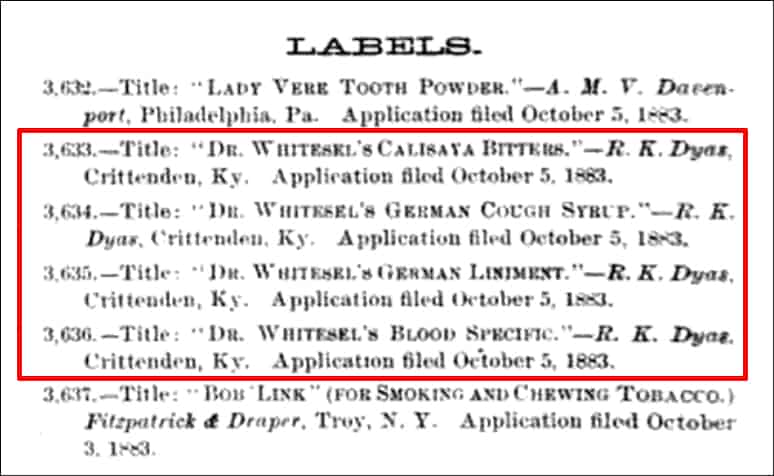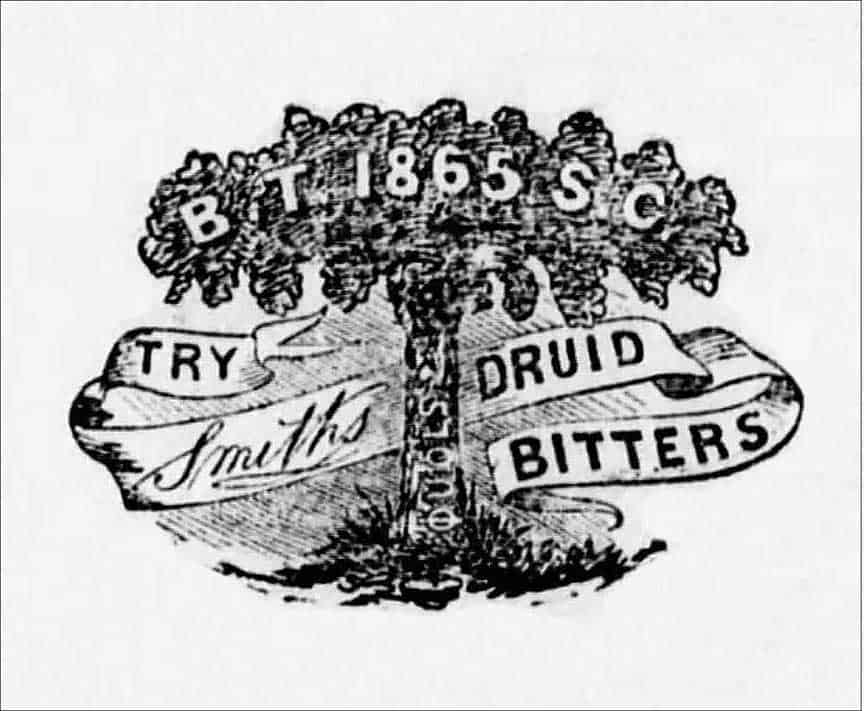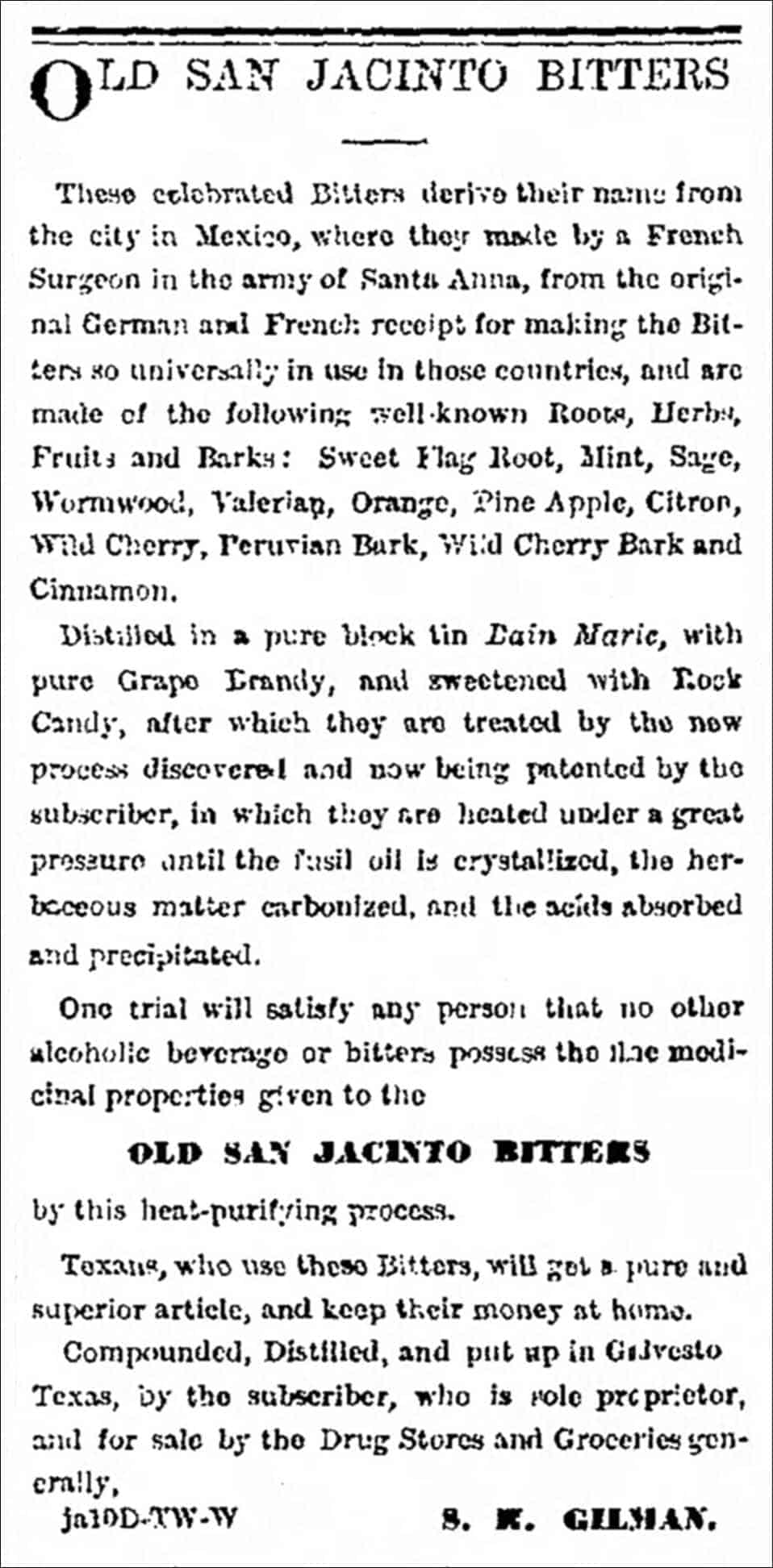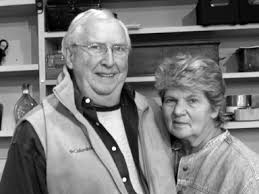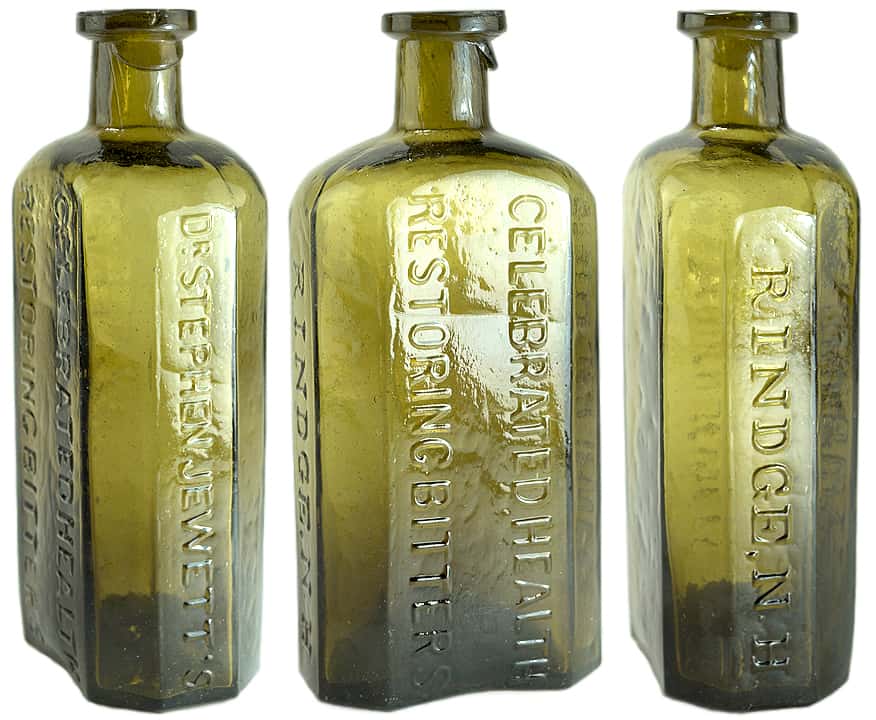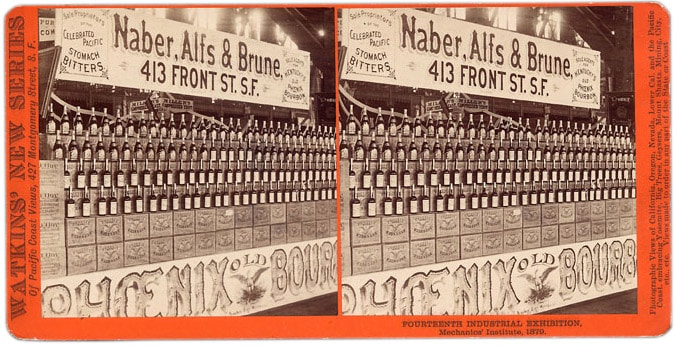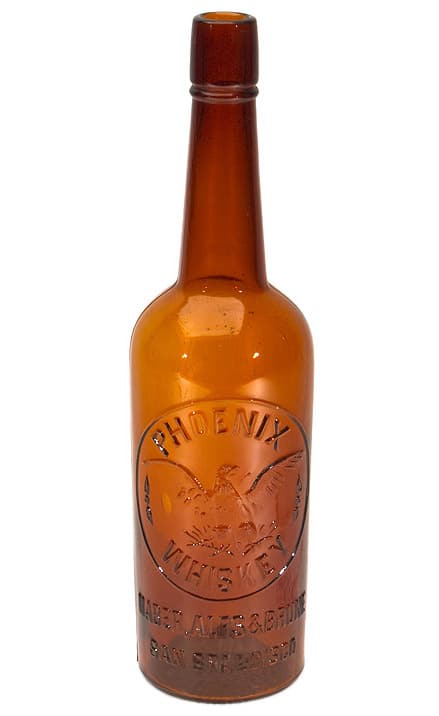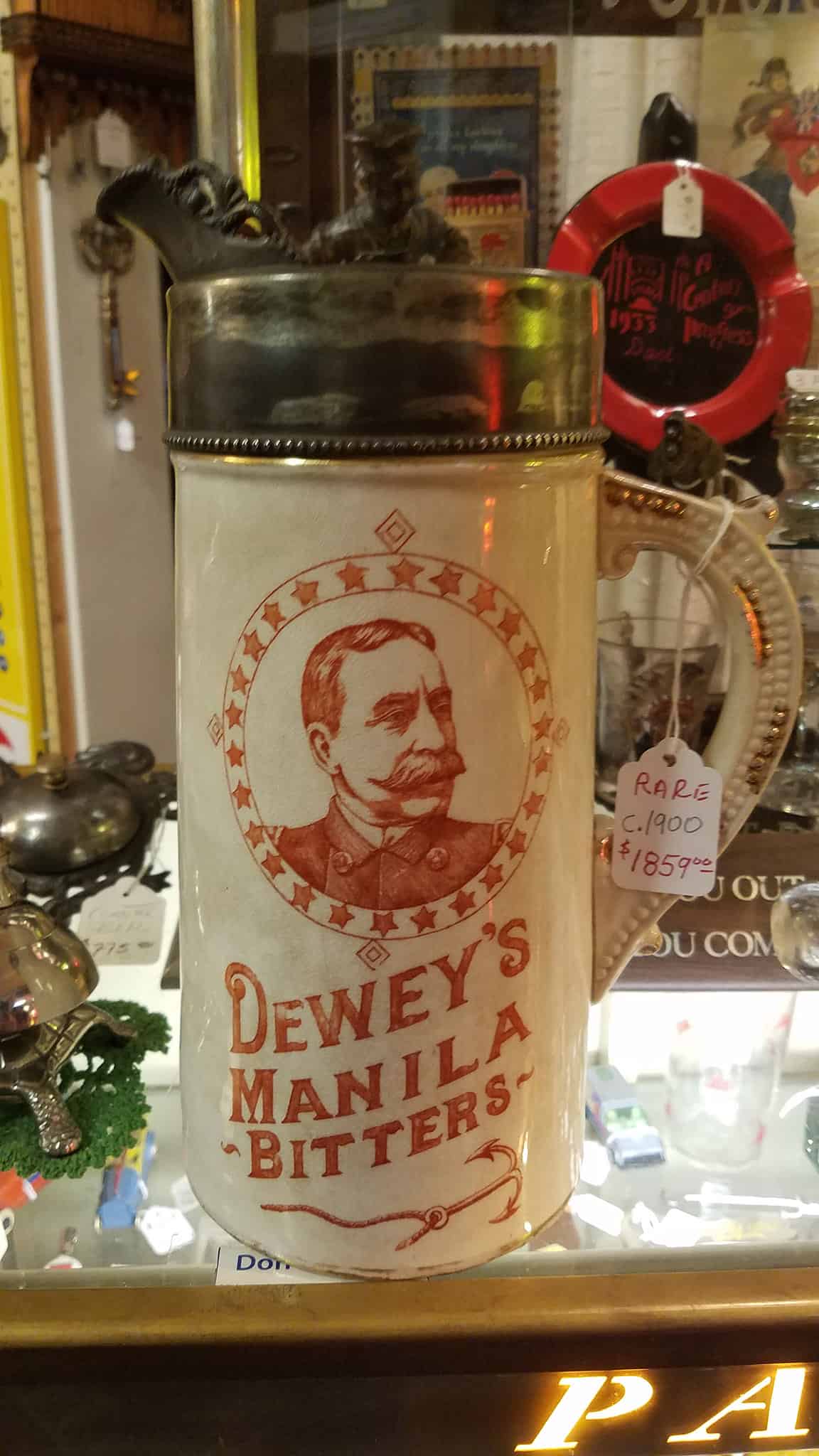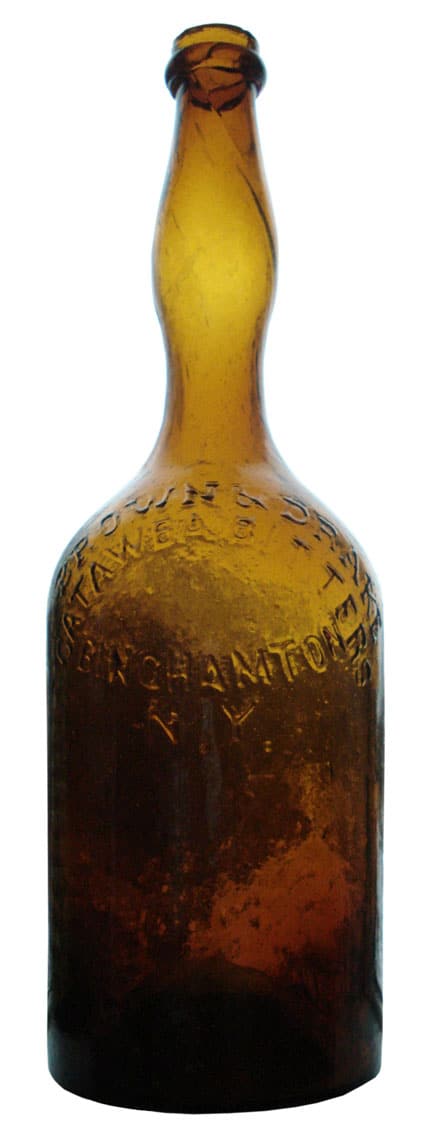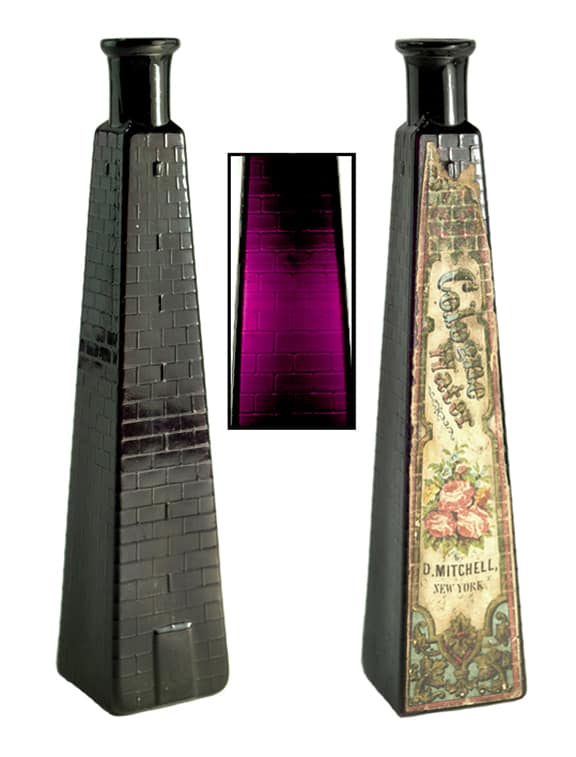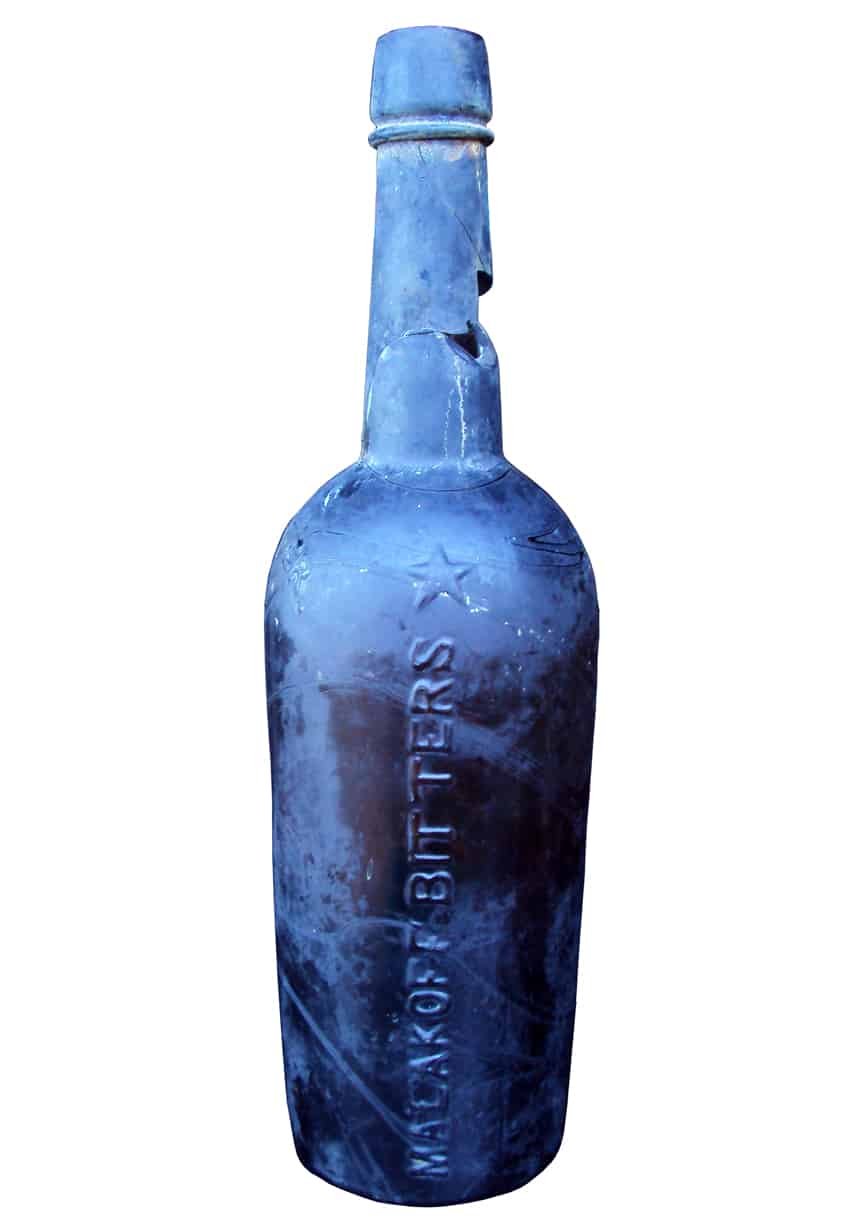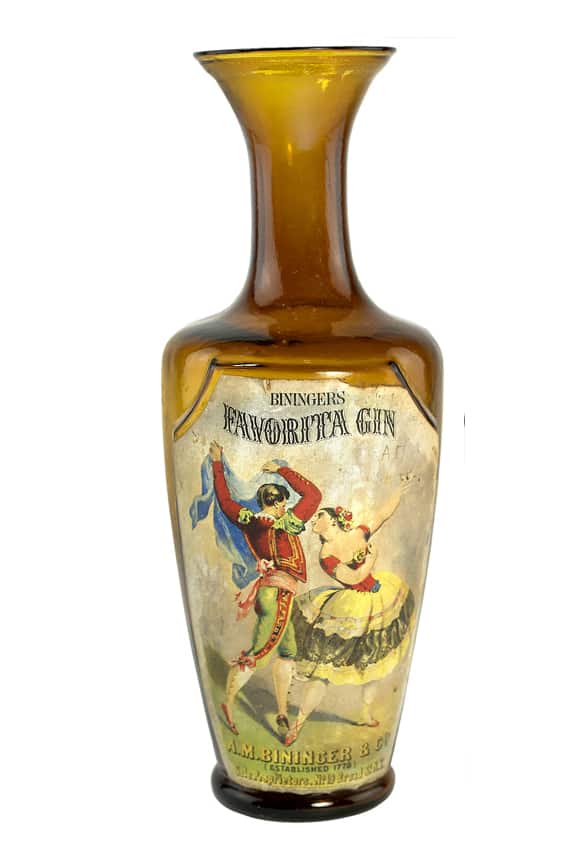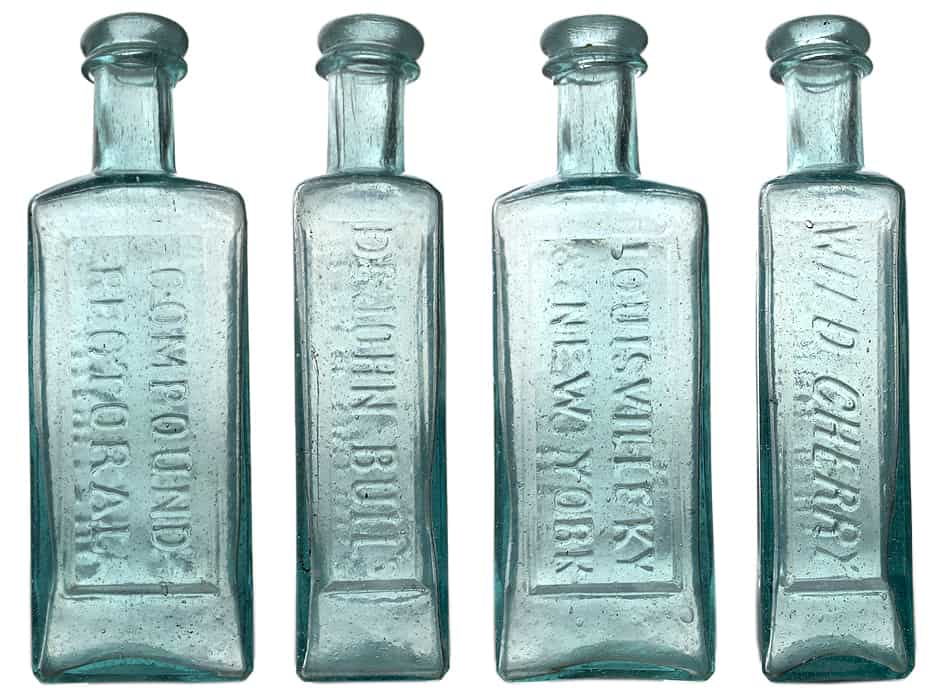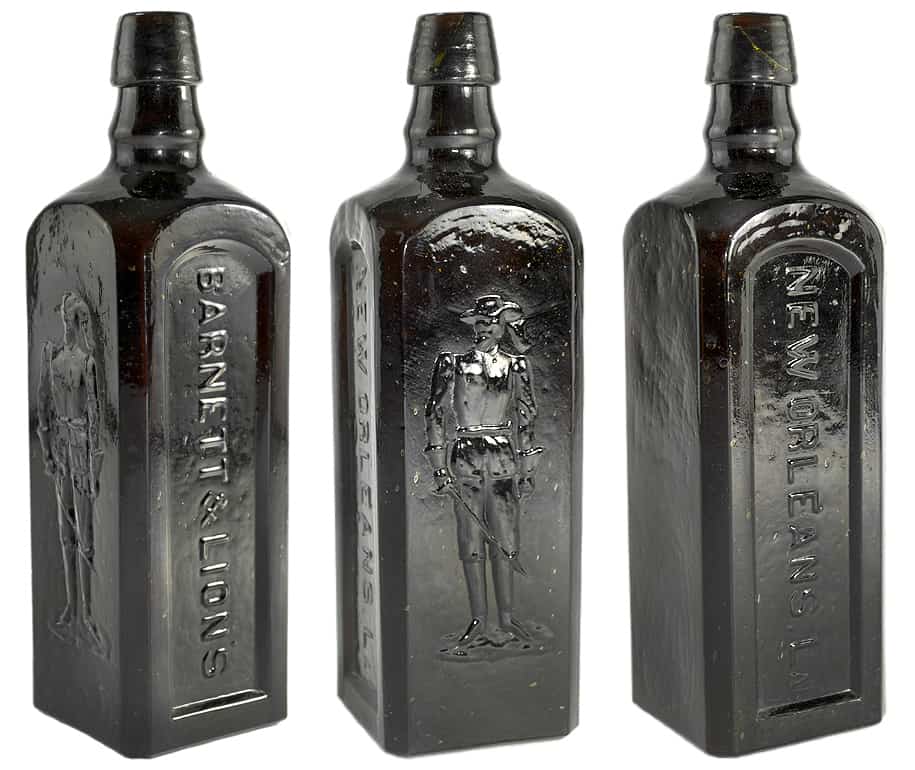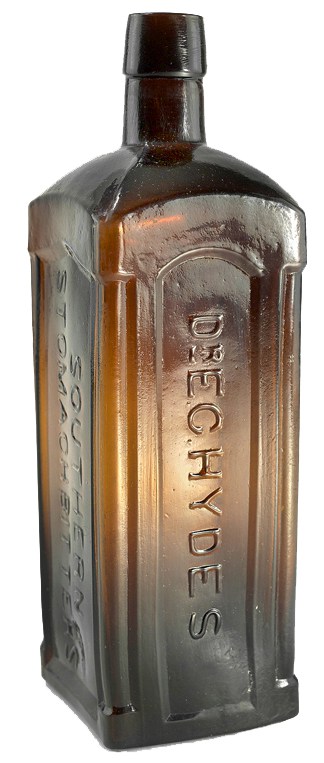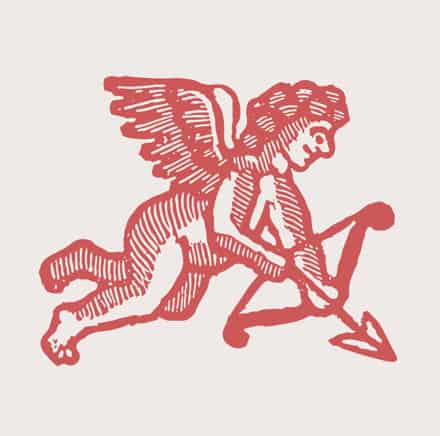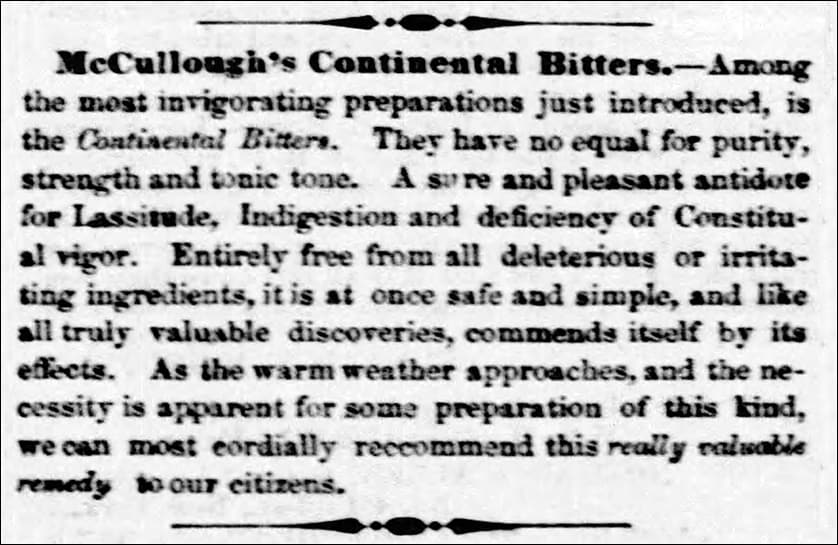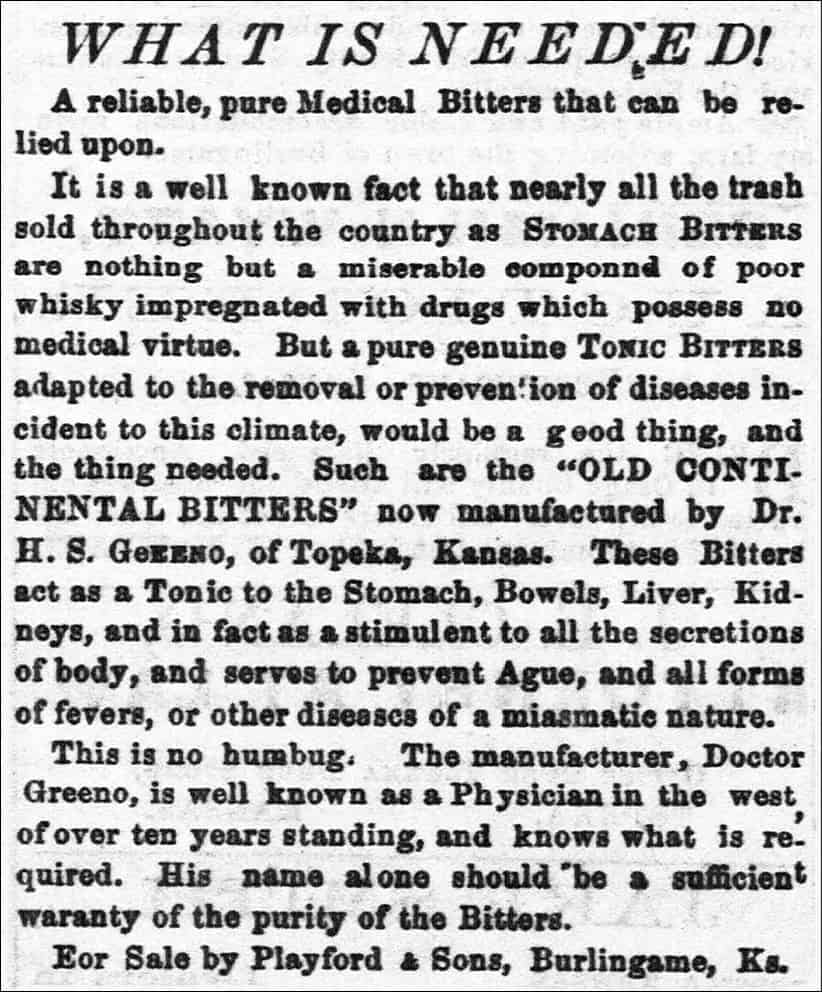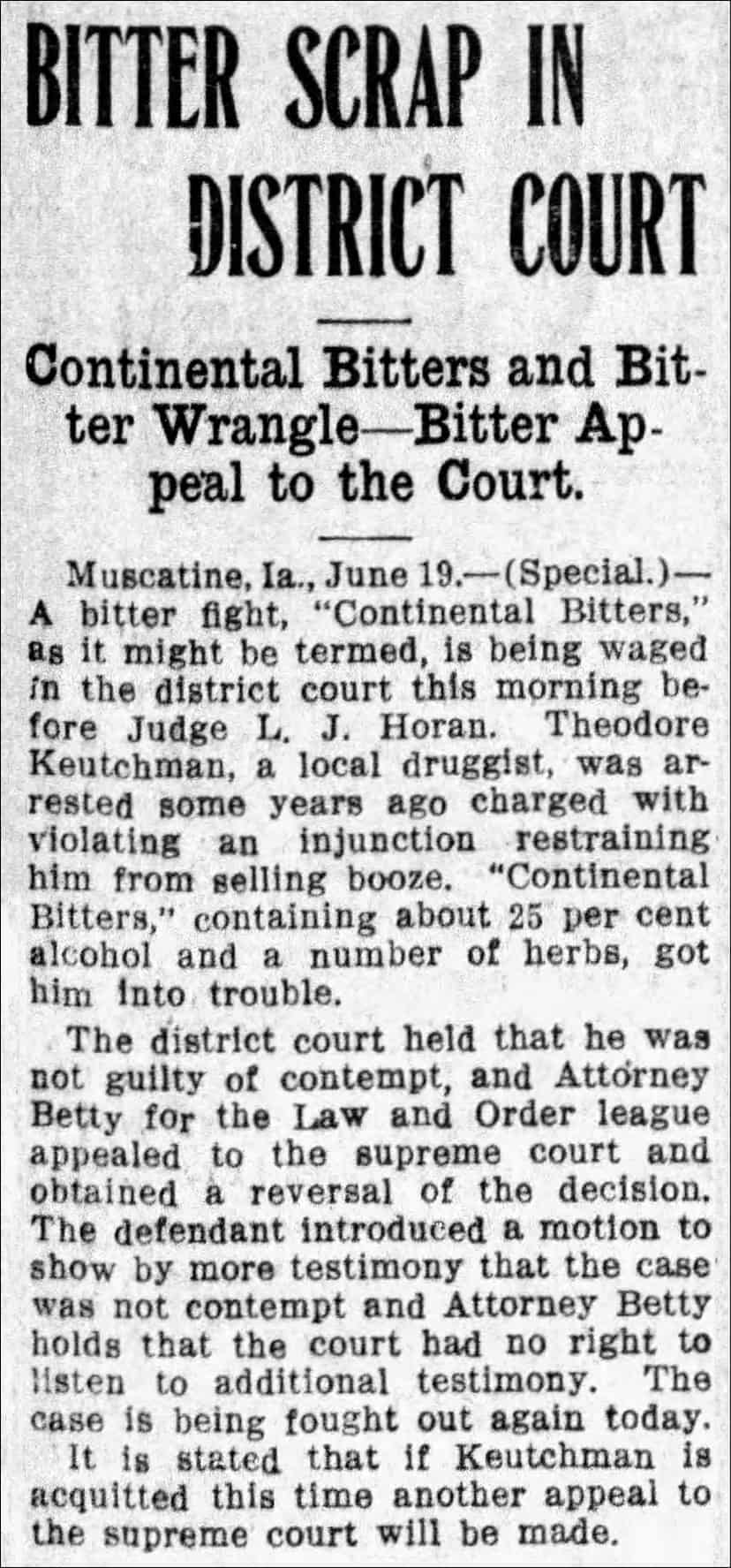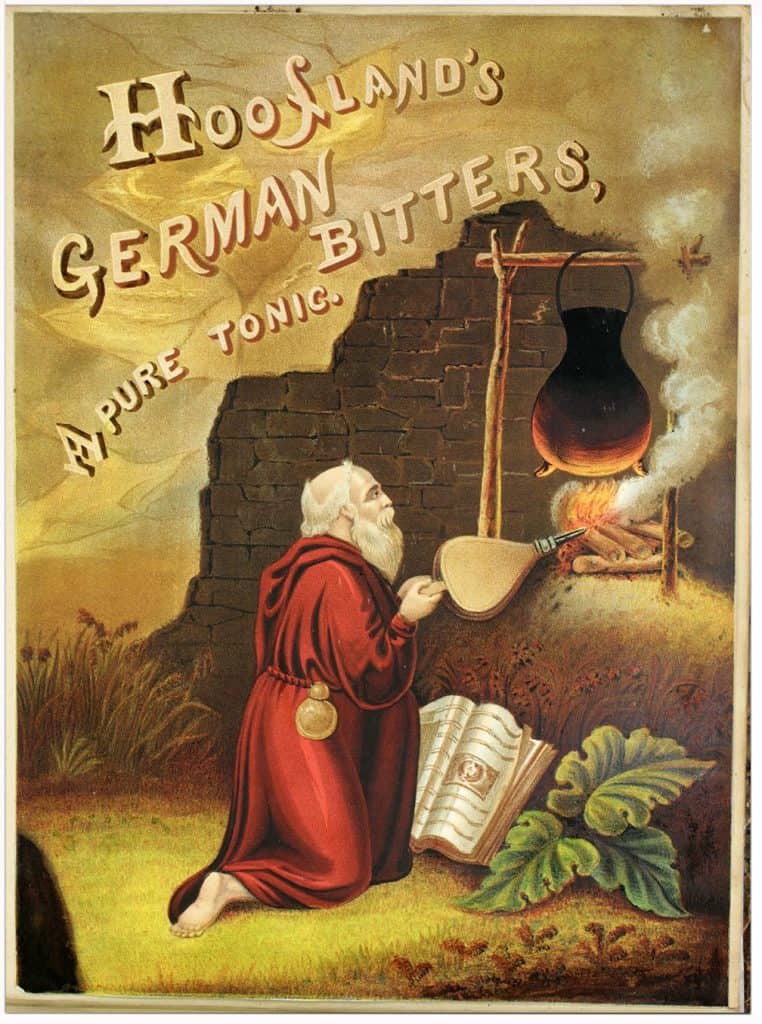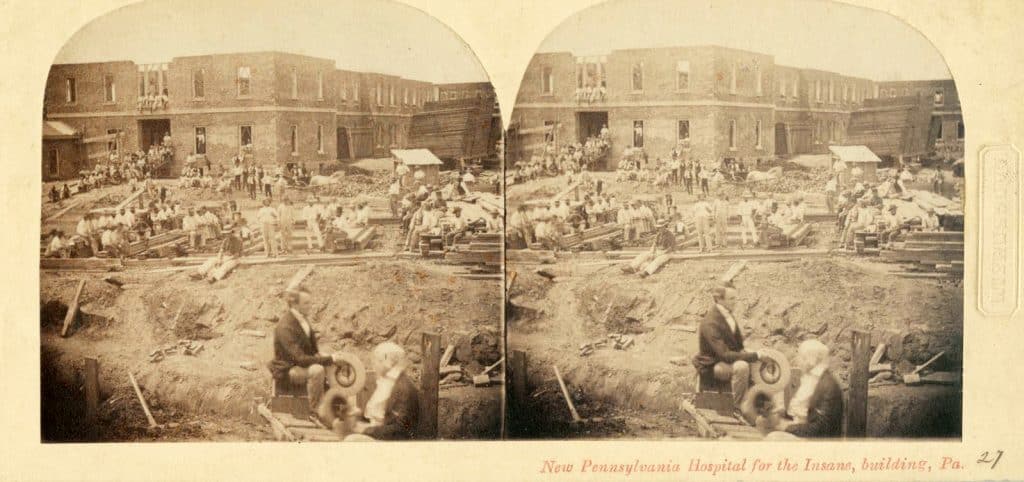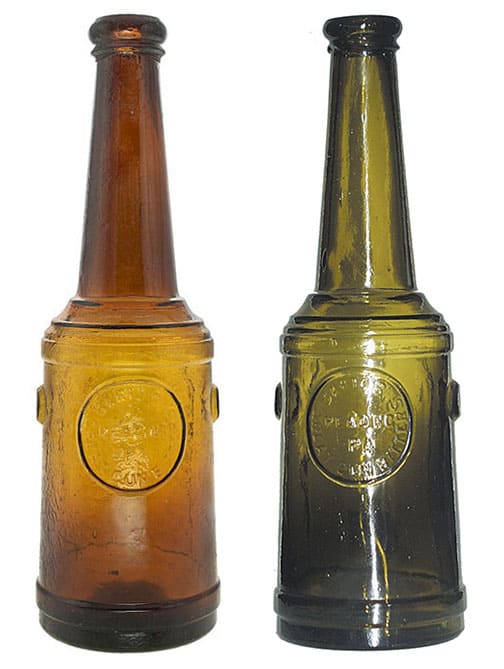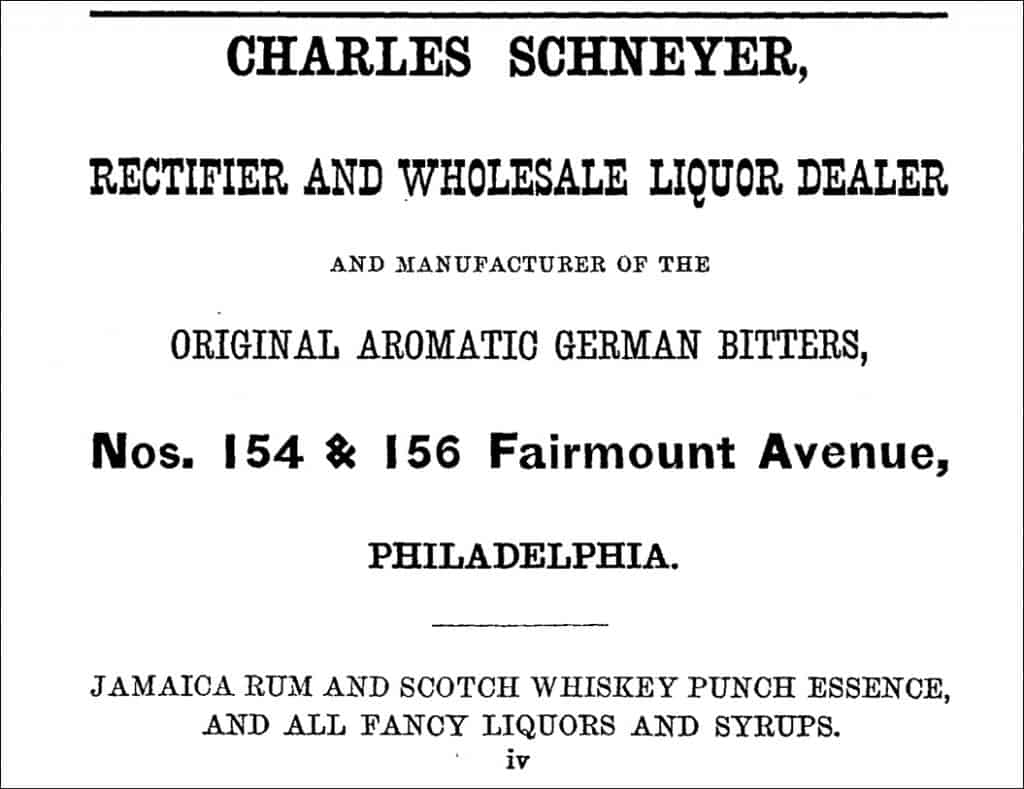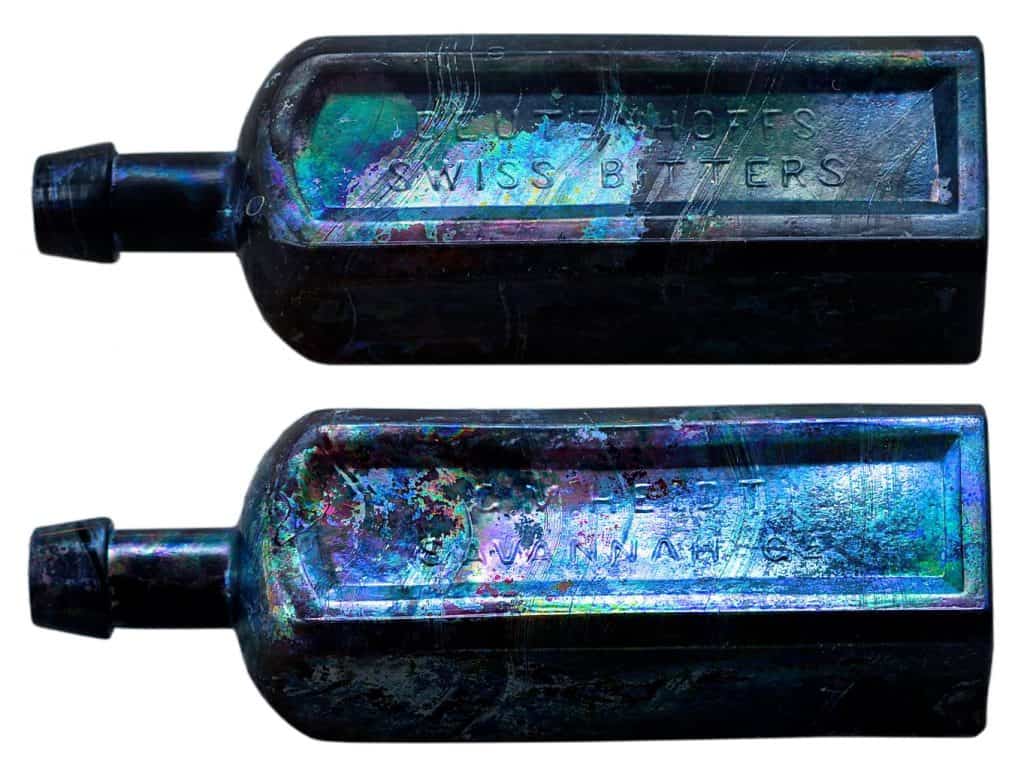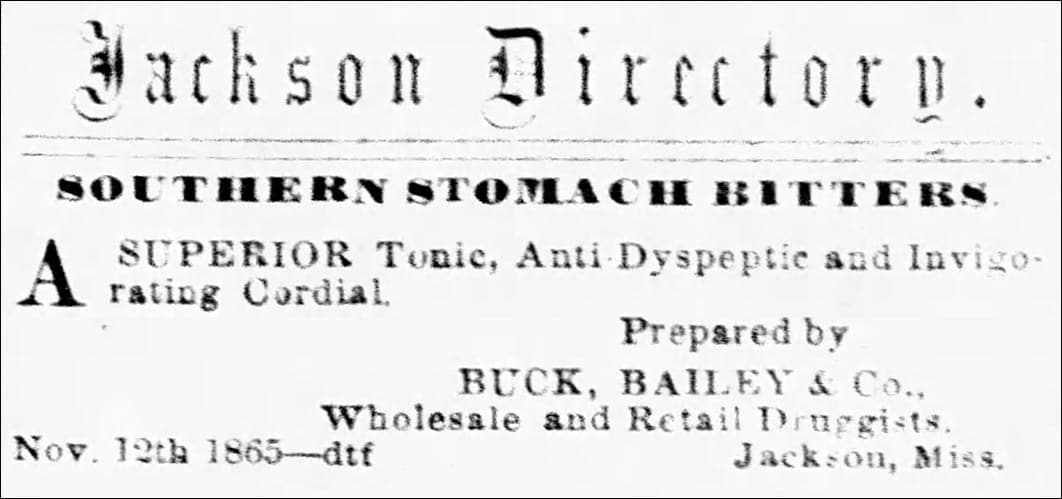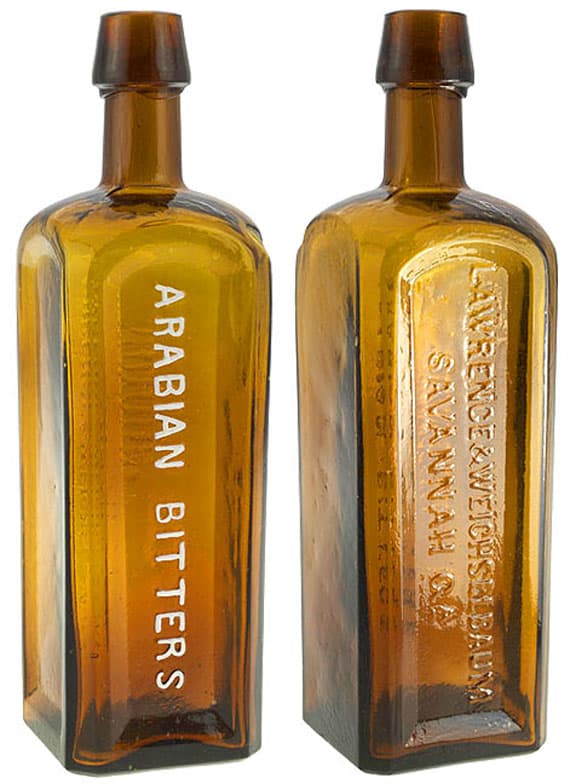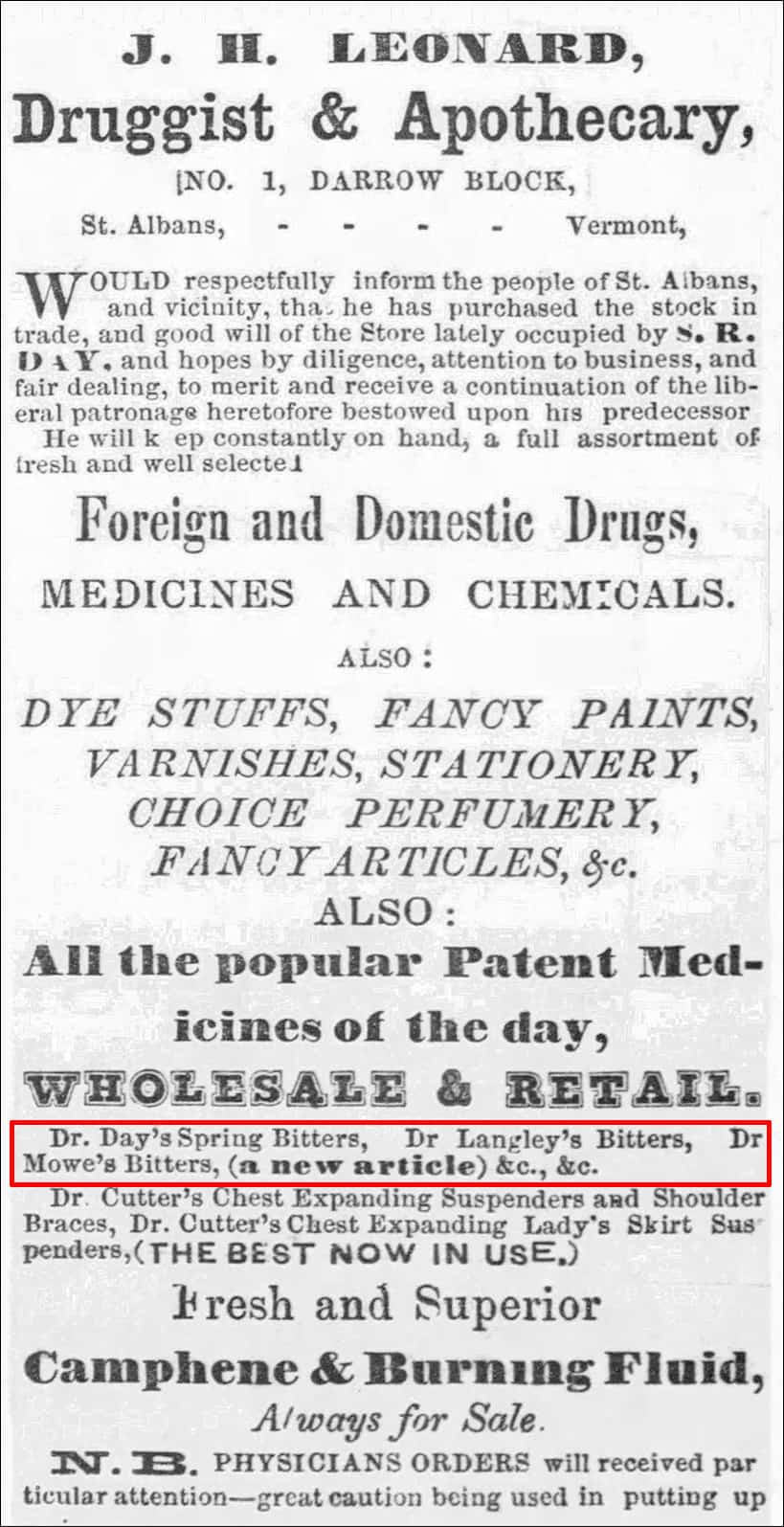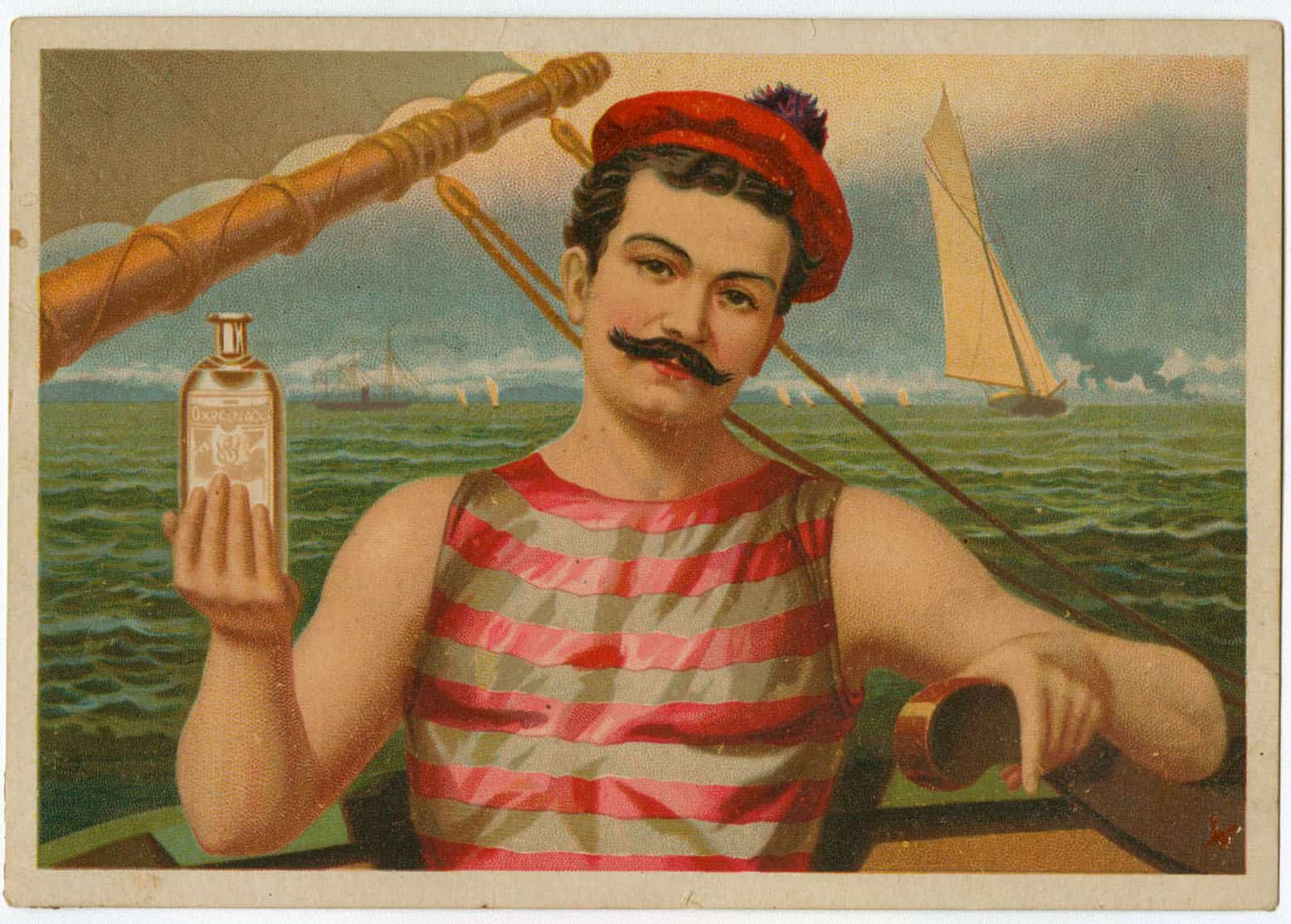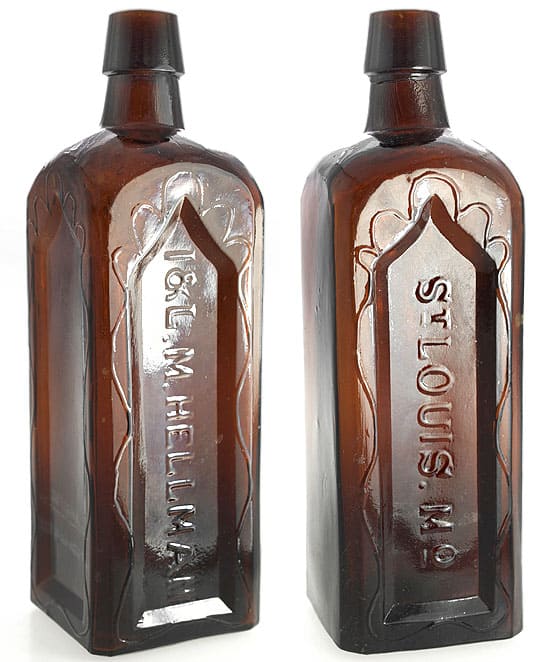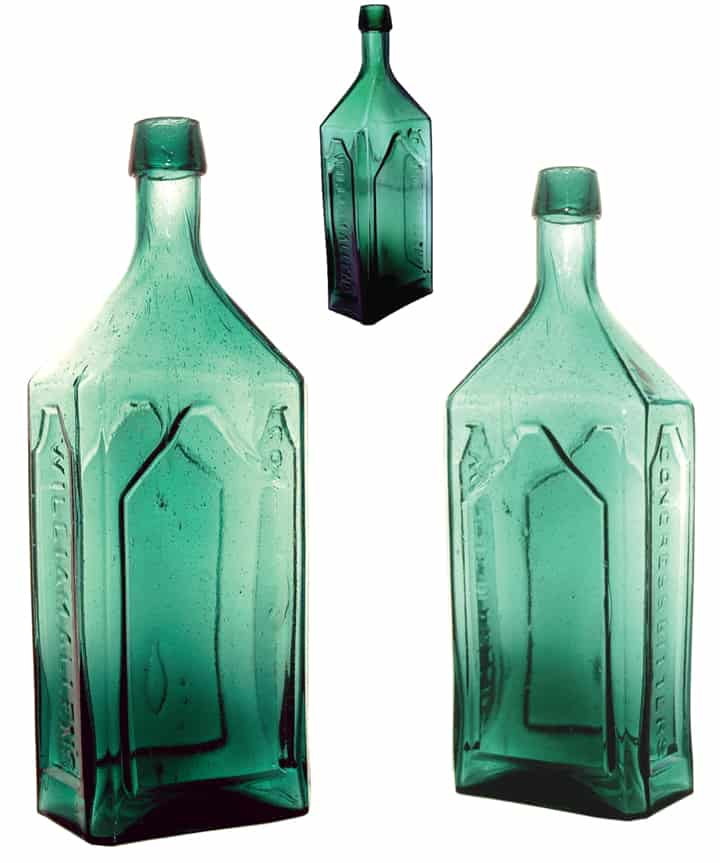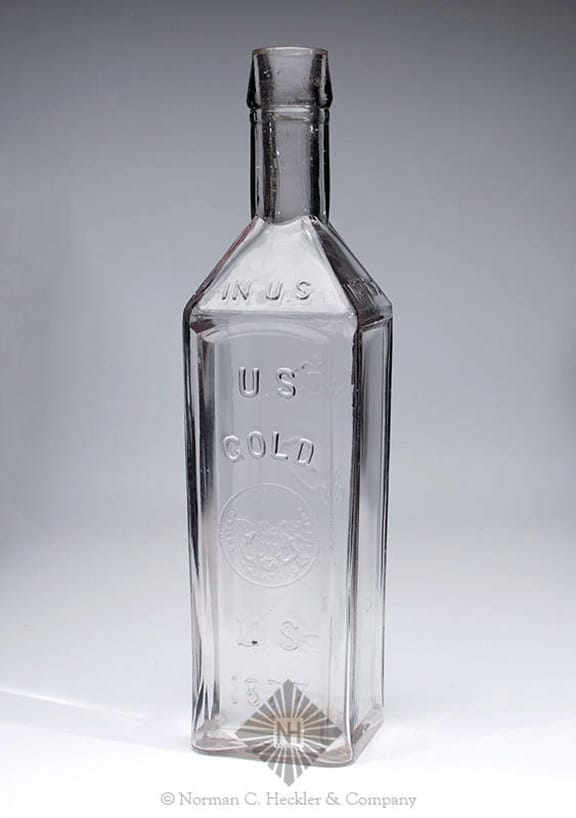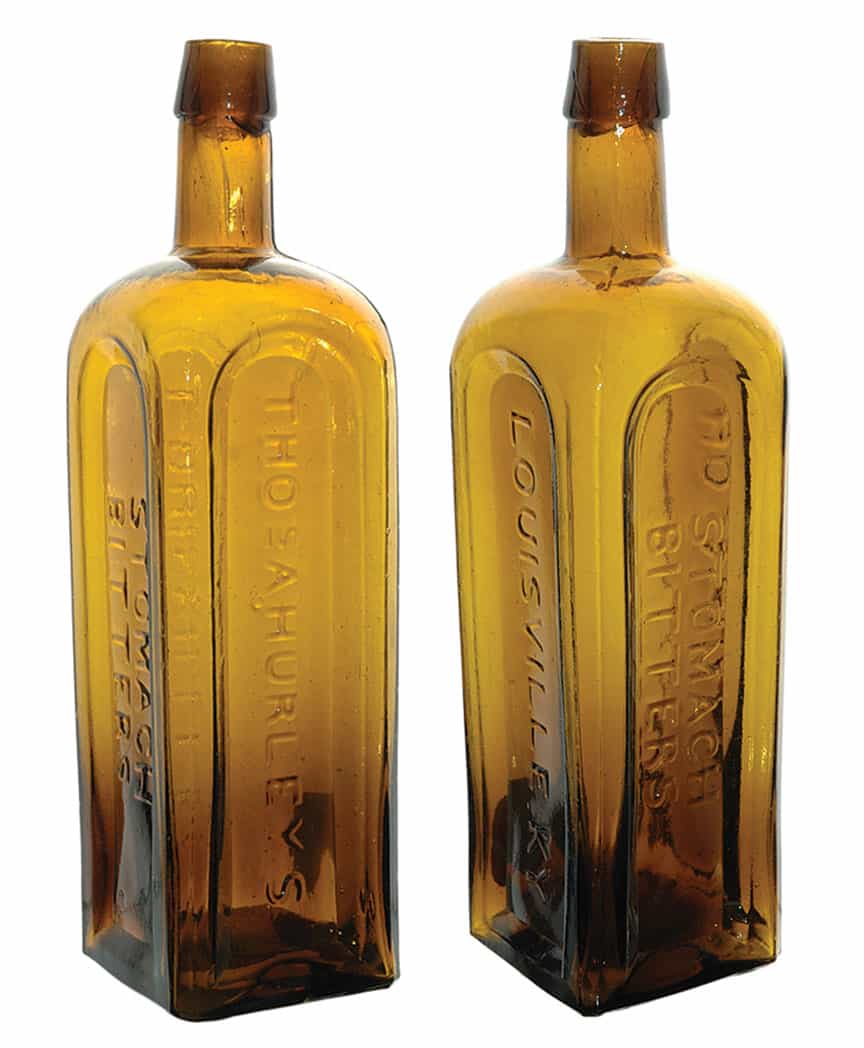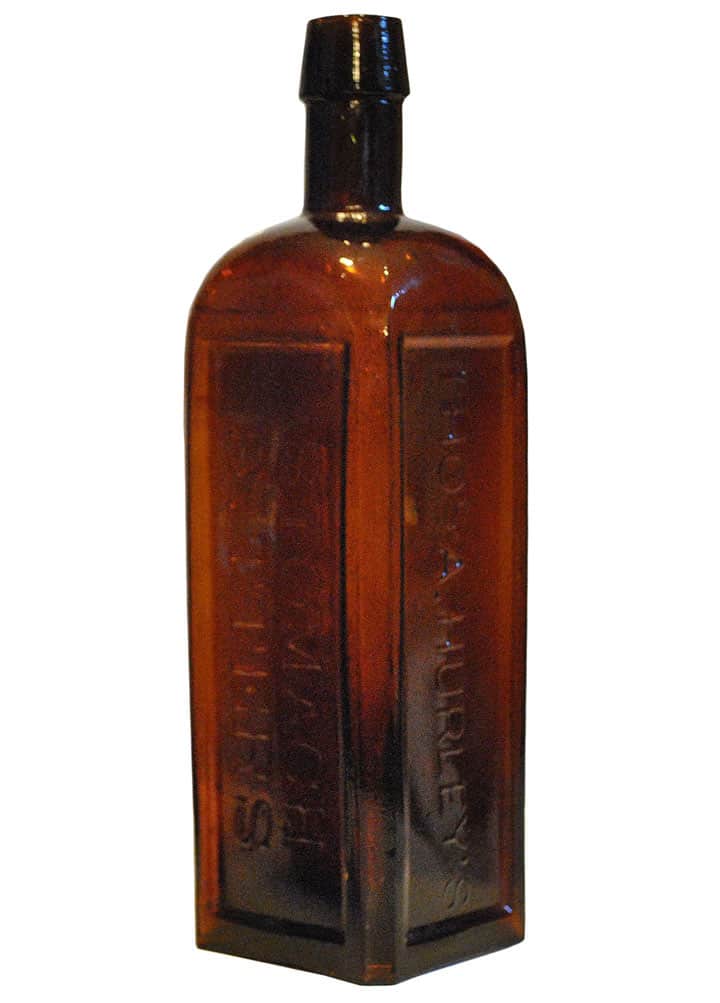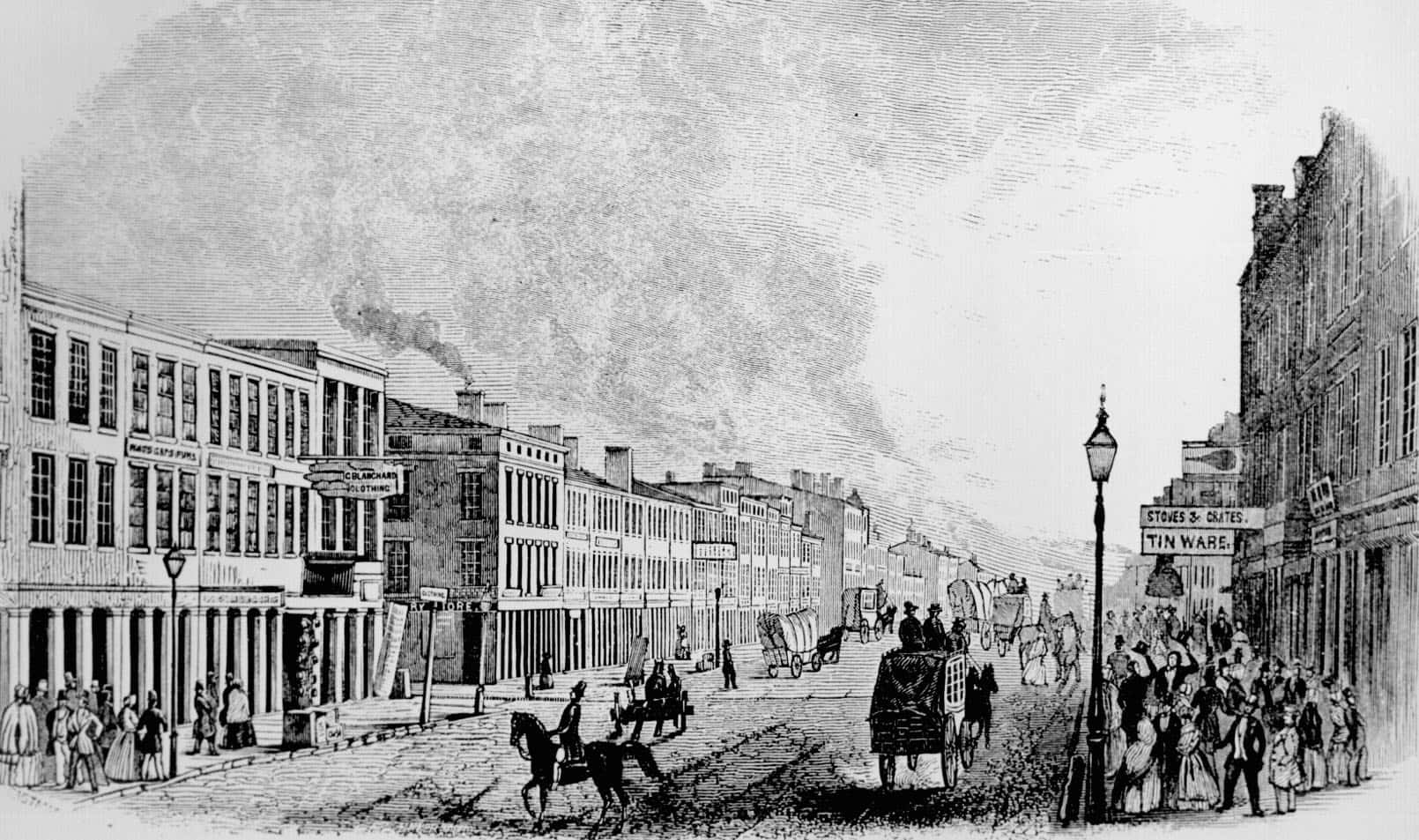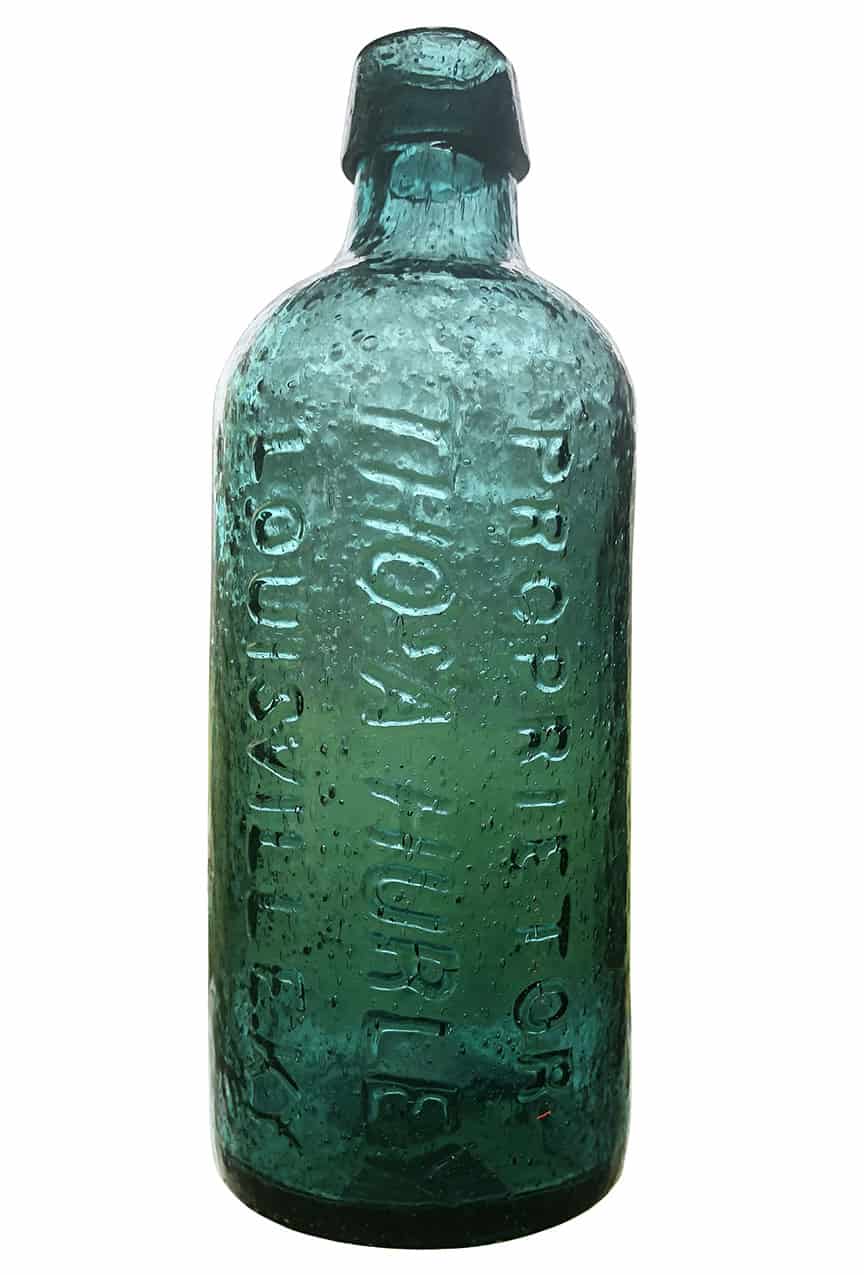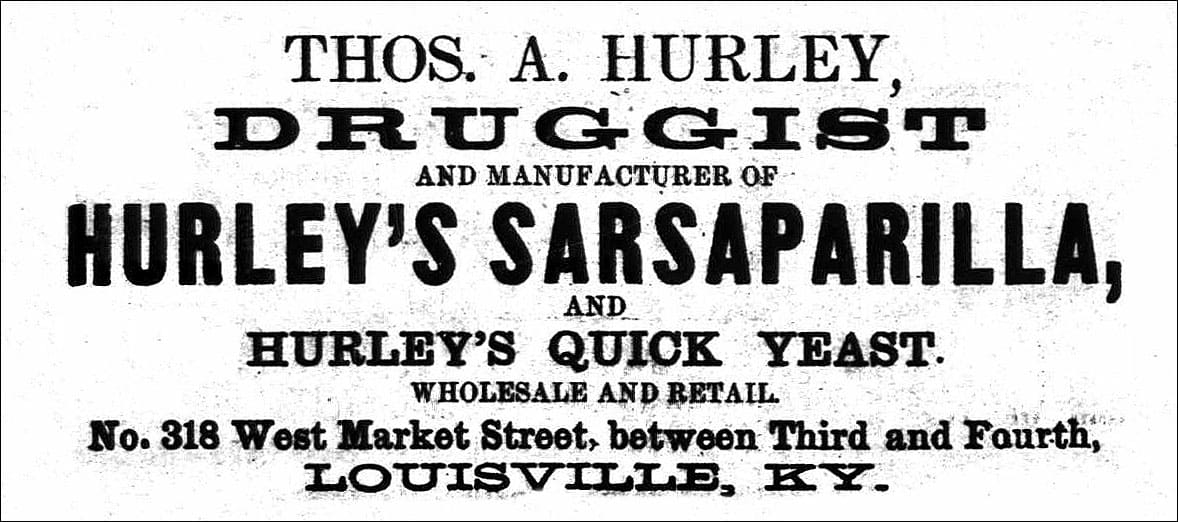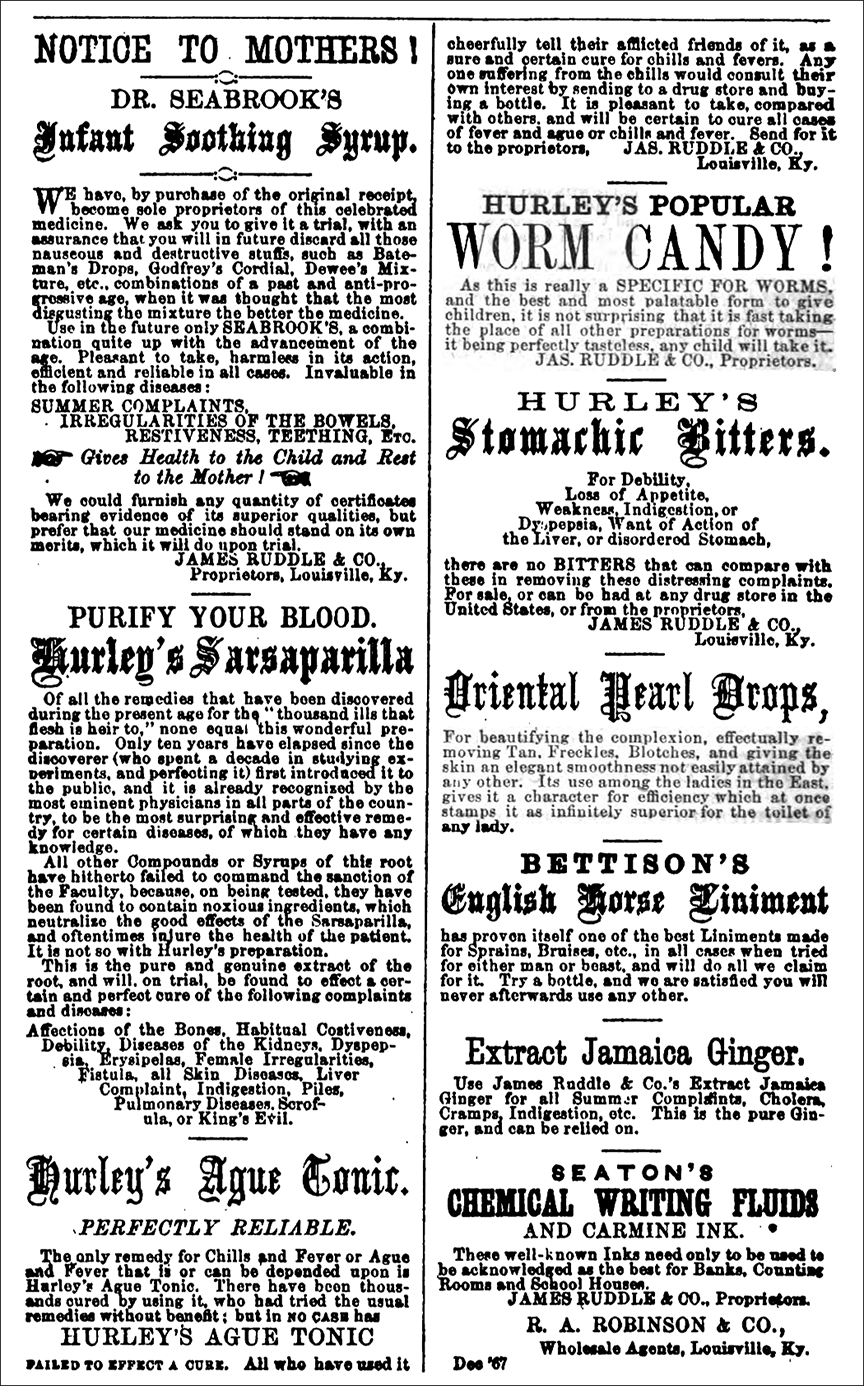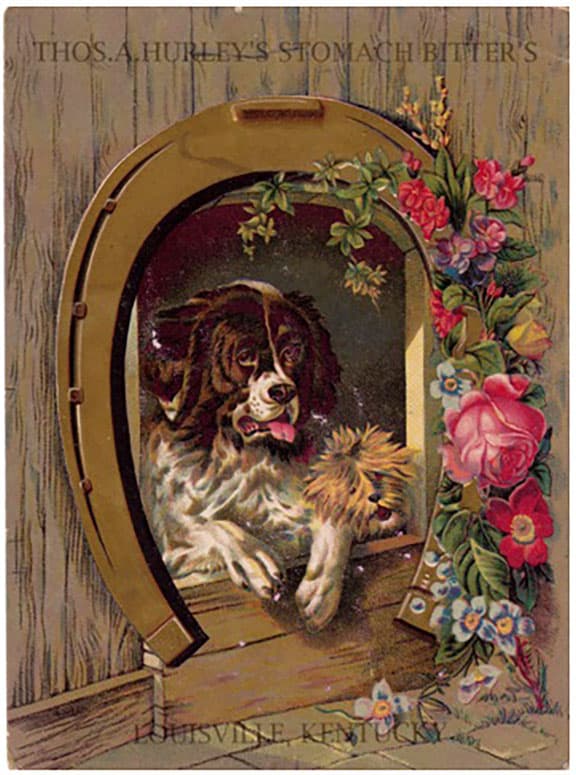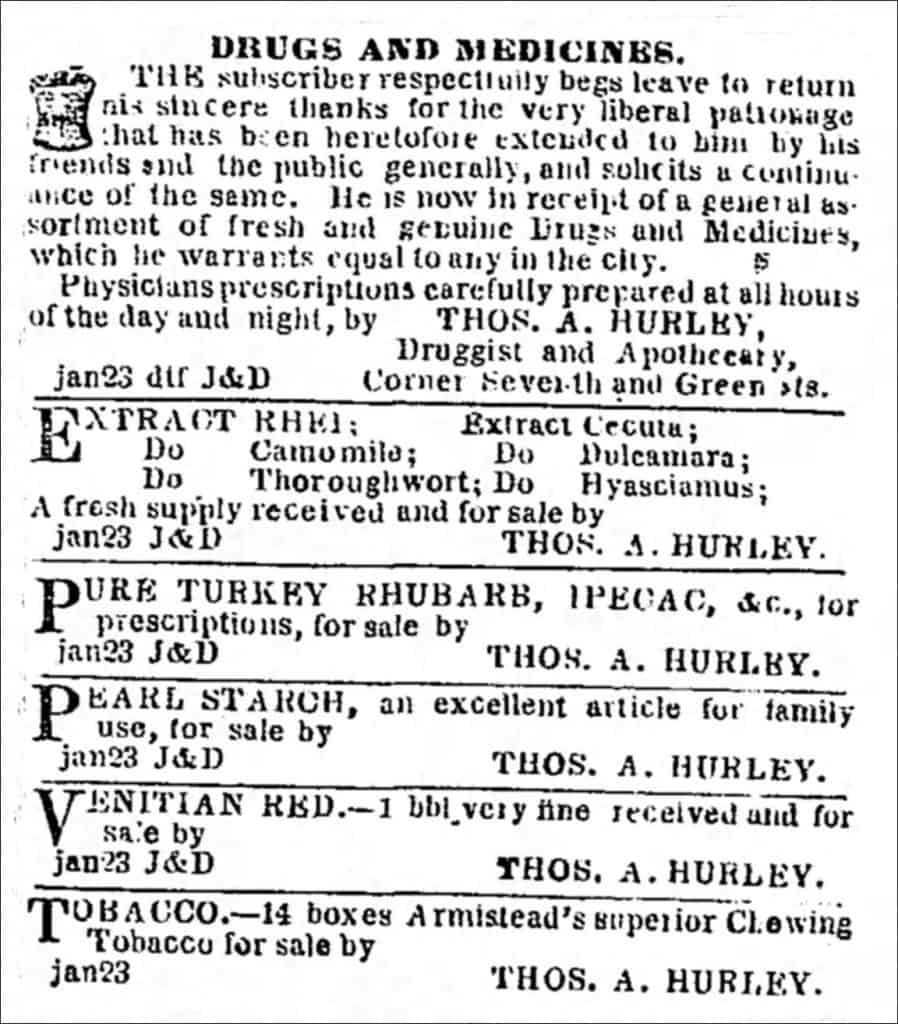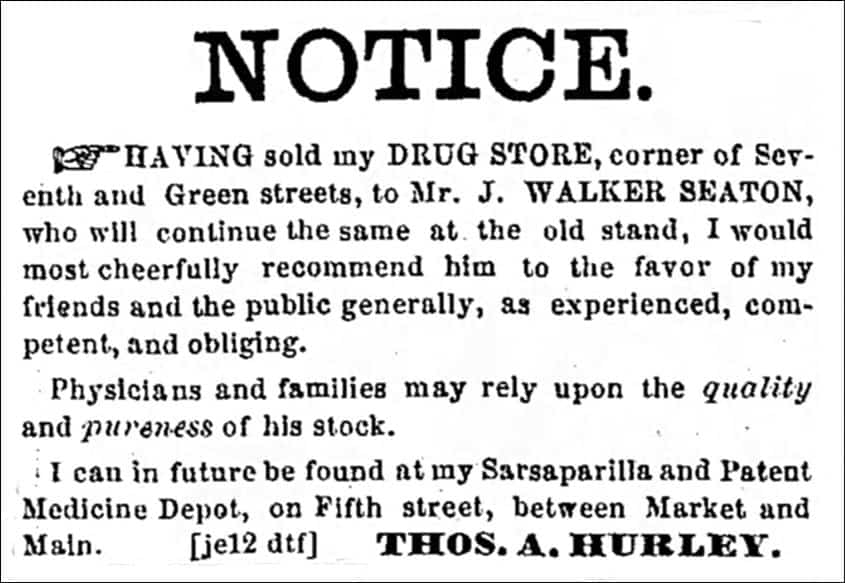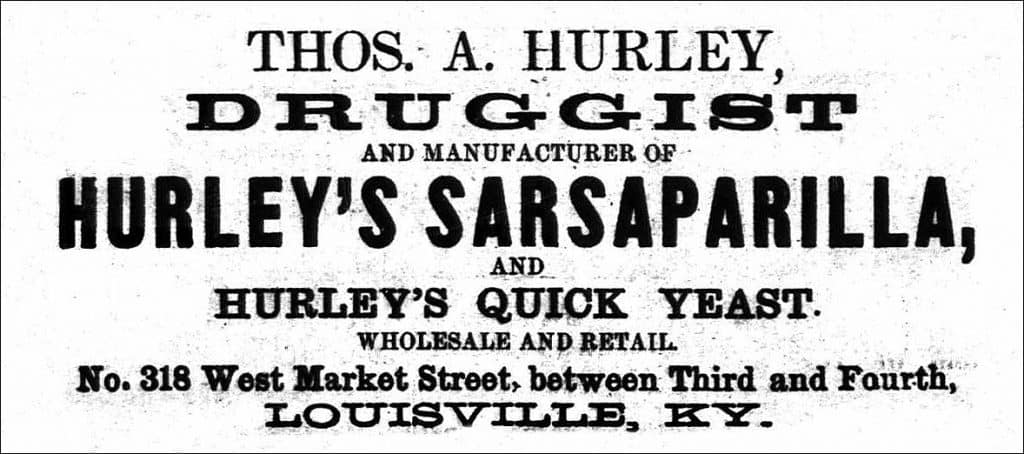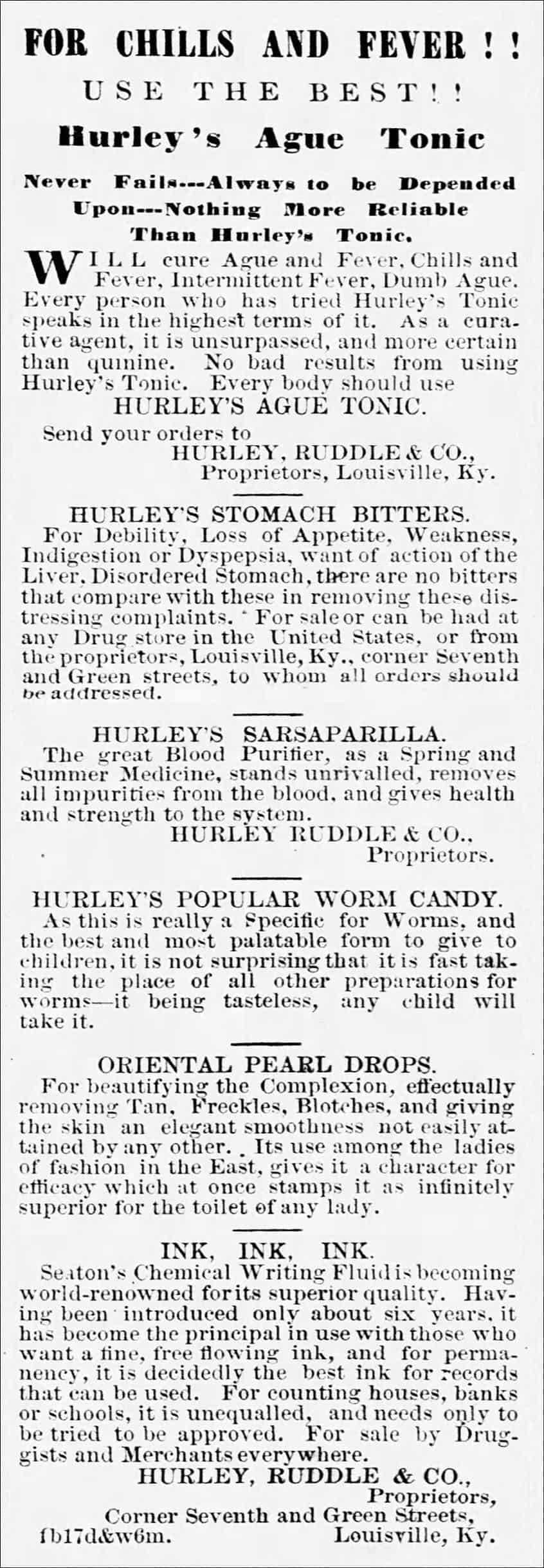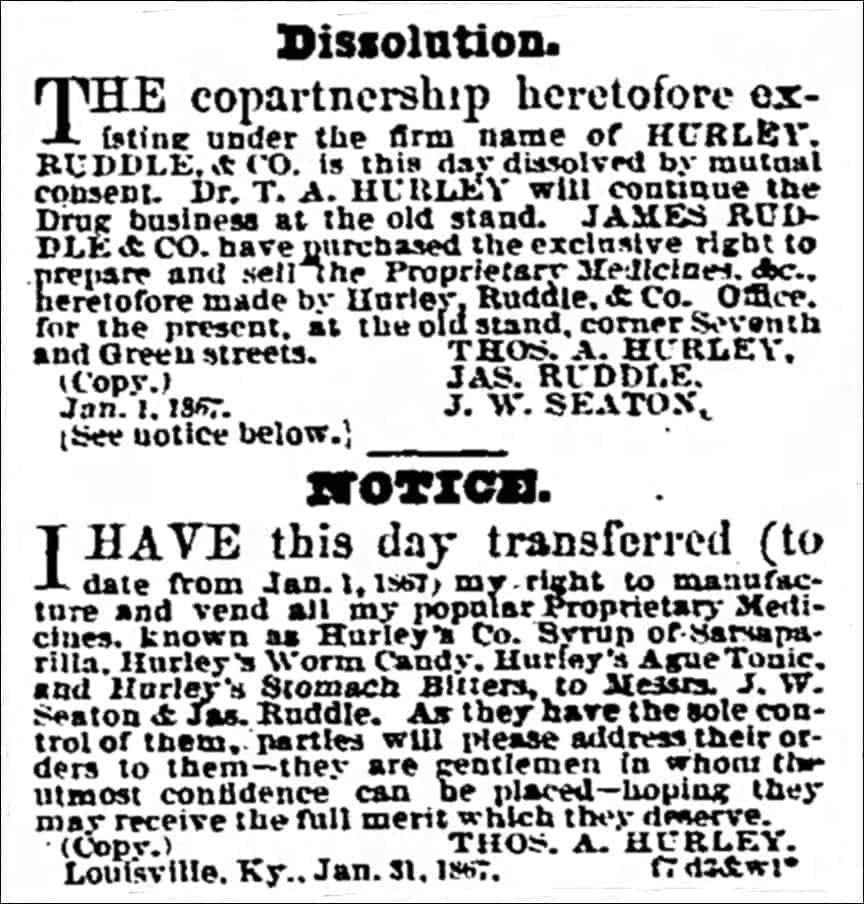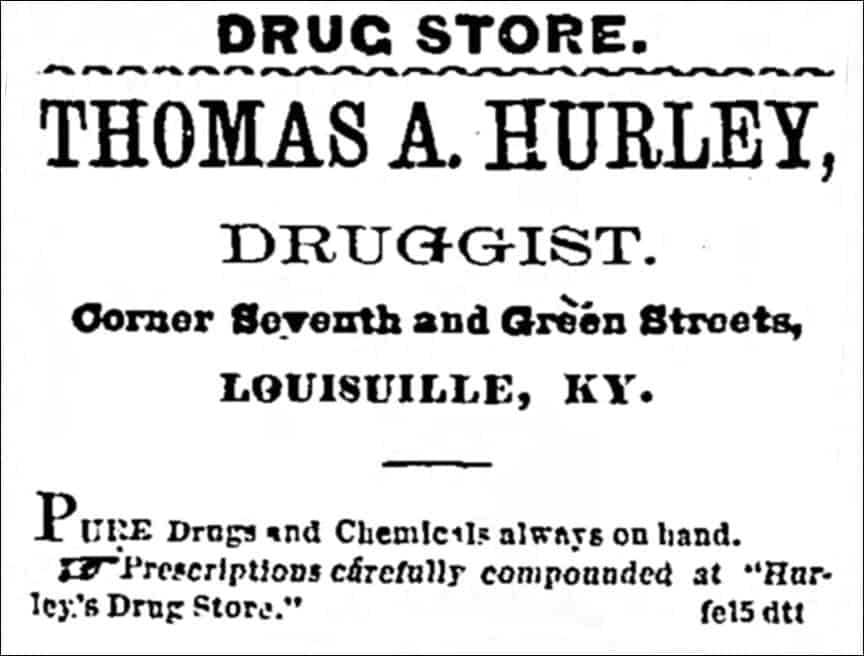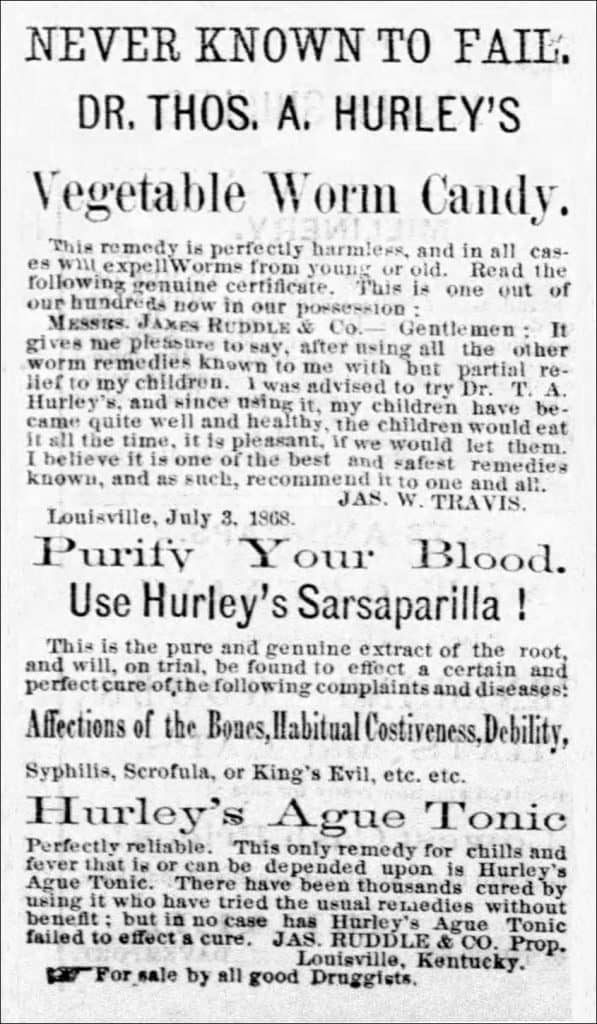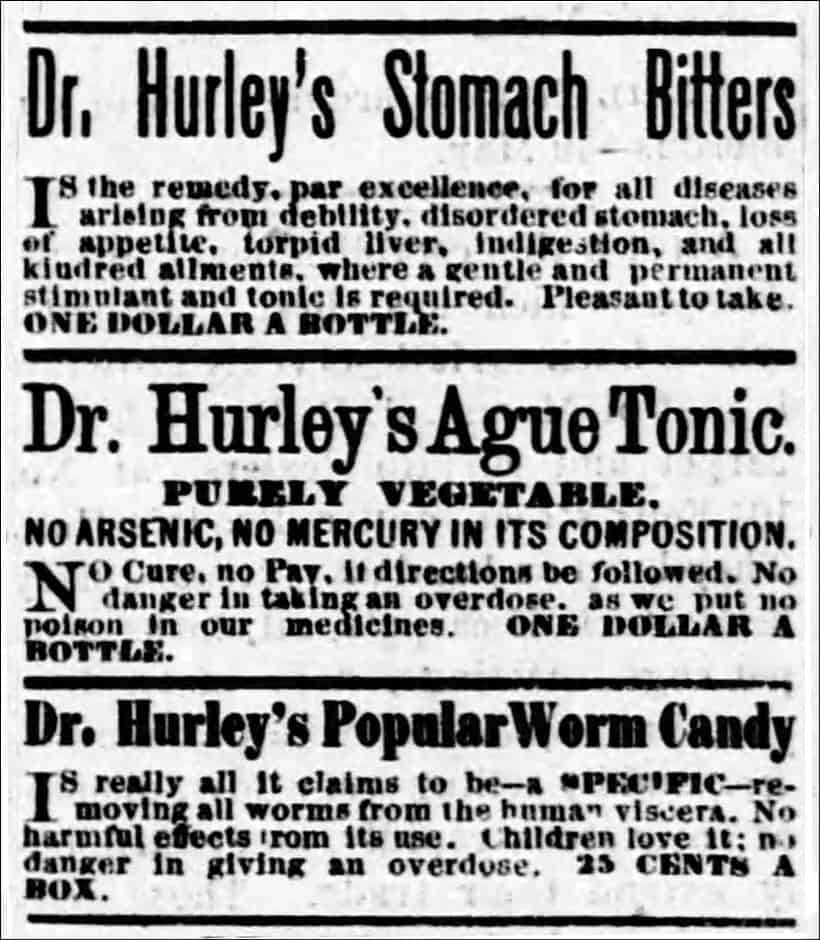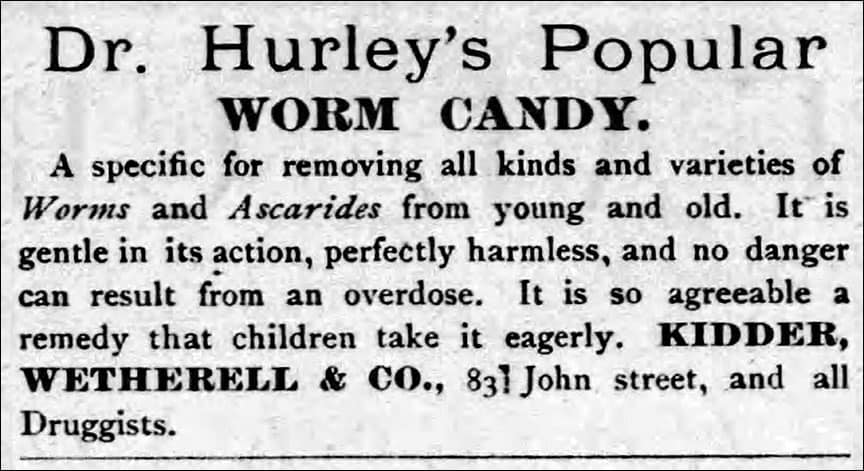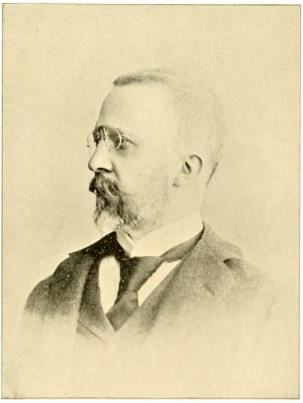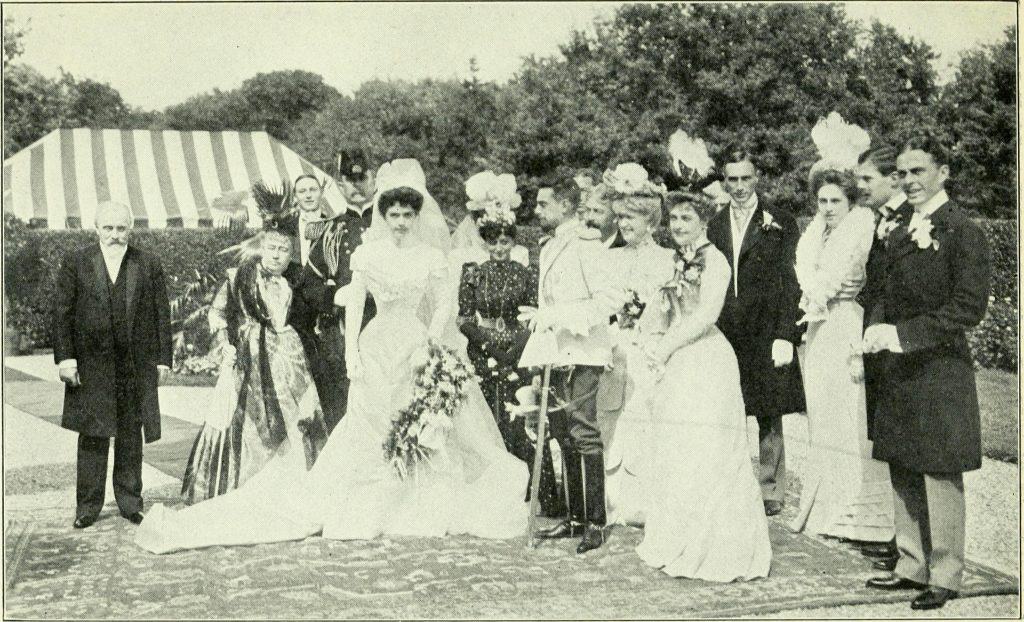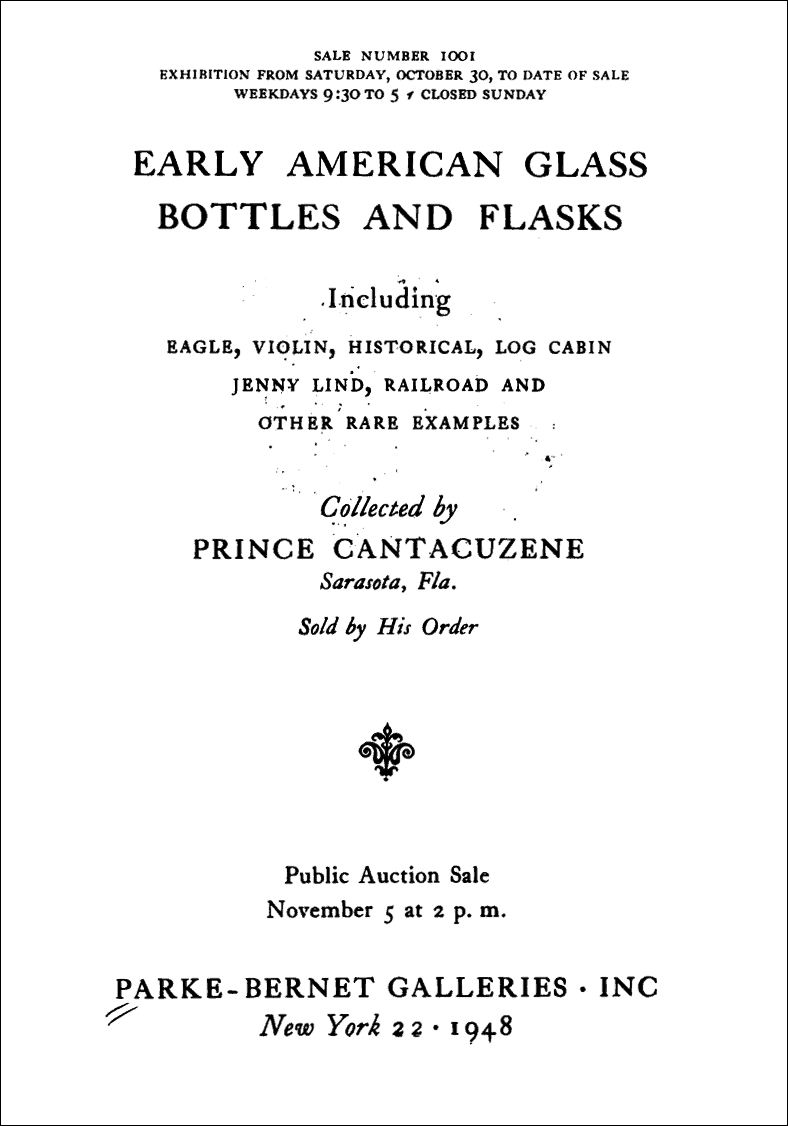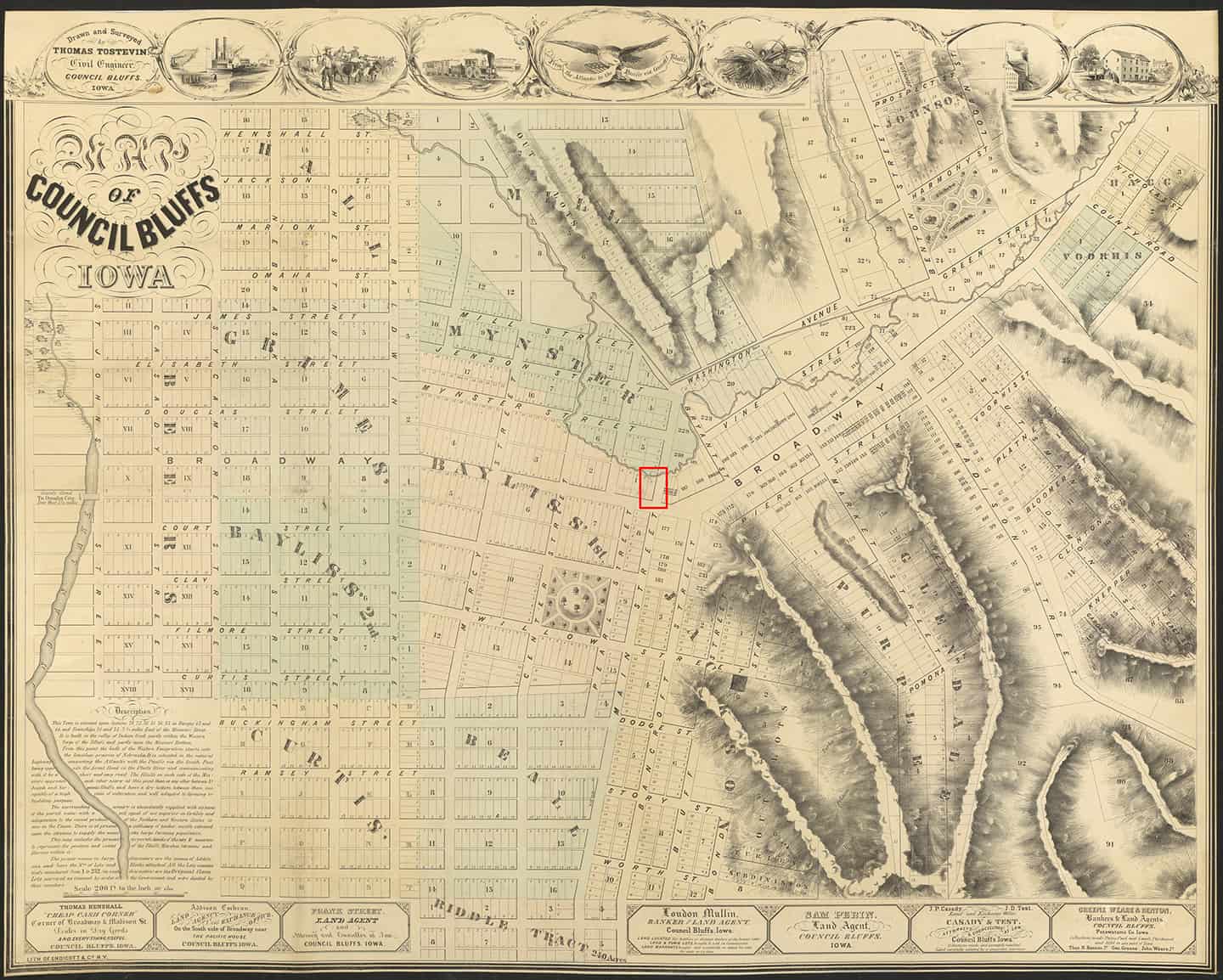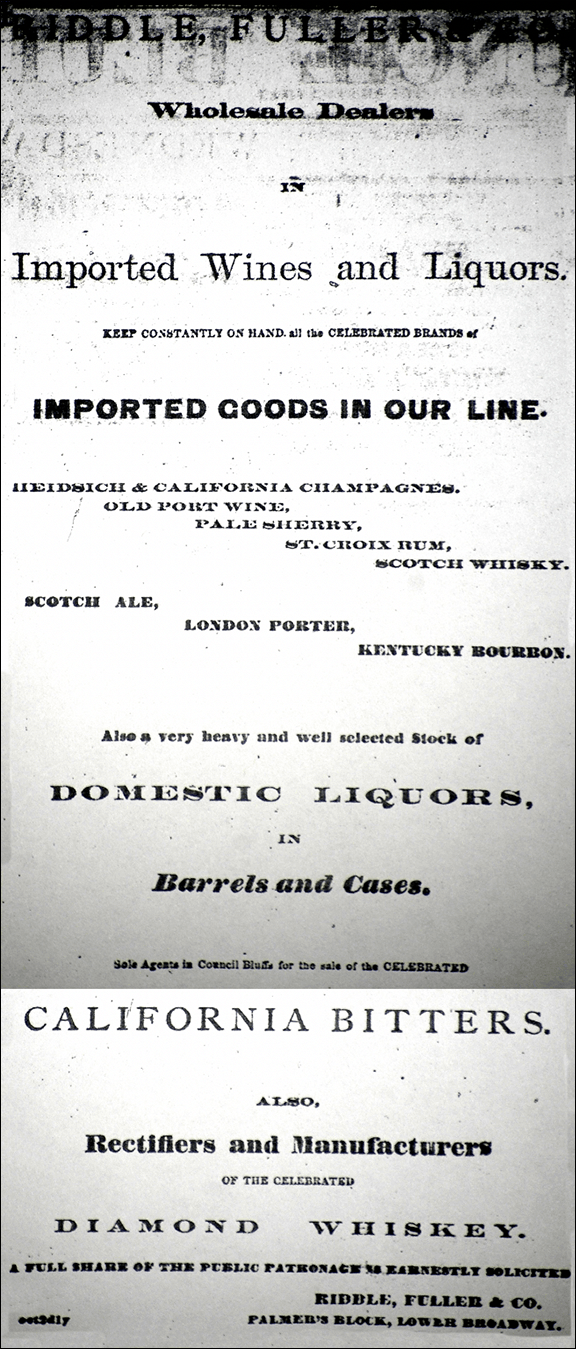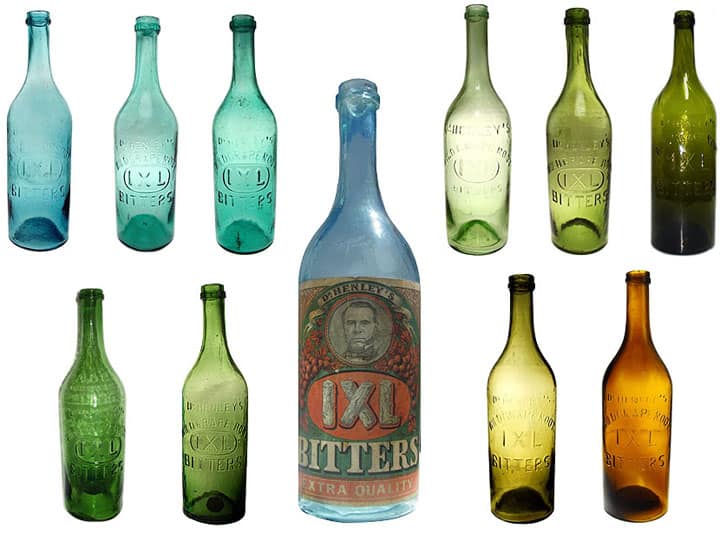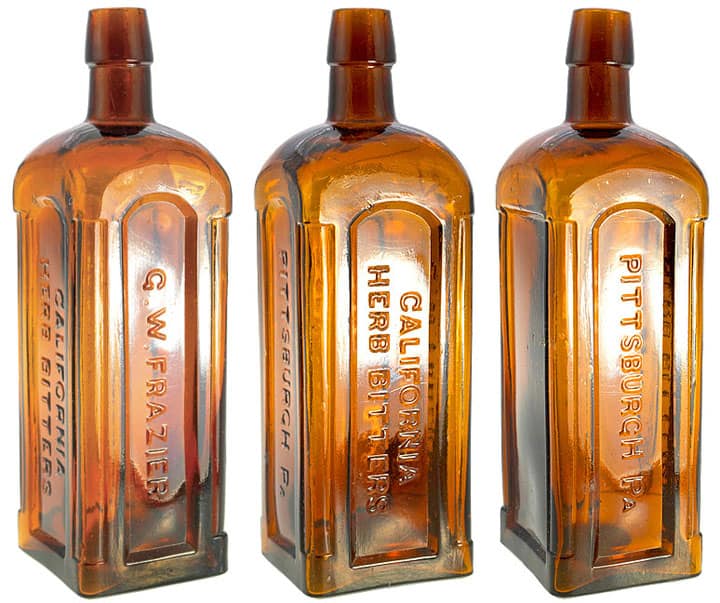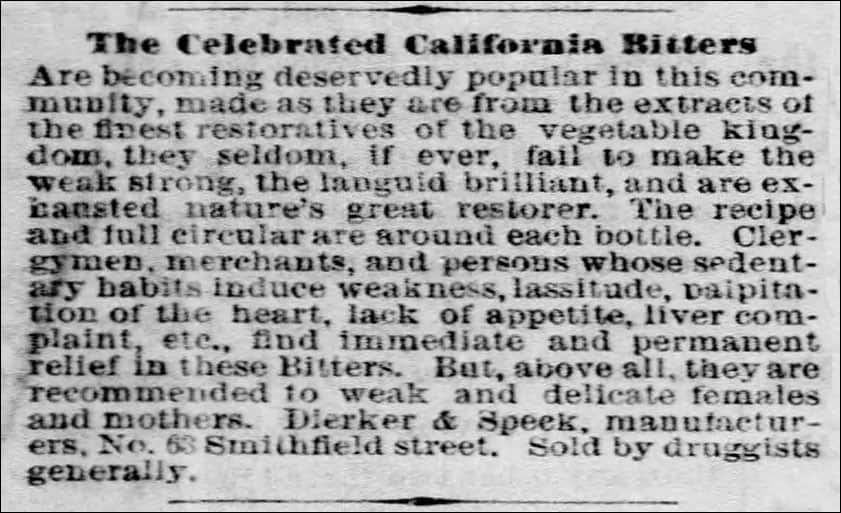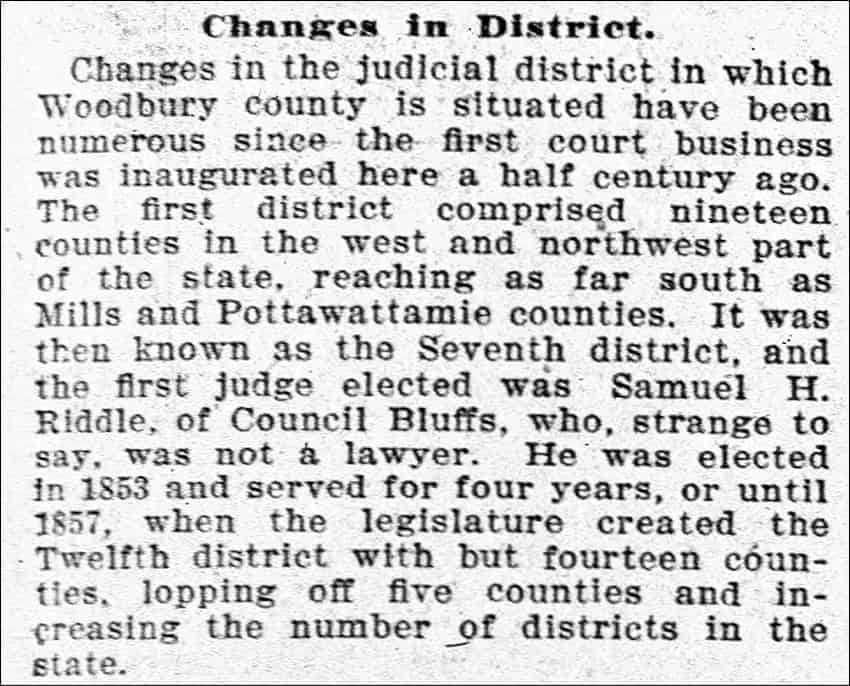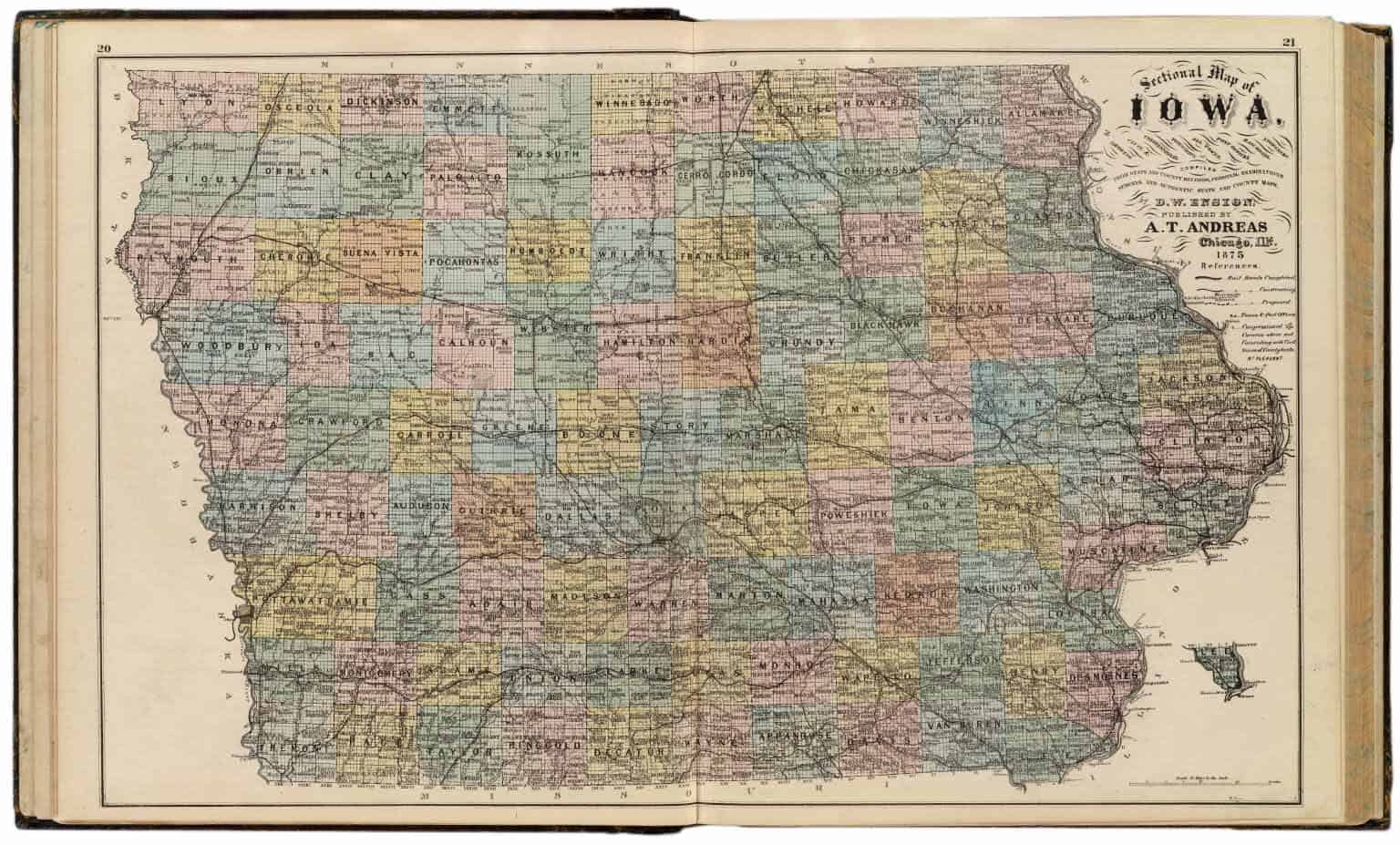
Excelsior Stomach Bitters – Drs. Ault and McGavern
St. John, Iowa
01 January 2019
 I recently received, reviewed and responded to a couple of emails and newspaper clippings from Mark Wiseman, a well-known antique bottle collector from Iowa that included advertisements from Iowa newspapers for unlisted bitters including Adler’s Celebrated Anti-Cholera Bitters and Dr. Smith’s Magic Bitters from Council Bluffs, Iowa. One ad also mentioned the Celebrated California Bitters which was a mystery.
I recently received, reviewed and responded to a couple of emails and newspaper clippings from Mark Wiseman, a well-known antique bottle collector from Iowa that included advertisements from Iowa newspapers for unlisted bitters including Adler’s Celebrated Anti-Cholera Bitters and Dr. Smith’s Magic Bitters from Council Bluffs, Iowa. One ad also mentioned the Celebrated California Bitters which was a mystery.
I am now looking at an 1867 advertisement from Mark from the Sioux City Register below for an unlisted Excelsior Stomach Bitters manufactured by Drs. Ault and McGavern in St. John, Iowa which is a small town that is not around anymore. Mark included the ad with his email and included an advertisement from the bitters agents, Smith & Moore of Sioux City, Iowa.
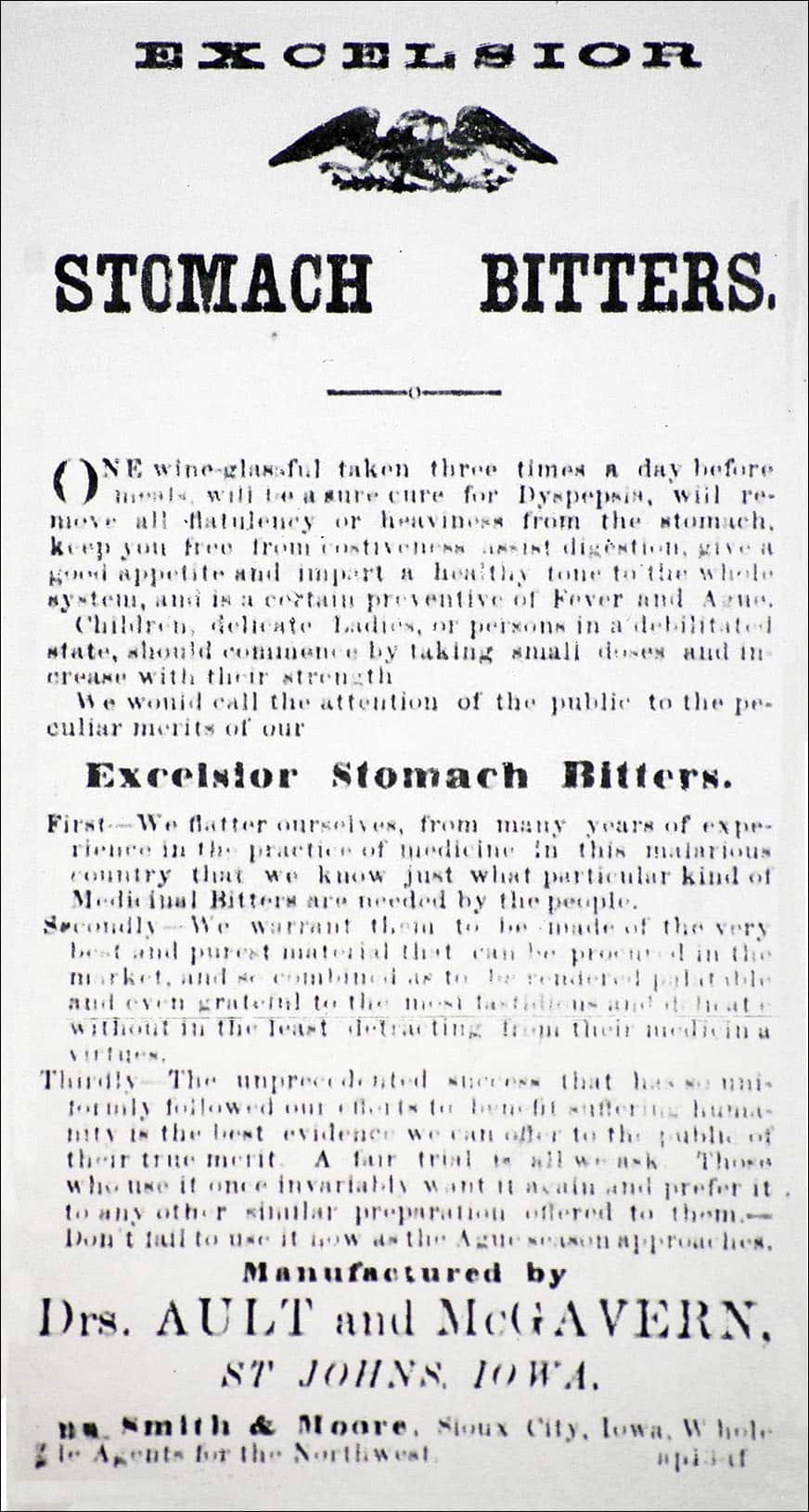
Here is Marks email:
Hi Ferdinand, first of all, I wanted to thank you for all the work you did on the bitters ads I had previously sent you. I have really enjoyed your research, on each one, and I have saved them for future use maybe in the Iowa Antique Bottleers Newsletter, if that would be OK with you in the future?
I have been looking for more bitters advertisements at the State Historical Library on microfilm that you might be interested in. I have looked and looked. Today I finally found a real teaser. It also is from 1867. The ad started on June 1, 1867 in the Sioux City Register newspaper. It is for “Excelsior Stomach Bitters” Manufactured by Drs. Ault and McGavern, of St. Johns, Iowa and sold by Smith & Moore, Sioux City, Iowa. There is no St. Johns, Iowa anymore.
I do have this this initial information from the book, Abandoned Towns, Villages and Post Offices of Iowa by D. C. Mott, reprinted from the Annals of Iowa Volumes XVII & XVIII, 1930-1932.
Harrison, County, Iowa: “Saint Johns. A town in sections 27 and 28, Saint Johns Township, on the southeast side of the Boyer River and about two miles southeast of the present city of Missouri Valley. Platted in 1857 and an important town in its day. Post office, 1858-71”
(New Saint Johns. The name first applied, but only for a brief period to the present city of Missouri Valley.) (Old Saint Johns. The name applied to Saint Johns in the later years of its existence.)
I have attached three photos of the advertisement, and will follow with the first advertisement from Smith and Moore on June 9, 1866.
I hope you can have some fun with this. The Iowa 1875 Atlas had nothing.
Your Friends, Mark and Jimmy the Pup

I was able to find the following support information related to Mark’s email. I embellished the map below with graphics so to better understand the locales discussed. Just click to enlarge.
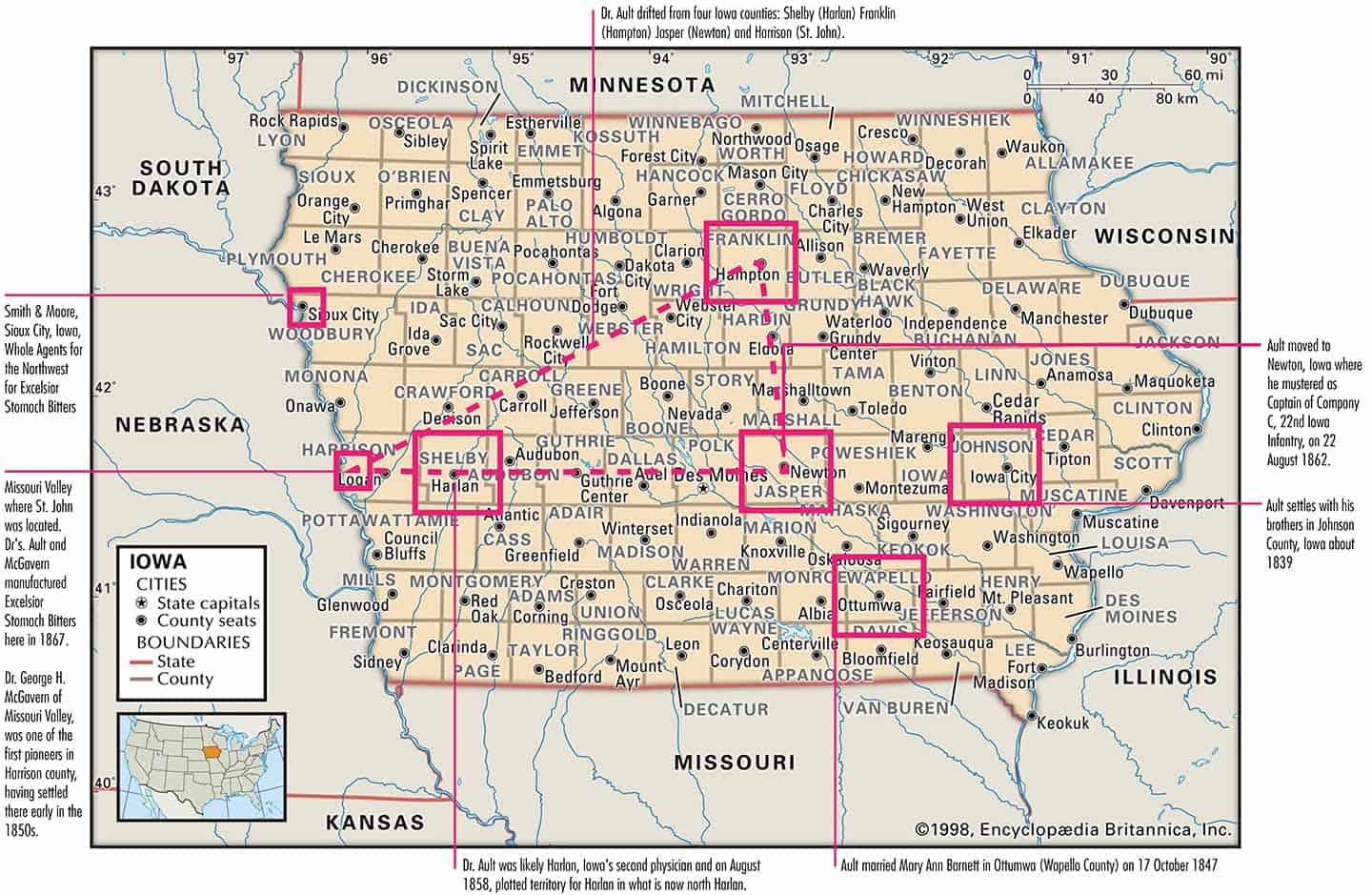
1868 History: St. John Township, Harrison County, Iowa
Missouri Valley, Harrison County, Iowa
Missouri Valley is beautifully situated at the foot of the bluffs, is one mile from the Boyer River, six miles form the Missouri and at the junction of the C. & N. W. Railroad and U. P. & S. C. Railroad. It contains one hundred dwellings. The population is about 600 hundred. The freight agent, Mr. Waldo Abell, of the C. & N. W. Railroad Company, informed me that during the winter months of 1867 and 1868, the net income of this office was $35,000 per month. The township now has six school houses, in each of which are taught from six to nine months of school.
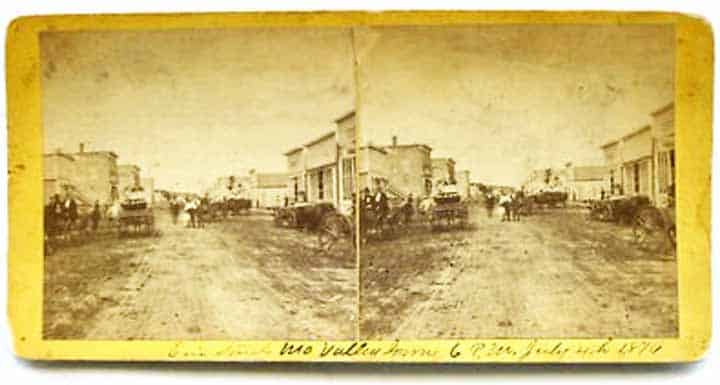
Historical View of Erie Street, Missouri Valley, Iowa taken on July 4th, 1876. Photo was most likely taken by W.E. Benton who had a studio in Missouri Valley, and did Stereo Photography.
Missouri Valley Businesses
T. E. Brannen, attorney at law; P. D. Mickel, attorney at law; J. M. Riley, saddler and harness maker; H. C. Warner, wholesale and retail dealer in general merchandise; R. McGavern & Company, dealers in hardware and agricultural implements; Smith and Cogswell, carpenters and joiners; McGavern & Hull, dealers in drugs; D.A. Babcock, dealers in stoves, tinware and farming implements; J.C. Enke, plaster and brick layer; McBride & Birchard, druggists; L. S. Snyder & Company, dealers in stoves, tinware and hardware.
Here is a newspaper advertisement below from 1867 from the Sioux City Register noting that Sharpe & Clark were architects and builders in St. John, Iowa in 1867, the same year as the bitters ad.
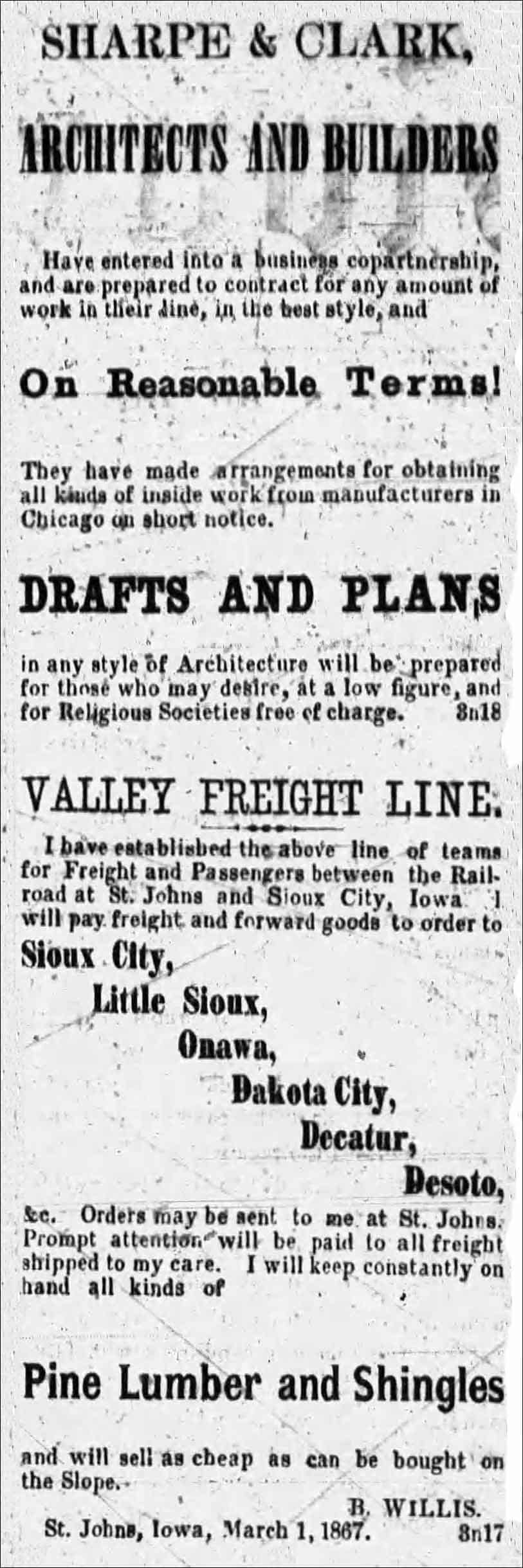
St. John Township, Iowa
According to the Iowa State Gazetteer: St. John is situated in the southern part of the county, six miles from the Missouri River. It has one general store. Population 30.
St. John was located in Missouri Valley, Harrison County, Iowa pretty much across the river and due east from Omaha, Nebraska.
Harrison County was organized in 1853, and from that period up until 1857, the south part of the county constituted a precinct for voting purposes, and held elections at Harris Grove. In the summer of 1857, the township of St. John was organized.
In 1851, Mr. William Dakan, an enterprising farmer, settled here. It was again two years before any additions were made to the number of these enterprising men. This year (1853), William Spencer, John Deal, John Hatcher, Champion Frazier and others settled here and commenced preparing farms.
In the fall of 1857, a company was organized consisting of Robert and George McGavern, John Deal, G. H. Cotton, E.W. Bennett, Noah Harris, P. J. Purple and James A. Jackson. The company was organized the 27th day of August, by selecting Robert McGavern, president; E.W. Bennett, secretary. The object of this company was to lay off and build up a town; consequently, the town of St. John was laid out, and building immediately commenced.
Harvey & Woodruff opened a store that fall and Jacob Preston opened a hotel which he called the Boyer Valley House, and soon sold out to Jacob Fulton. A school house and some dwellings were built the same season. The winter not being favorable, improvements now ceased until spring, when there was a general waking up all over the township, and improvements went ahead. This year the town built a school house, the best then in the county. Thus improvements went on until wildcat banks failed all over the country, ruining a great many good business men, and casting its blight on old and new towns.
But railroads build towns, and in 1867 the cars made their appearance one mile northwest from St. John, the New St. John was laid off; since, however, the name has been changed.
Adam Thompson Ault
Adam Thompson Ault was born on August 20, 1822 in Clark County, Ohio. Ault, a physician by trade, was the son of Jacob Ault and Elizabeth Moler. He settled with his family in Johnson County, Iowa about 1839. He eventually moved to Shelby and Harrison County, in the western area of the state and partnered with George Henry McGavern to manufacture Excelsior Stomach Bitters for a very short period of time.
Ault married Mary Ann Barnett in Ottumwa (Wapello County), Iowa on 17 October 1847. They had at least four children: Mary C. (1849-Wapello County), Lily Dale (1855-Harlan), Harvey J. (1858-Harlan) and Frank A. (1859-Harlan). He was the brother of Margaret Emily, Emery and Eliza Jane Ault.
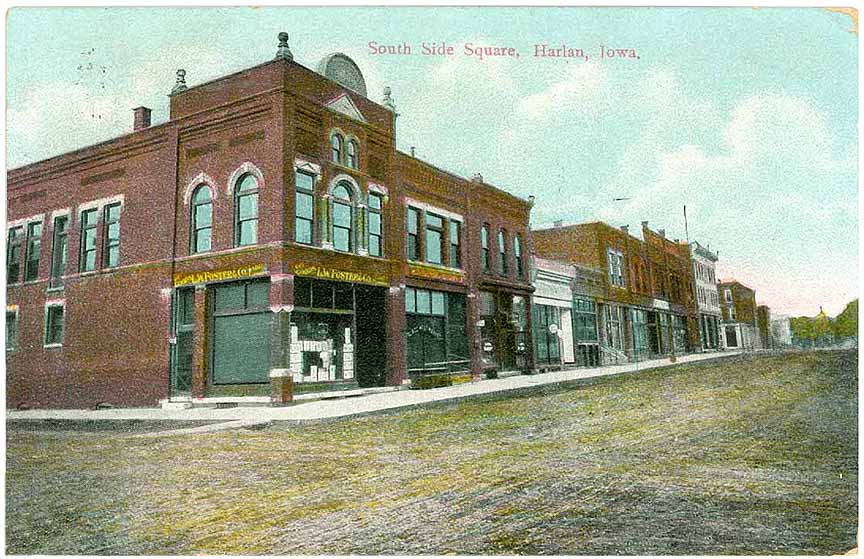
The Iowa State Historical Society noted in the History of Franklin County, Iowa, that a Dr. A. T. Ault, in 1855-56, was named a commissioner to select a seat of government for Franklin County.
Dr. Ault was one of Harlan, Iowas’s first doctors and on August 1858, Ault plotted territory for Harlan. Harlan was named for one of Iowa’s early U.S. Senators, James Harlan. Harlan was designated the county seat in 1859. The town was incorporated on May 2, 1879. Harlan was also very close to St. John, Iowa which was also in its infancy.
Looking at various federal and state census records, Ault shows up in at least four Iowa counties: Shelby (Harlan), Franklin (Hampton), Jasper (Newton) and Harrison (Missouri Valley – St. John) where the Excelsior Stomach Bitters was made. He also could have been a land agent according to some references as Ault is listed in court records as the defendant in what appears to be several lot disputes. Interesting to note, a trip by horse was estimated to cover 20 – 40 miles per day so it is plausible he often traveled back and forth between the counties in his concern.
In 1860, Ault, 38, and James M. Long built the first Courthouse at the corner of Court and Seventh Street in Harlan. Later, Dr. Ault, with A. L. Hasvey and L. W. Woodruff, kept a small general merchandise store that could be pictured below. On September 4, 1858, Ault called to order the first meeting of the Shelby County Agricultural Society (the precurser to the Shelby County Fair Board).
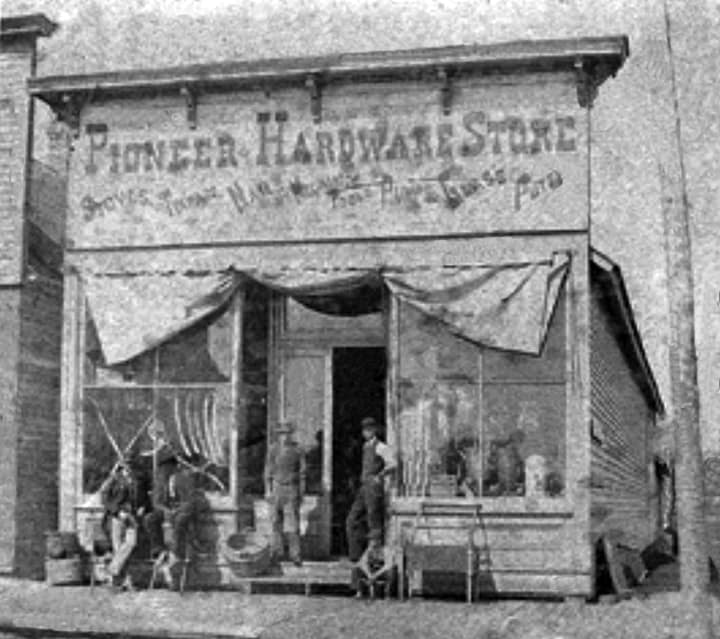
Dr. Ault would then muster as a Union Captain of Company C, 22nd Iowa Infantry, on 22 August 1862 in Newton, Iowa. He became badly ill during the Siege of Vicksburg, and resigned his commission on 8 August 1863.
Looking at 1866 tax records, we see that Dr. Ault would purchase a Manufacturer license for $10. This was probably for his bitters as it was in 1867 that we see Drs. Ault and McGavern in St. John, Iowa, manufacturing Excelsior Stomach Bitters. The new drug concern, Smith & Moore (B.F. Smith and M.F. Moore) in Sioux City, Iowa were noted as the sole agents for the Northwest covering Iowa, Nebraska and Dakota. They had just opened a new drug store and were selling “Pure, Fresh and New Drugs!”, “Popular Patent Medicines”, “Wines & Liquors (for medicinal purposes only,” and paints, oils, dye stuffs, cloth, tooth, nail, paint and varnish, brushes, trusses, supporters, shoulder-braces, hair oils, pomades, fancy soaps and toilet articles. Their terms stated that they would taake greenbacks, gold dust urchin, in small quantities.
Dr. Ault lived his later years in Hannibal, Missouri and Arkansas after the Civil War. In his 1881 pension application, in which he claimed he was totally disabled from his wartime illness, he described himself as 5′ 10″ tall, with dark hair and blue eyes.
Dr. Ault died on October 04, 1883, age 61 in Perry County, Arkansas.
Drs. George Henry McGavern and Robert McGavern
George Henry McGavern was born on March 8, 1819 in Indiana County, Pennsylvania. His brother Robert was born in May, two years later. Their parents were George McGavern (1778-1853) and Nancy J. Ewart (1782-1861). It is not known what brought the brothers, in the 1850s, to Missouri Valley in Harrison County Iowa where George Henry practiced medicine and his brother operated a hardware stored sold farm equipment. George Henry was noted as a county pioneer and an eminent physician, and the leading medical practitioner in that part of western Iowa up until the 1880s.
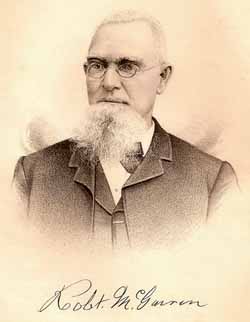
On October 15 1849, Dr. George Henry McGavern married Lucinda Fosnancht in Wyandot, Ohio. They would have seven children. He would become chairman of the first board of supervisors of Harrison county, and in 1870, he was its representative in the State Legislature.
In the fall of 1857, in Missouri Valley, Iowa, a company was organized consisting of Robert and George McGavern, John Deal, G. H. Cotton, E.W. Bennett, Noah Harris, P. J. Purple and James A. Jackson. The company was organized the 27th day of August, by selecting Robert McGavern, president; E.W. Bennett, secretary. The object of this company was to lay off and build up a town; consequently, the town of St. John was laid out, and building immediately commenced.
We see both brothers living in St John through the 1860s so one, if not both, are associated with the Excelsior Stomach Bitters.
Dr. George Henry McGavern died at the home of his daughter on the 16th of January 1895. Robert would die one year later.
The Bottle
Like many unlisted bitters that only existed in a moment of time, there are no examples of the Ault & McGavern Excelsior Stomach Bitters bottles, at least that I am aware of. The bitters was probably only made for a year, if that long.
There is however, a listing in Bitters Bottles (E 65.5) for an Excelsior Stomach Bitters with Ault & Hammer embossed on the bottle. It is square, amber, has three sunken panels and was dug on a farm in Western Iowa. I would really like to see this bottle. Obviously a huge piece to this story.
It appears that there were two druggist in Des Moines, Iowa at this time; Alfred Hammer who is reported to have opened a laboratory for manufacturing photographic chemicals in 1870 in Council Bluffs and his brother Alvin. Alvin G. Hammer was a druggist on the East side of Des Moines while his brother Alfred was a druggist on the west side of the Des Moines River.
There is also a listing in Bitters Bottles for an E 66.5 and an E 66.7 labeled Excelsior Strengthening Bitters, Des Moines Pharamacal Co. which would have been Alfred Hammer bottles.
Mark Wiseman, in a twist of irony, drives by the old Alvin G. Hammer, painted and ghosted graphics below each time he goes to the Iowa State Historical Library.
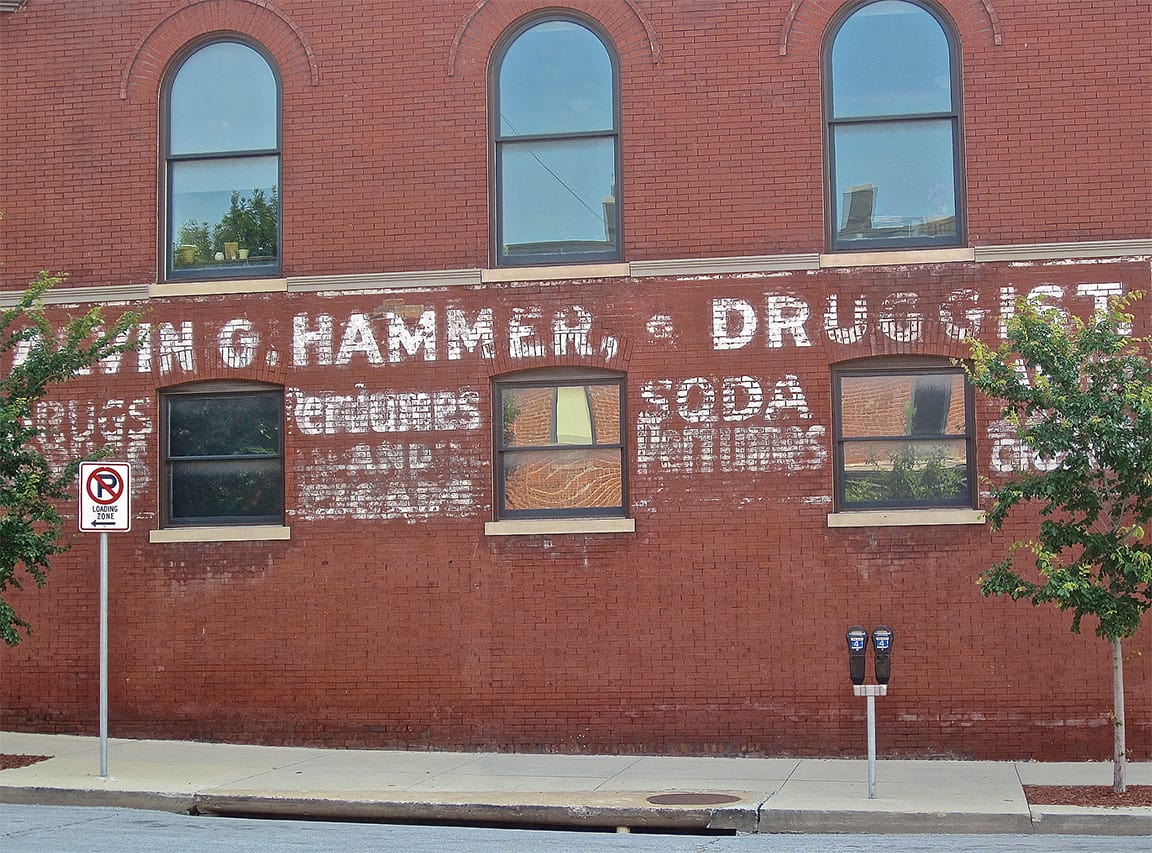
Alfred Hammer
Alvin G. Hammer and his older brother Alfred Hammer were engaged in the drug business in Des Moines. Alfred was brought to America during his infancy and was educated in the public schools of Mayville, Wisconsin, until 1866, when he took up the study of chemistry at Milwaukee under Gustavus Bode, state chemist. In 1870, he came to Iowa, settling in Council Bluffs, where he established a chemical laboratory and began the manufacture of photographer’s chemicals and also the reduction of gold and silver in conjunction with the conduct of a drug store. In 1872 he disposed of his business there to his partner and came to Des Moines, where he accepted a position with Dr. William Baker, then the oldest druggist in Des Moines, with whom he continued for two years. In 1874 he established a business of his own at the southeast corner of Court avenue and Second street, in a building vacated by George M. Hippee & Company, druggists.
[Western Druggist, Volume 14, 1892]
Mr. Alfred Hammer (pictured), who has been in the drug business here in Des Moines for over twenty-five years, has just returned from the far West, where he spent several months. True to the instincts of his craft, he visited drug stores everywhere he went, and, in an interview graciously accorded the writer, related many interesting things concerning the same.
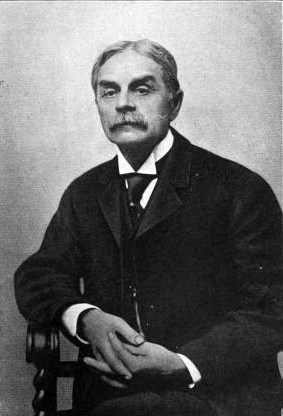
At Salt Lake City he saw and was entertained by Charles Lewis, formerly of this city. Mr. Lewis is doing well. At Portland he met Dr. Plumber, a prominent and wealthy wholesaler, who made a tour of the retail stores with him, and there are many fine ones in that thrifty city. The finest store he saw was in Oakland—says, indeed, that “there is not a single cheap Jim Crow drug store in that city.” No more was there in Victoria or Vancouver. But his account of a visit to a Chinese drug store in San Francisco was the most entertaining of all. He entered this ridiculous store—size about 16×20—bearing a letter of introduction to the proprietor, which same letter was written in Chinese. Not one single feature of the conventional American drug store was visible to Mr. Hammer as he gazed around this dismal room, although he wore his glasses. One side was all drawers clear up to the ceiling, but not one of them was labeled. He did finally get sight of an old army scale. The proprietor showed him various drugs, such as horrid dried snakes and a lot of nasty dried lizards—big ones. These, he said, were given to cure fits, and both were very salable. He next showed Mr. Hammer some pieces of ginseng root brought from China, costing him $50.00 an ounce. The ginseng, he said, was used as a charm, and he kept it very carefully; indeed, he took it out of a box which was inside of a box, and that box within yet another. In the back room was a fellow at work with a wooden mallet pounding and flattening out roots on a sort of butcher block. There were no mortars, no graduates, no bottles or glassware, and no liquids in any form whatever on the premises. Everything was dry, even to the little dried-up Mongolian who operated the ranch. It seems they fill no prescriptions. Doctors carry their own medicines with them buying their supplies of dry medicines either off him or at the other place, for there is one other similar establishment in the city. The proprietor asked Mr. Hammer, as he bid him good-by, if Americans made any money at the business? The reply must have been very satisfactory indeed, for Mr. H. assured him, with a broad smile, that “some did and some didn’t.”
Illustrative of the truths contained in a statement made in a previous letter to the effect that drug stores were fast becoming general information bureaus. Mr. Hammer told me that he never once in all his travels, asked information from a policeman; he invariably went into a drug store with his questions.
There is also a listing in Bitters Bottles (E 63) for an Excelsior Bitters with no name embossed or associated with the bottle. The book notes, “Distributor unknown, but specimens found in the West.” Jim Hagenbuch with Glass Works Auctions, auctioned off an example a few years back.
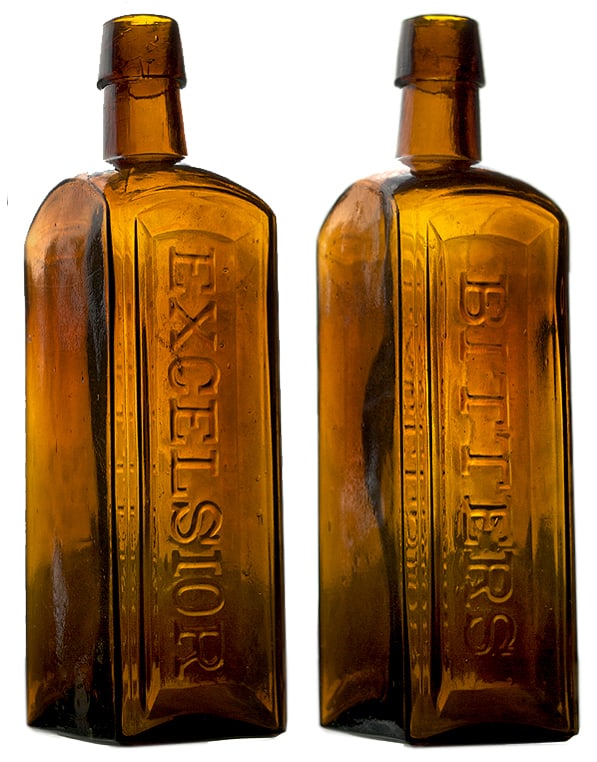
Read More on Iowa Bitters:
Dandelion & Wild Cherry Bitters – Farmersburg and McGregor, Iowa
Looking at Severa’s Stomach Bitters from Cedar Rapids, Iowa
Could the Doctor John Russ Wormwood Stomach Bitters be from Iowa?
Dr. Von Hopf’s Curacoa or Curaco (or Curacao) Bitters
Select Listings:
1819: George Henry McGavern, Birth Date: 8 March 1819, Birth Place: Indiana County, Pennsylvania – U.S., Find A Grave Index, 1600s-Current
1822: Capt Adam Thompson Ault, Birth Date: 20 August 1822, Birth Place: Clark County, Ohio – U.S., Find A Grave Index, 1600s-Current
1848: Adam T. Ault, Marriage Date: 17 October 1848, Marriage Place: Wapello County, Iowa, Spouse: Mary Ann Barnett – Iowa, Select Marriages Index, 1758-1996
1849: Marriage George Henry McGavern to Lucinda Fosnancht, 15 October 1849, Marriage Place: Wyandot, Ohio – Ohio, County Marriage Records, 1774-1993
1850: Adam T Ault, Physician, Age: 29, Birth Year: abt 1821, Birthplace: Virginia, Home in 1850: District 13, Wapello, Iowa, Family Number: 502, Household Members: Peter Barnett 47, Sarah M Barnett 39, Thomas Barnett 12, William B Barnett 5, Taylor P Barnett 1, Adam T Ault 29, Mary A Ault 19, Mary C Ault 1, Sarah I Cochran 15, David E Hall 16 – 1850 United States Federal Census
1850: G H McGavern, Age: 31, Birth Year: abt 1819, Birthplace: Pennsylvania, Home in 1850: Harrison, Logan, Ohio, Family Number: 94, Household Members: Owen Sullivan 30, Mary Sullivan 30, Mary Sullivan 3, Timothy Sullivan 1, Philip Carter 19, David Thelin 25, Cornelius Sullivan 21, G H McGavern 31, Lucinda McGavern 22, John Milson 21, Hiram Krouse 18 – 1850 United States Federal Census
1856: A T Ault, Age: 33, Birth Year: abt 1823, Birth Place: Ohio, Residence Date: 1856, Residence Place: Newton, Jasper, Iowa, Gender: Male, Marital Status: Married, Household Members: A T Ault 33, Mary An Ault 24, Mary E Ault 7, Lily D Ault 1 – Iowa, State Census Collection, 1836-1925
1857: In the summer of 1857, the township of St. John was organized.
1860: George Henry McGavern, Physician, Age: 40, Birth Year: abt 1820, Birth Place: Pennsylvania, Home in 1860: St. John, Harrison, Iowa, Post Office: St John, Dwelling Number: 17, Family Number: 17, Real Estate Value: 6,000, Personal Estate Value: 1,500, Household Members: G H McGavern 40, Lucinda McGavern 30, Maria McGavern 9, Viola McGavern 7, Lenora McGavern 5, Charles W McGavern, Joseph W Reilly 30 – 1860 United States Federal Census
1860: Robert McGavern, Physician, Age: 38, Birth Year: abt 1822, Birth Place: Pennsylvania, Home in 1860: St John, Harrison, Iowa, Post Office: St John, Dwelling Number: 42, Family Number: 42, Occupation: Physician, Real Estate Value: 13000, Personal Estate Value: 3000, Household Members: Robert McGavern 38, Elizabeth R McGavern 33, James K McGavern 13, George W McGavern 11, Mary E McGavern 7, Samuel Myres 19, Stephen Furman 21, Nancy McGavern 79 – 1860 United States Federal Census
1860: Adam T Ault, Age: 38, Birth Year: abt 1822, Birth Place: Ohio, Residence Place: Harlan, Shelby, Iowa, Household Members: Adam I Ault 38, Mary A Ault 28, Mary C Ault 10, Lily Dale Ault 5, Harvey J Ault 2, Frank A Ault 7/12 – Iowa, State Census Collection, 1836-1925
1862: Adam T Ault, Iowa, Age at Enlistment: 40, Enlistment Date: 2 Aug 1862, Rank at enlistment: Captain, State Served: Iowa, Survived the War?: Yes, Service Record: Commissioned an officer in Company C, Iowa 22nd Infantry Regiment on 10 Sep 1862. Mustered out on 08 Aug 1863, Birth Date: abt 1822 – Roster & Record of Iowa Soldiers in the War of RebellionNational Archives: Index to Federal Pension Records
1865: George McGavern, St. John – Iowa State Gazetteer, 1865
1866: A.T. Ault 1866 Annual IRS Tax List; District 4, Division 6, Newton, A.T. Ault Income, $153 (3% $7.75, Carriage (worth $50) $1, Gold Watch $1, then a separate line for Ault & Co. Manufacturer, Peddler 1st Class $50 License, Manufacturer license $10. – 1866 Annual IRS Tax List
1867: Newspaper advertisement (above) Excelsior Stomach Bitters – Drs. Ault and McGavern – St. Johns, Iowa, Smith & Moore, Sioux City, Iowa, Whole Agents for the Northwest – The Sioux City Register, (Starts June 1, 1867) July 20, 1867
1868: Missouri Valley Businesses: R. McGavern & Company, dealers in hardware and agricultural implements; McGavern & Hull, dealers in drugs (probably George Henry McGavern) – 1868 History: St. John Township, Harrison County, Iowa
1870: Adam T. Ault, Physician, Age in 1870: 51, Birth Year: abt 1819, Birthplace: Ohio,Dwelling Number: 146, Home in 1870: Hannibal, Marion, Missouri, Personal Estate Value: 1,600, Real Estate Value: 8,500, Inferred Spouse: Mary Ann Ault, Household Members: Adam T Ault 51, Mary Ann Ault 39, Lillie D Ault 15, Harvey I Ault 12, Frank Ault 9 – 1870 United States Federal Census
1870: Robt McGavern, Farmer and Hardware Merchant, Age in 1870: 48, Birth Year: abt 1822, Birthplace: Pennsylvania, Dwelling Number: 166, Home in 1870: St John, Harrison, Iowa, Father of Foreign Birth: Yes, Mother of Foreign Birth: Yes, Personal Estate Value: 10,600, Real Estate Value: 53,000, Inferred Spouse: Elisabeth R McGavern, Inferred Children: G W McGavern, Mary E McGavern, John S McGavern, Seymour McGavern, Household Members: Robt McGavern 48, Elisabeth R McGavern 43, G W McGavern 21, Mary E McGavern 16, John S Mcgavern 9, Seymour McGavern 6 – 1870 United States Federal Census
1871: Dr. George H. McGavern, Dr. Robert McGavern – Index to the 1971 Centennial
for Missouri Valley, Harrison County, Iowa
1875: Legal: Reports of Cases in Law and Equity, Determined in the Supreme Court of the State of Iowa, Volume 45
Monday, December 11. The plaintiff, for the use of the school fnnd, claims of the defendant, S. J. McBride, the sum of two thousand dollars, on account of various alleged sales of intoxicating liquors to a minor, and to persons in the habit of becoming intoxicated, during the year 1875.
No personal judgment is asked against the defendant, McGavern, but it is alleged that during the time of the sales he owned the building in which the sales were made, and he is made a party for the purpose of establishing a lien upon the building for any judgment recovered against McBride. The jury returned a verdict for plaintiff for $400.
They also found specially that the defendant, S. J. McBride, did sell or give away intoxicating liquors in the drug store occupied by him, in Missouri Valley, Harrison county, Iowa, with the knowledge and consent of Geo. H. McGavern.
The court rendered judgment against the defendant, S. J. McBride, for the sum of $400 and costs, and declared that the judgment be a lien upon the building in which the sale was made. The defendants appeal.
Michel dfc Brown and W. S. Shoemaker, for appellants.
No argument for appellee.
Day, J.—I. As the appeal of the defendant, McGavern, presents for our consideration distinct questions, which have no connection with the question of the liability of the defendant, McBride, we will, in the first place, consider such questions as affect McGavern alone; and, in the second place, such as affect McBride alone, or both defendants together.
1. The defendant, McGavern, owns the building in which the alleged unlawful sale was made. Section 1558 of the I Iktoxica- Code provides that all judgments of any kind saieGtoqmTM: rendered against any person, for any violation of upon the the provisions of the chapter relating to intoxicapiemises. ting liqllorS, shall be a lien upon the premises and property occupied and used for the unlawful purpose, by the person manufacturing or selling in violation of law, with the consent and knowledge of the owner thereof. The petition in this case charges the defendant, McBride, with violating the provisions of section 1539 of the Code, in that he sold intoxicating liquors to a minor, and to persons in the habit of becoming intoxicated.
The jury found specially that S. J. McBride did sell or give away intoxicating liquor in the drug store occupied by him in Missouri Valley, Harrison county, Iowa, with the knowledge and consent of George H. McGavern. The defendants moved in arrest of judgment upon the ground that the special finding of the jury does not show that defendant, McGavern, had any knowledge of and gave consent to the sales of intoxicating liquors testified to by the witnesses on the stand, within Cobleigh v. McBrlde the year 1875, and for which plaintiff claims forfeiture to the school fund. The action of the court in overruling this motion, as to the defendant, McGavern, is assigned as error. In our opinion, the motion in arrest of judgment should have been sustained. Simply selling or giving away intoxicating liquors, if done without permit, or for an unlawful purpose, is one offense. The selling or giving intoxicating liquors to a minor, or person intoxicated, is altogether a distinct and more aggravated offense, for which a more severe punishment is prescribed. In order that a judgment for a violation of any of the provisions of the chapter relating to intoxicating liquors may be a lien upon the premises in which the unlawful act is done, owned by a third party, such person should have knowledge of and assent to the unlawful act on account of which the judgment is recovered.
The special finding in this case does not show that McGavern had such knowledge, or that he gave such assent. It did not authorize the declaring of the judgment a lien upon his premises.
2. The court instructed the jury as follows: “18th. If you find that the defendant, Geo. H. McGavern, bought intoxicating liquor during the year 1875 of the defendant, S. J. McBride, or if he sent other persons there for that purpose, this would be such knowledge and consent on his part as would bind the building owned by him, and authorize you to find against him.” This instruction is erroneous for the reasons already considered. Even if McGavern had knowledge that McBride was selling intoxicating liquors, his property would not be liable for a judgment recovered, unless he knew McBride was selling to minors or persons in the habit of becoming intoxicated.
Several errors have been assigned by McGavern relative to the admission of testimony, which need not be considered, as the cause must, as to him, be reversed for the errors above discussed, and the same questions will not likely arise upon the re-trial.
1883: Capt Adam Thompson Ault, Death Date: 4 October 1883, Death Place: Perry, Perry County, Arkansas, Cemetery: Martindale Cemetery, Burial or Cremation Place: Pulaski County, Arkansas – U.S., Find A Grave Index, 1600s-Current
1895: George Henry McGavern, Death Date: 15 January 1895, Death Place: Missouri Valley, Harrison County, Iowa, Cemetery: Oak Grove Cemetery, Burial or Cremation Place: Missouri Valley, Harrison County, Iowa, Spouse: Rosella McGavern, Children: Elbert Guy McGavern, Infant Son McGavern, Lenora Dorr, Charles William McGavern, Nellie Cora Jordan, Robert C. McGavern, Jennie Rice, Hattie L. Sherwood – U.S., Find A Grave Index, 1600s-Current
1895: Dr. George H. McGAVERN of Missouri Valley, died at the home of his daughter on the 16th of January. He was one of the first pioneers in Harrison county, having settled there early in the “50’s.” He was an eminent physician, and the leading practitioner in that part of western Iowa for more than thirty years. He was chairman of the first board of supervisors of Harrison county, and in 1870 he was its representative in the State Legislature. He left a widow and seven children. The Doctor was widely known throughout western Iowa and highly esteemed. – Annals of Iowa, Volume 2 – Third series, issue # 1, April, 1895
![]() Bobby Conner sent me the two top-most pictures here and said, “Good morning Ferd. Here’s a bitters you may enjoy seeing. I can’t find any info on it other than Bill Steele ‘thinks’ he may have had one at one time. Enjoy.”
Bobby Conner sent me the two top-most pictures here and said, “Good morning Ferd. Here’s a bitters you may enjoy seeing. I can’t find any info on it other than Bill Steele ‘thinks’ he may have had one at one time. Enjoy.”
